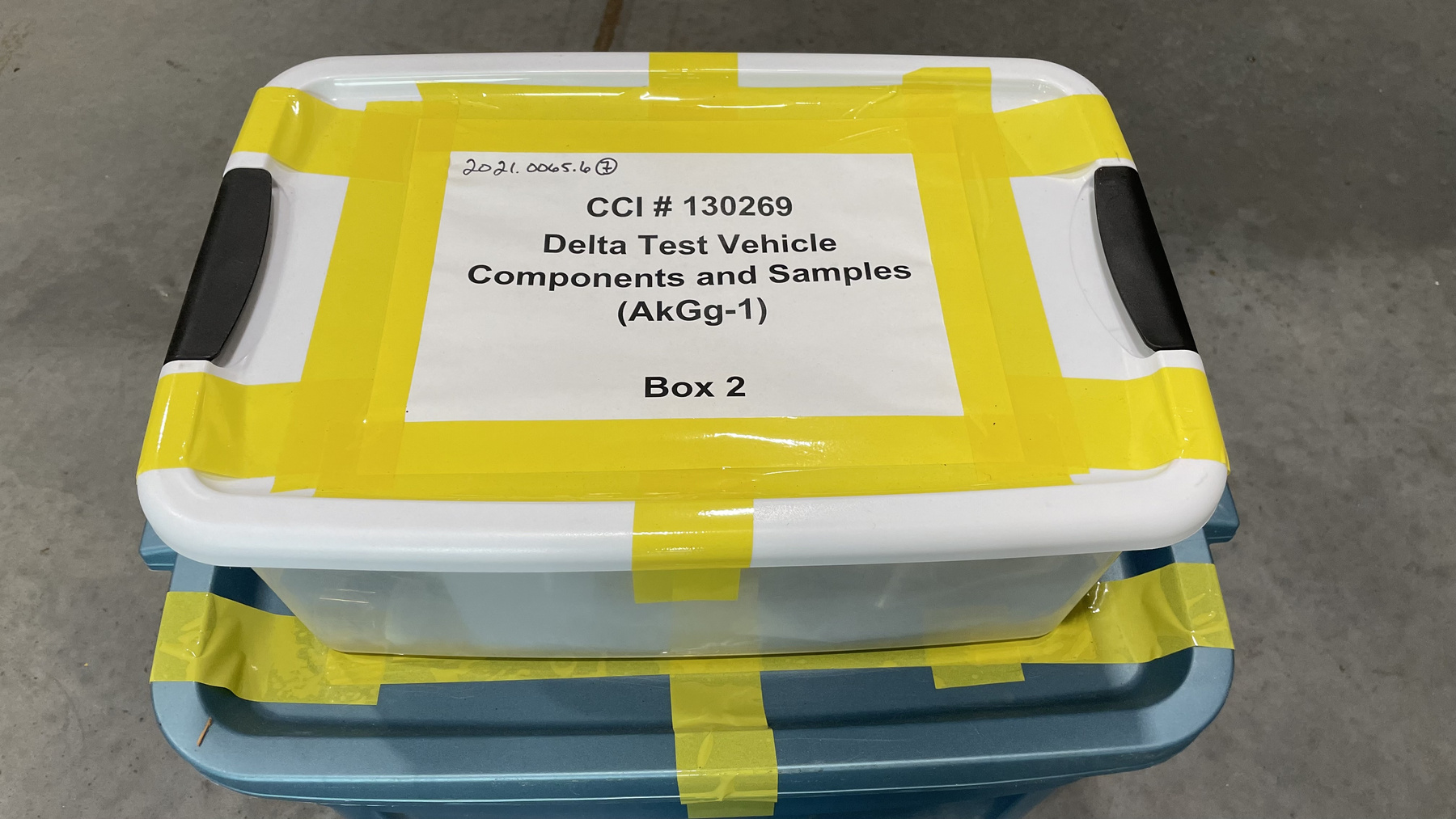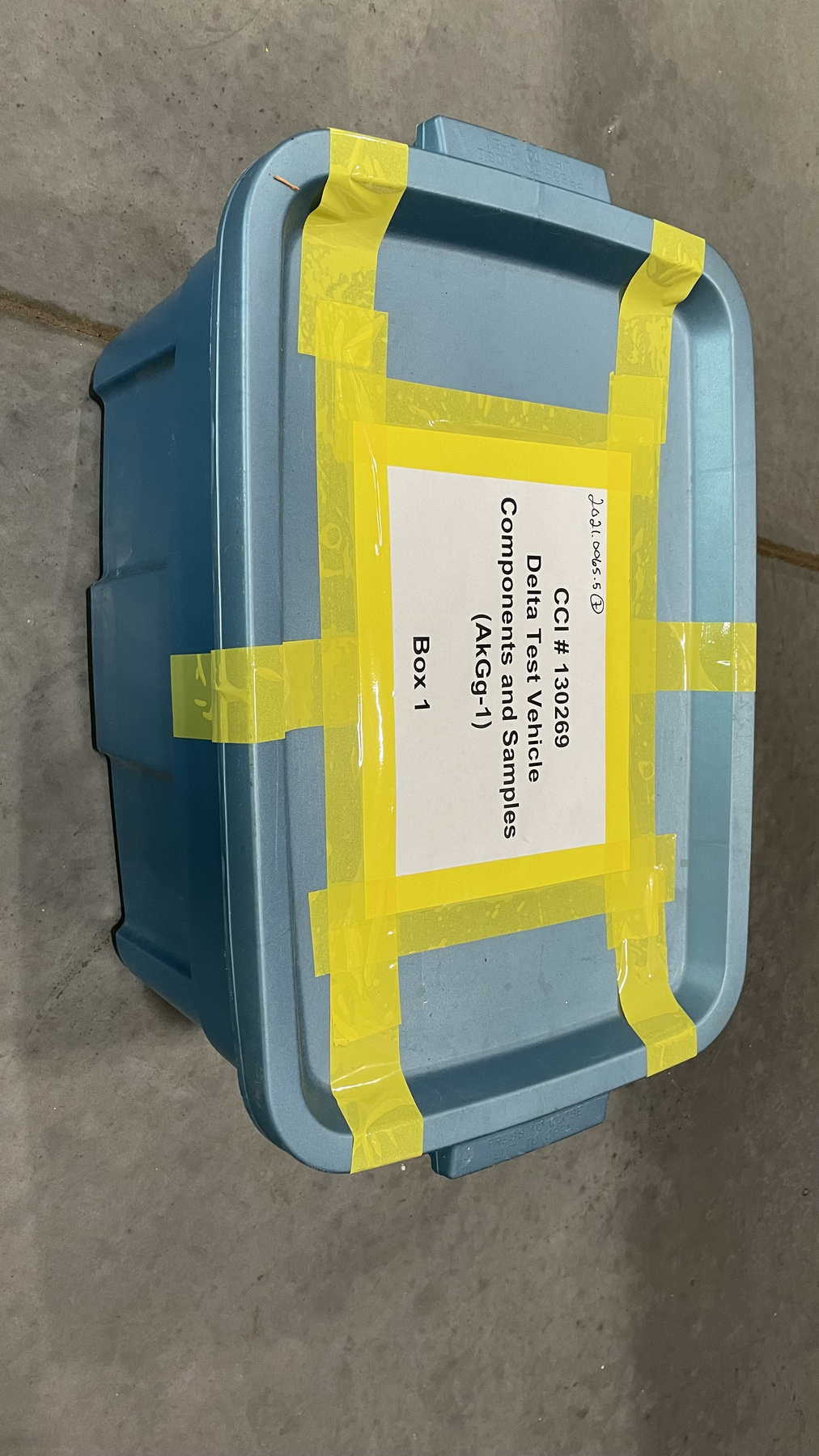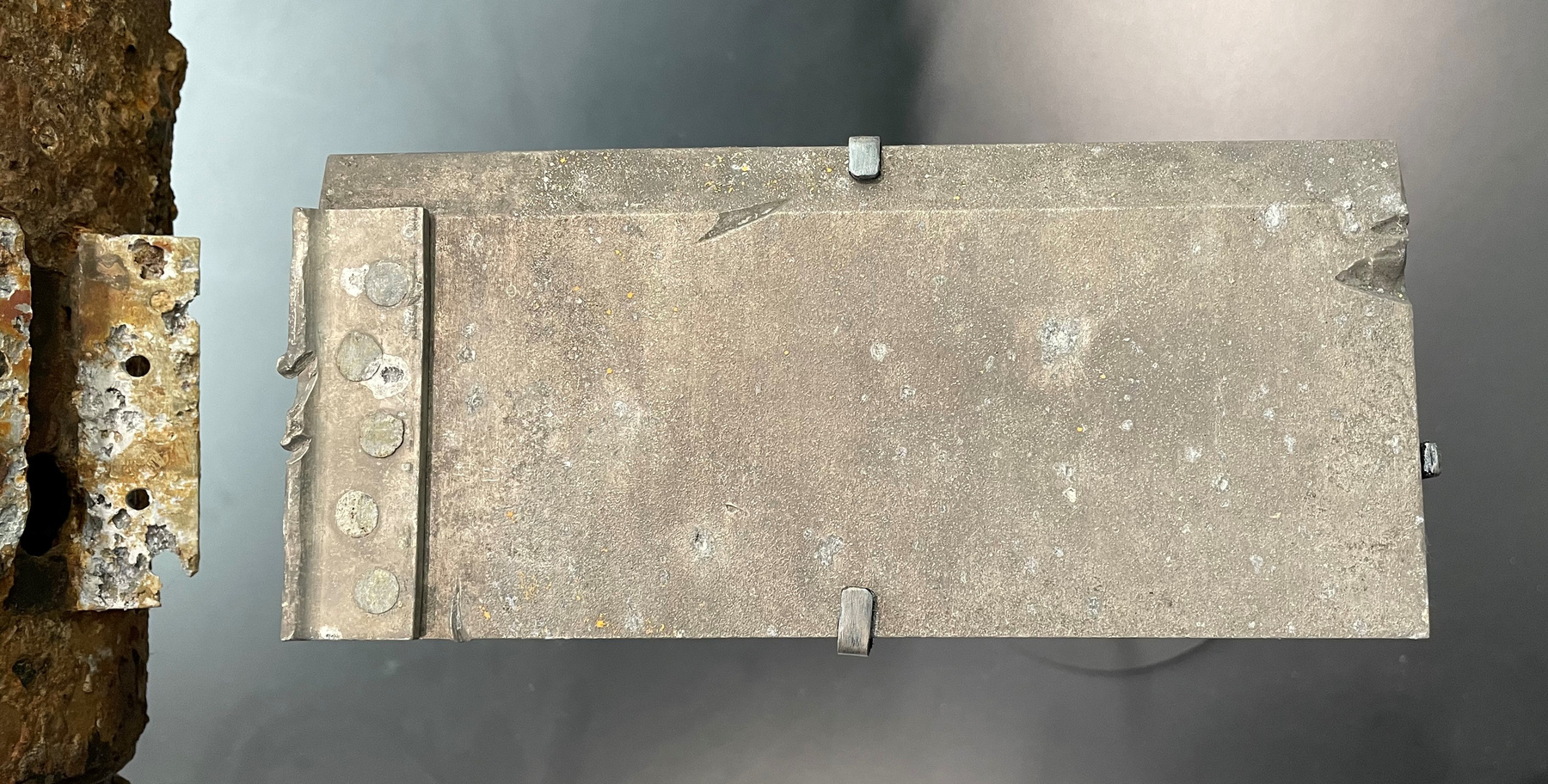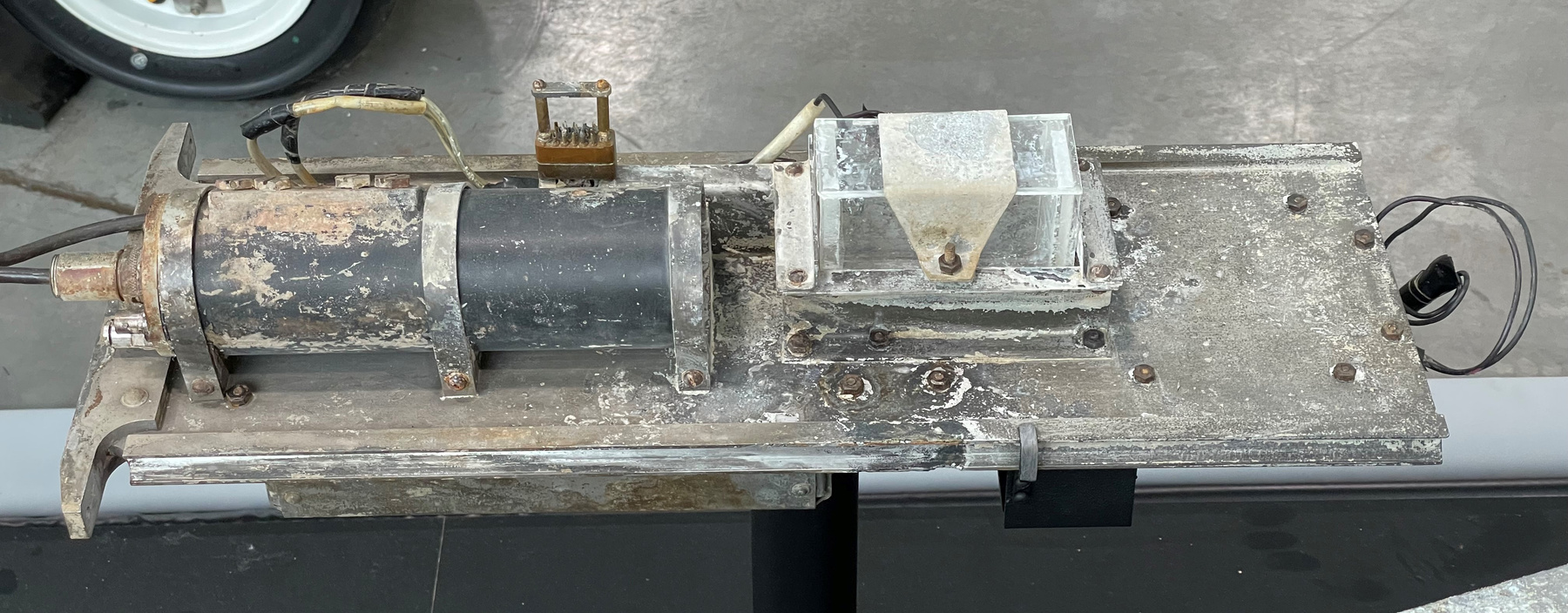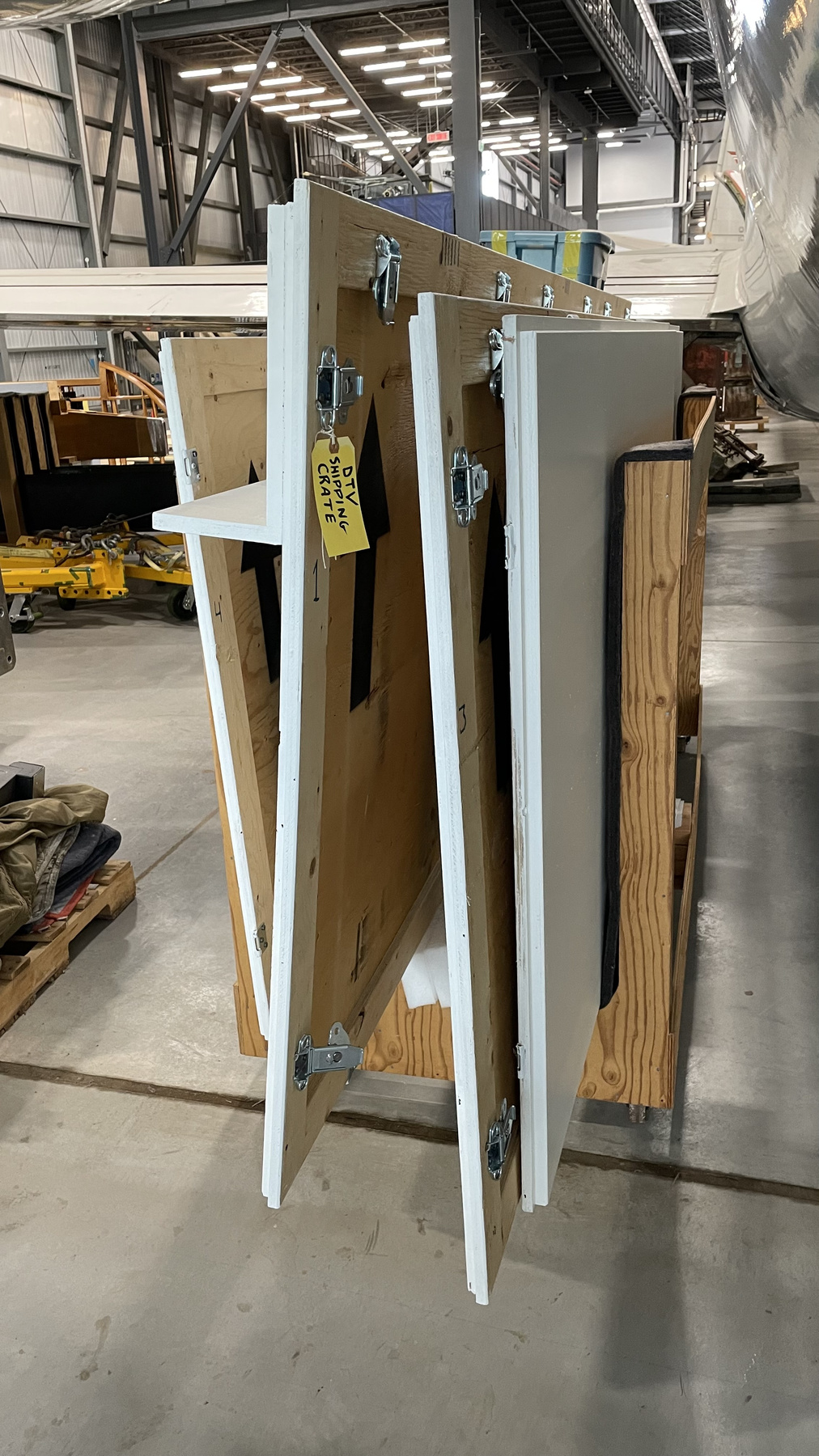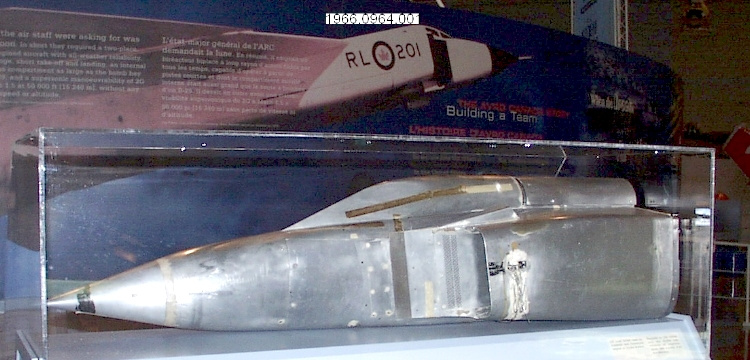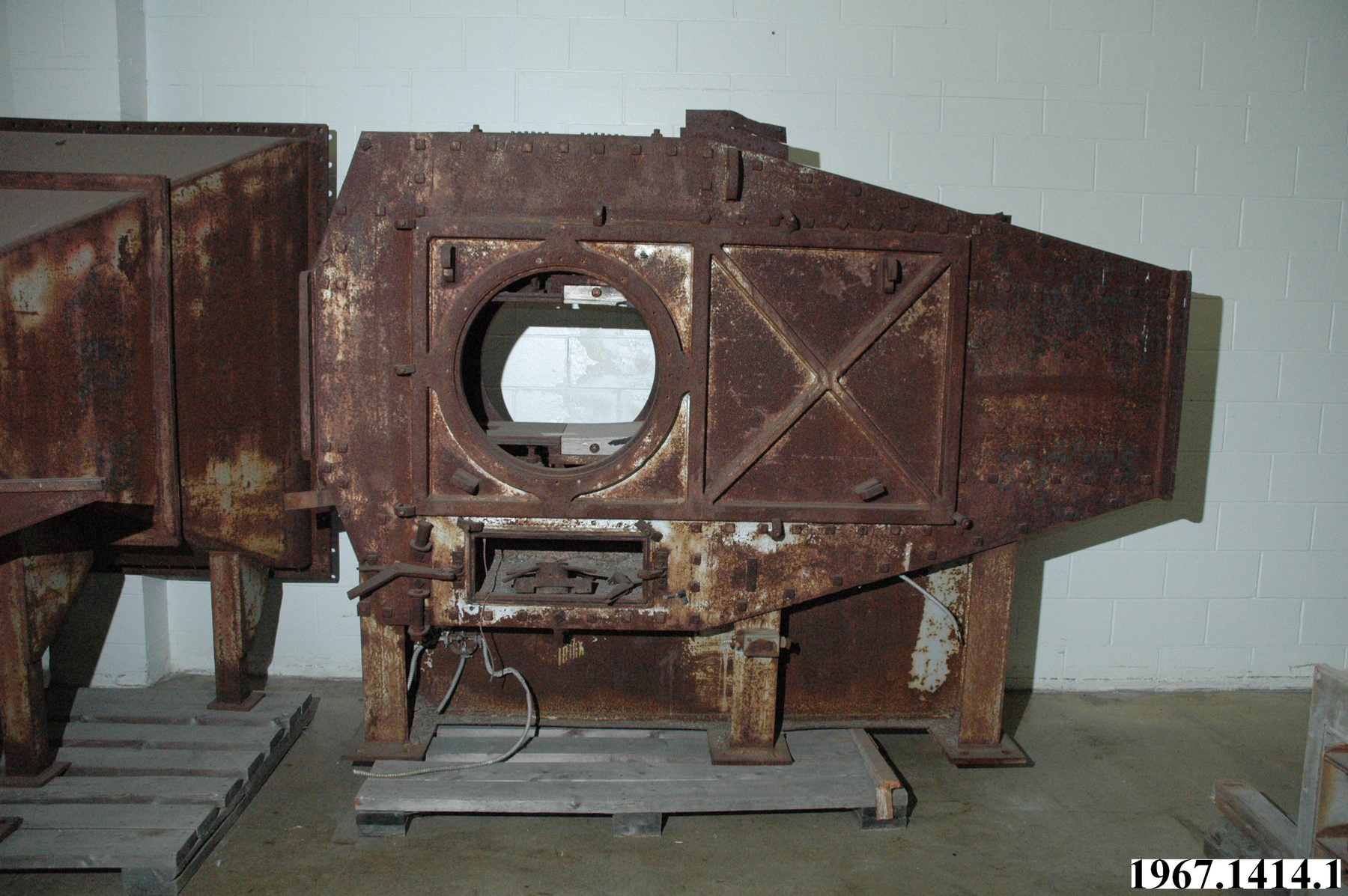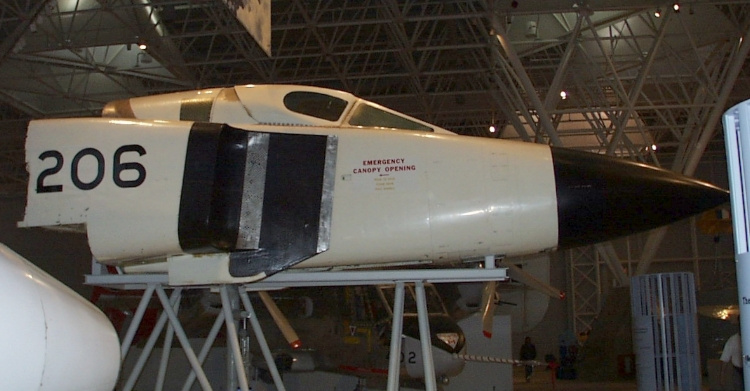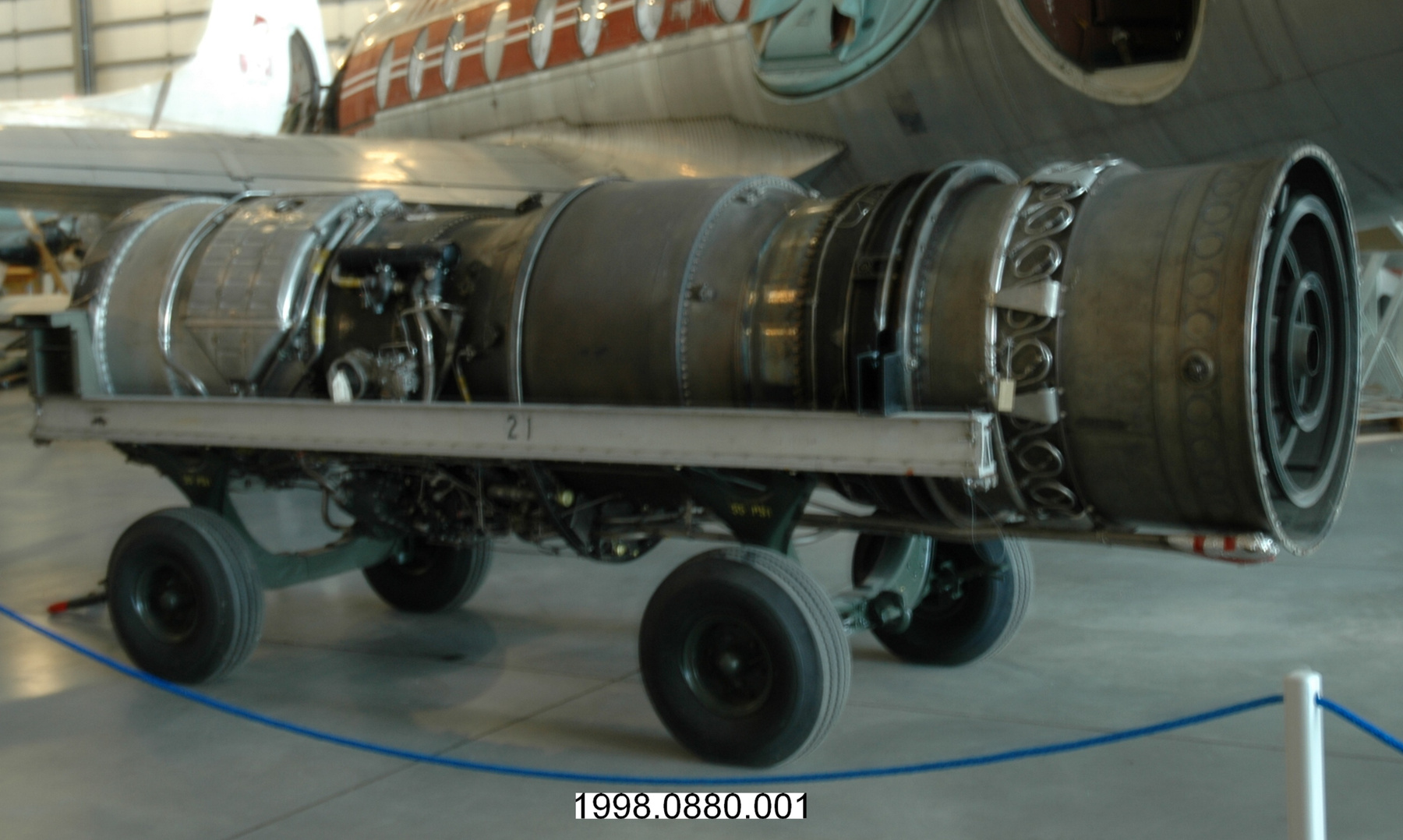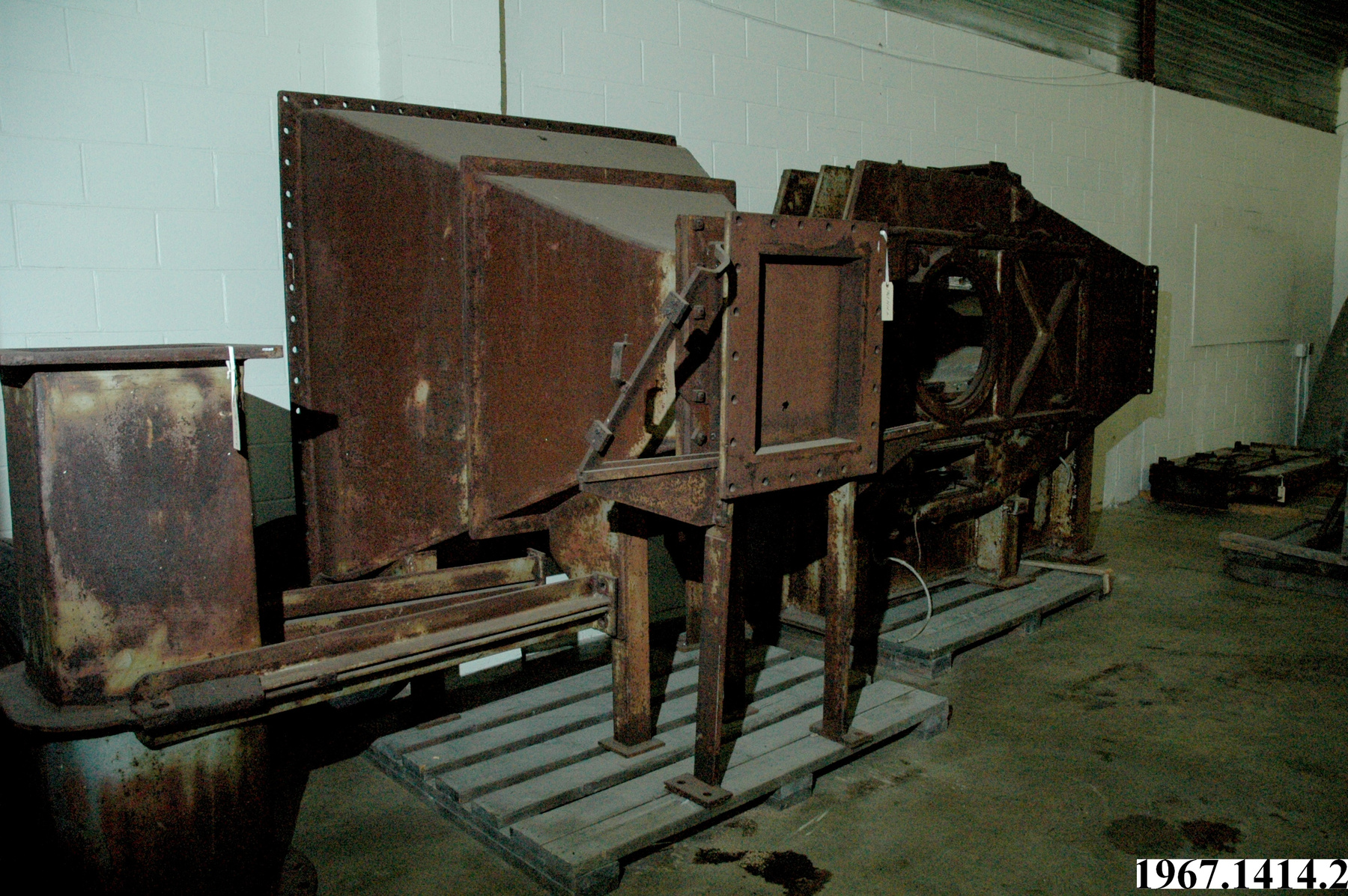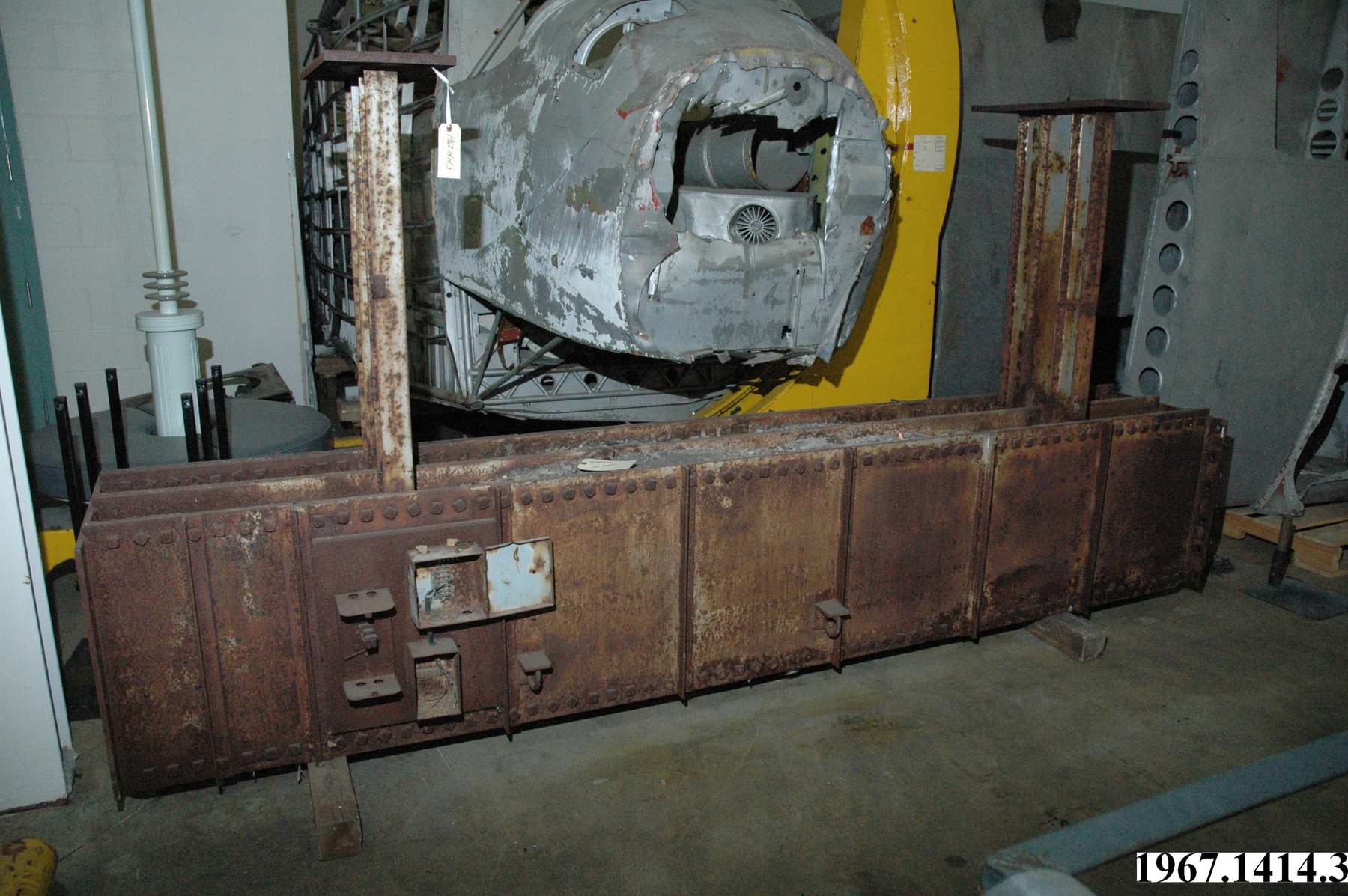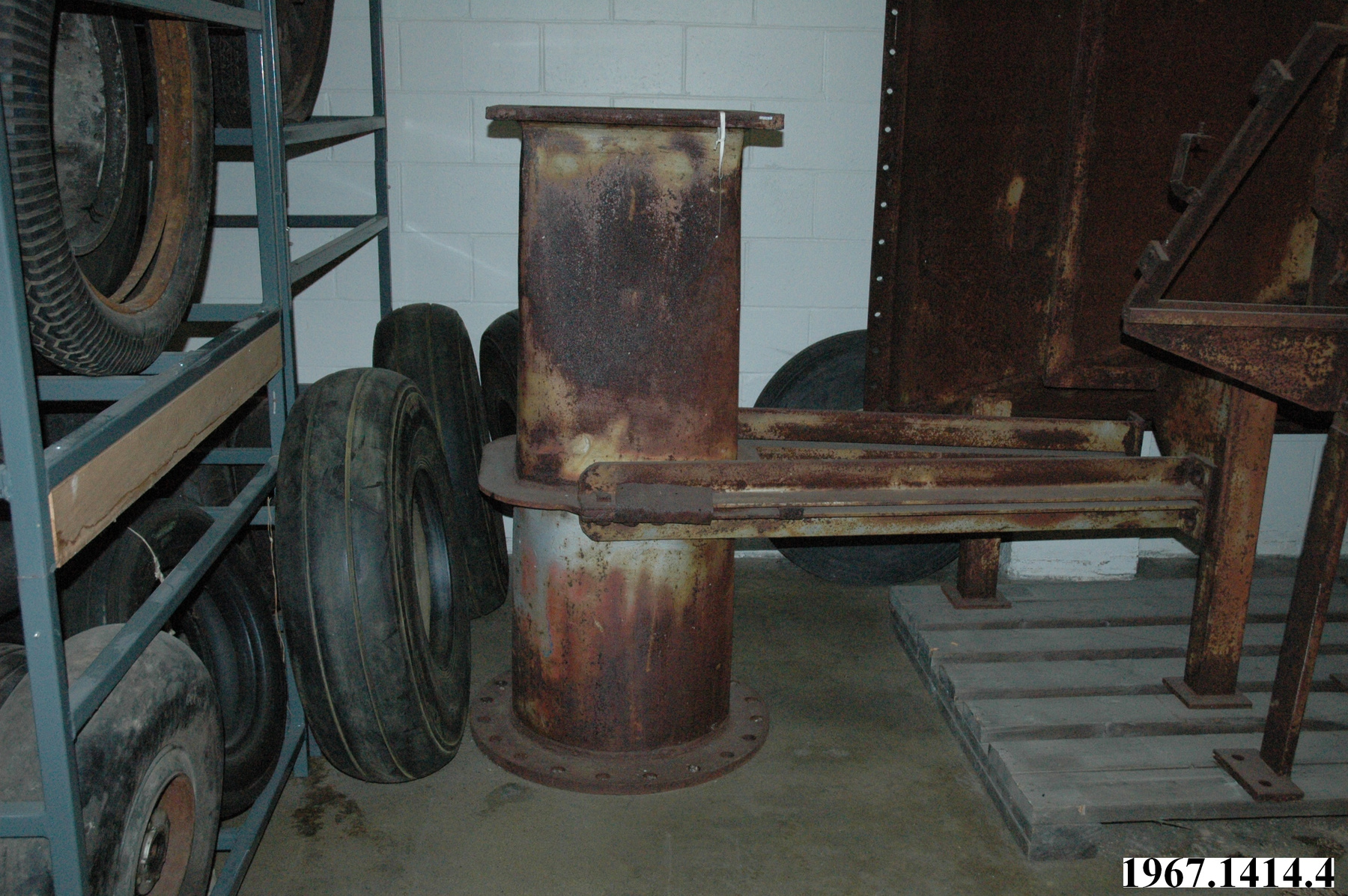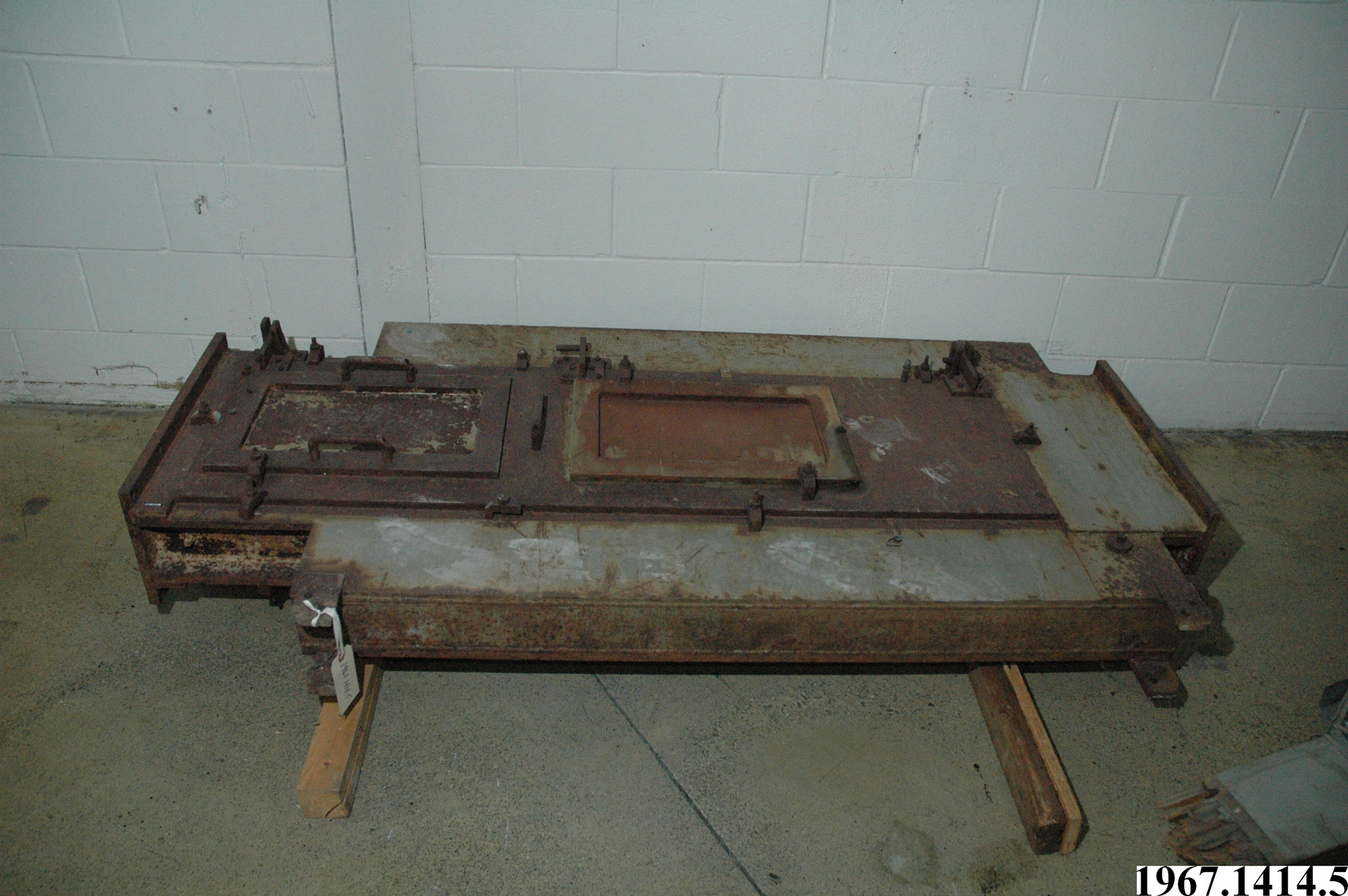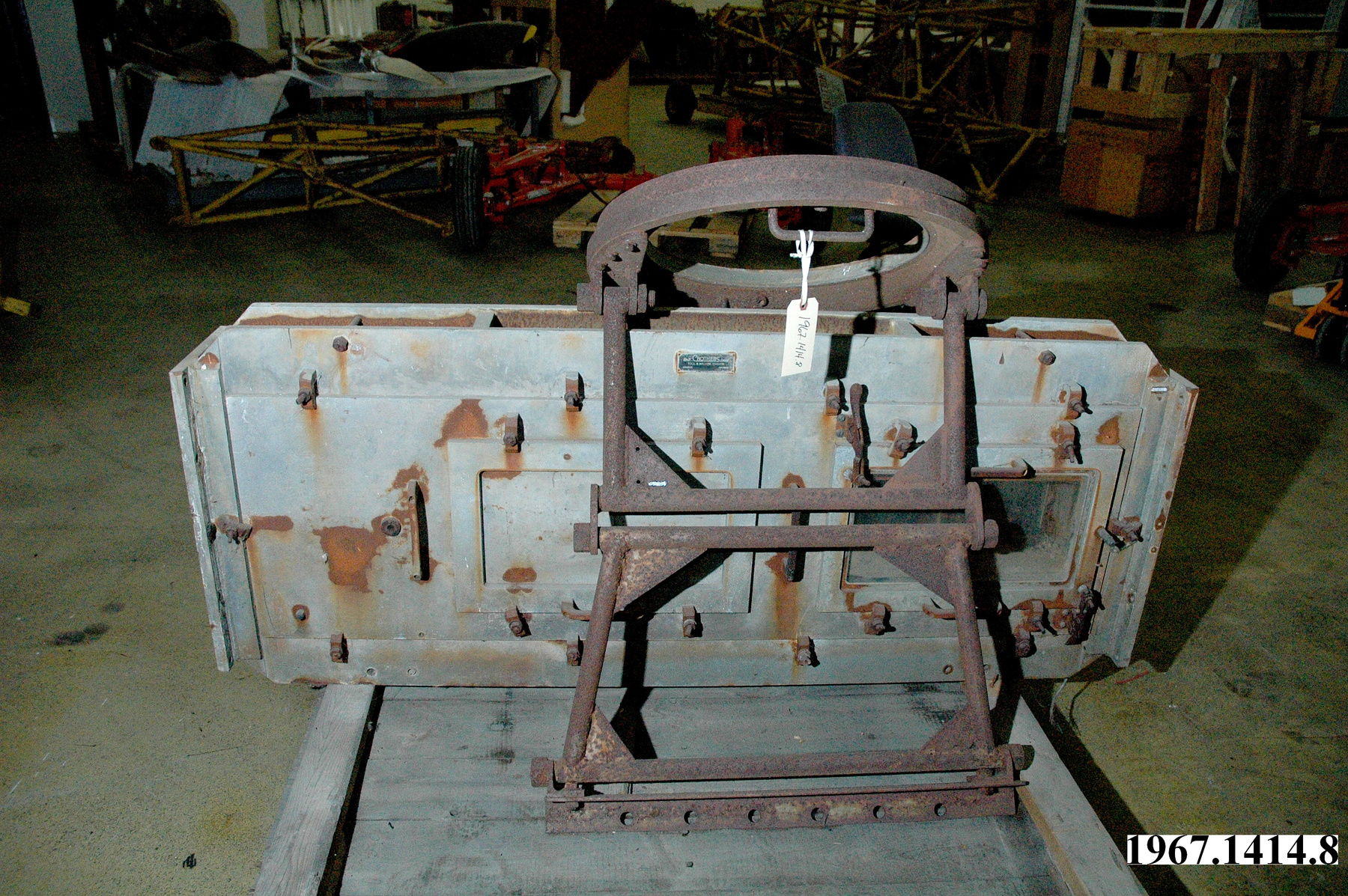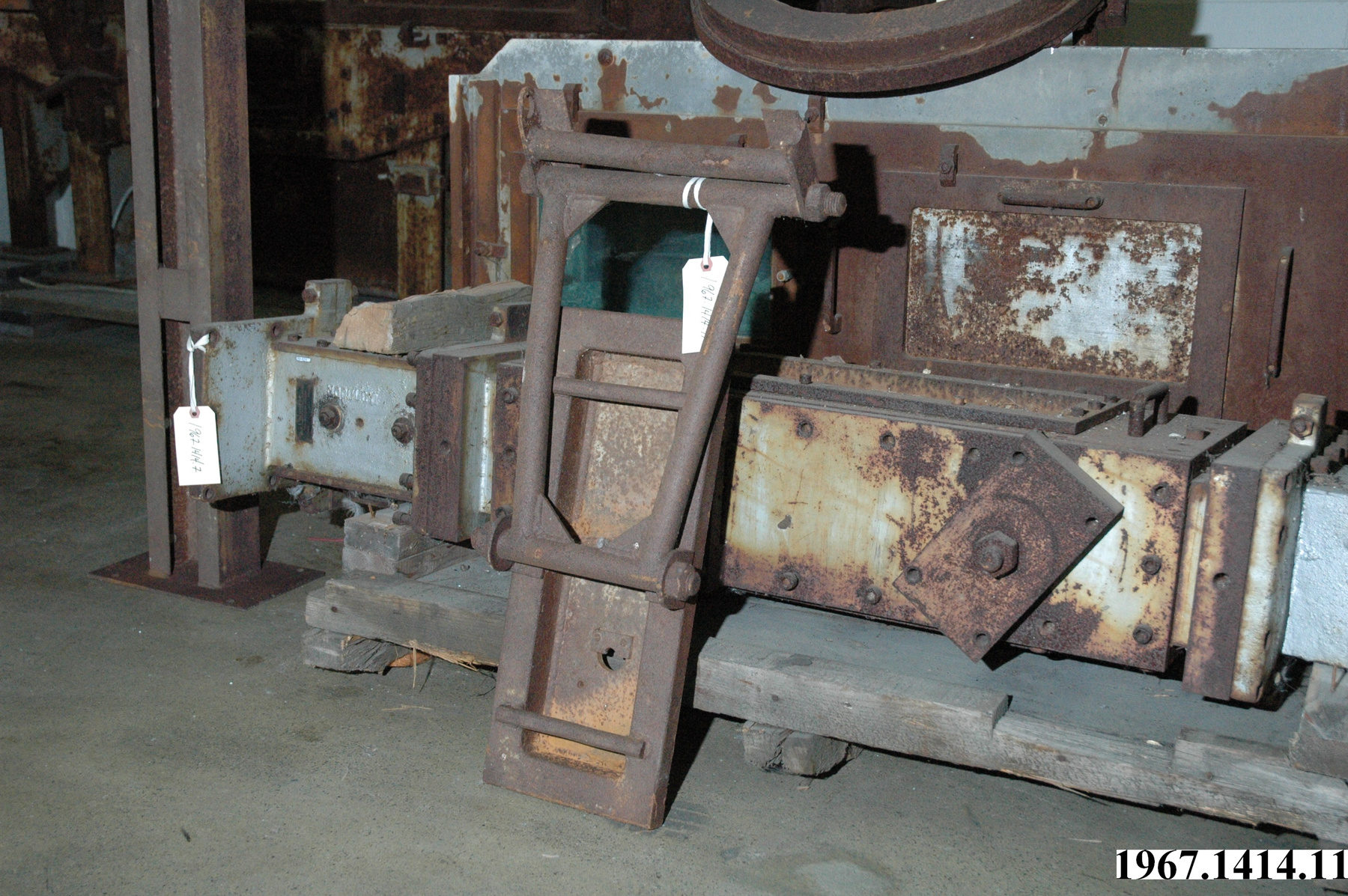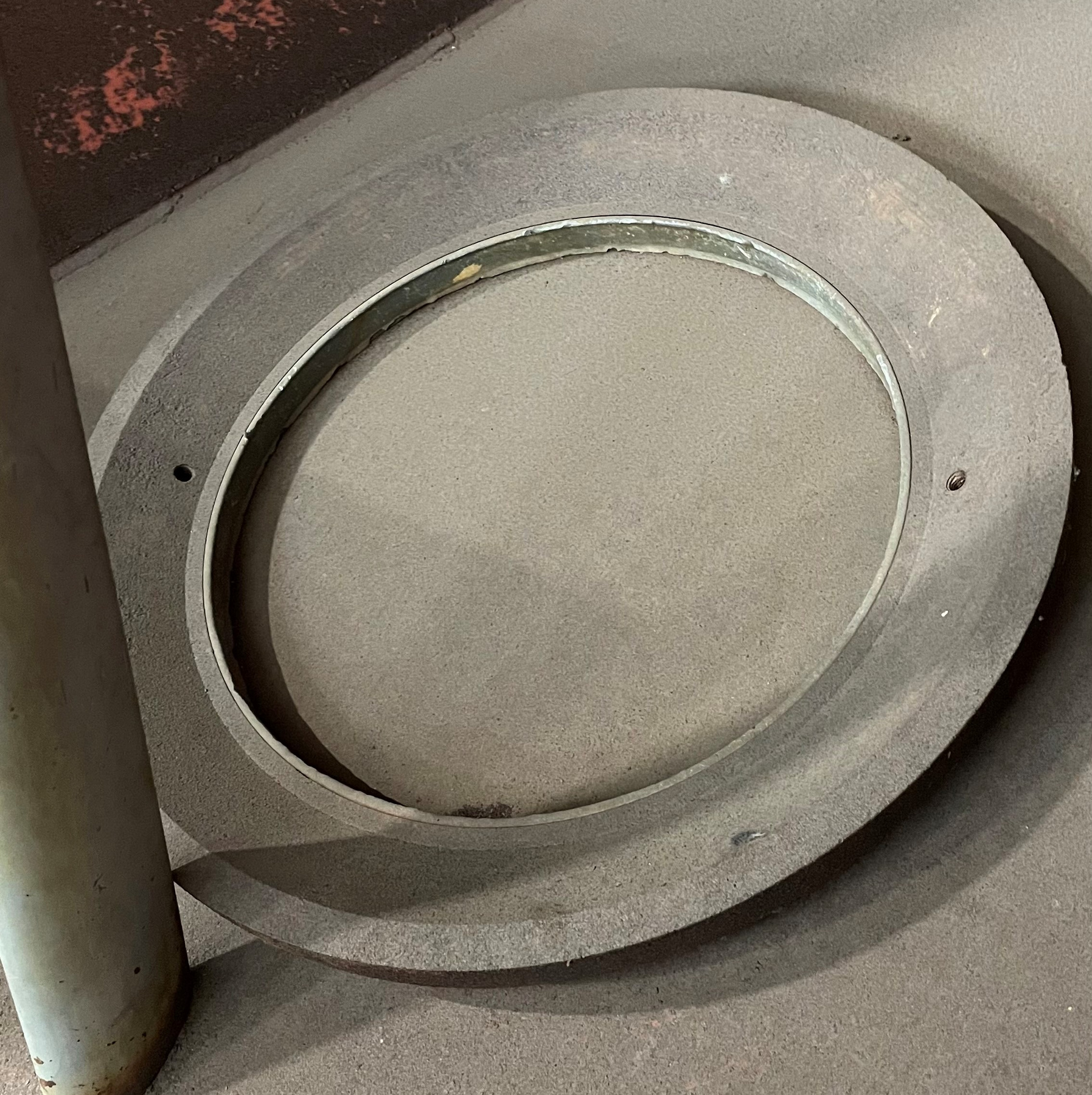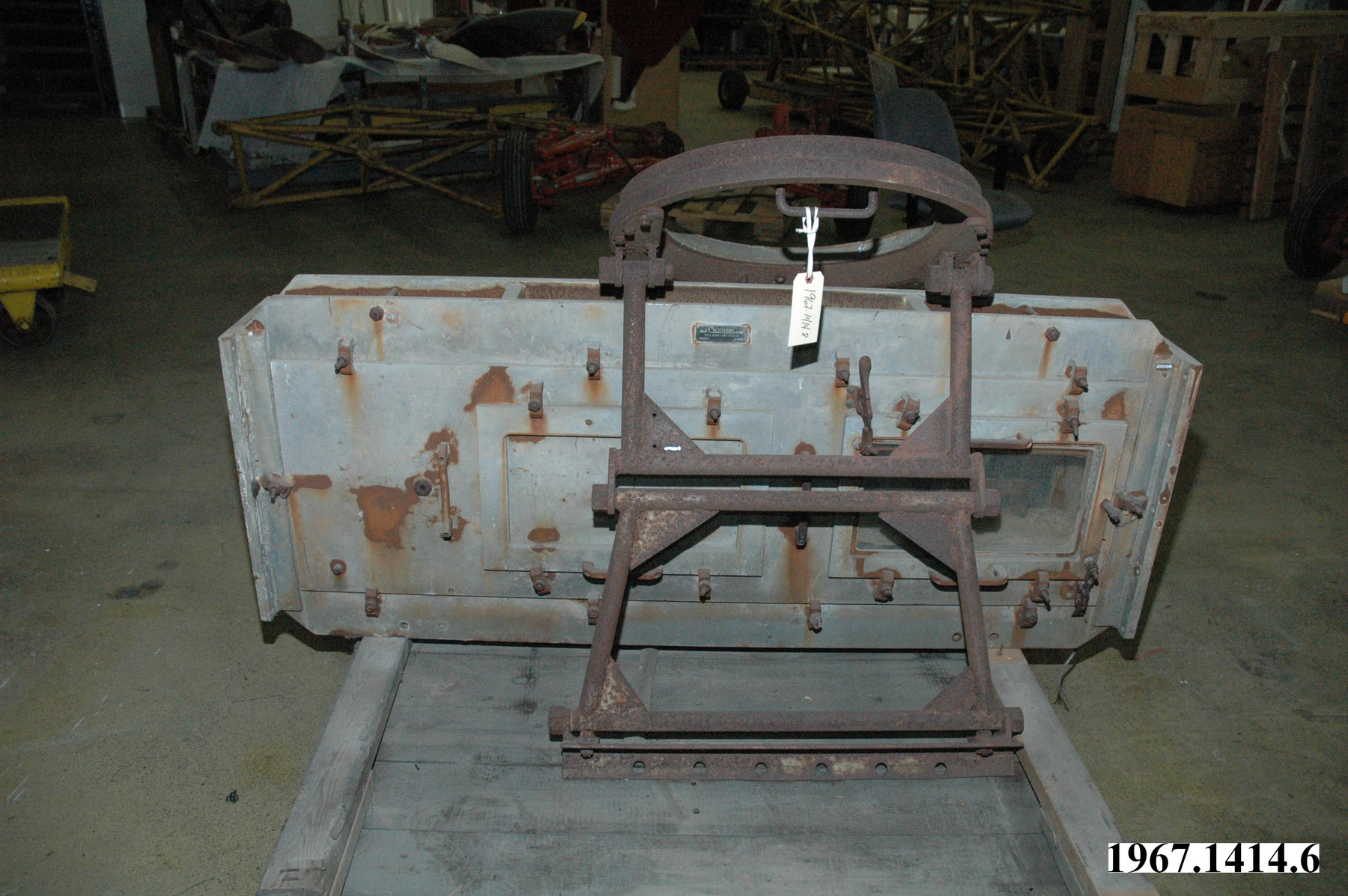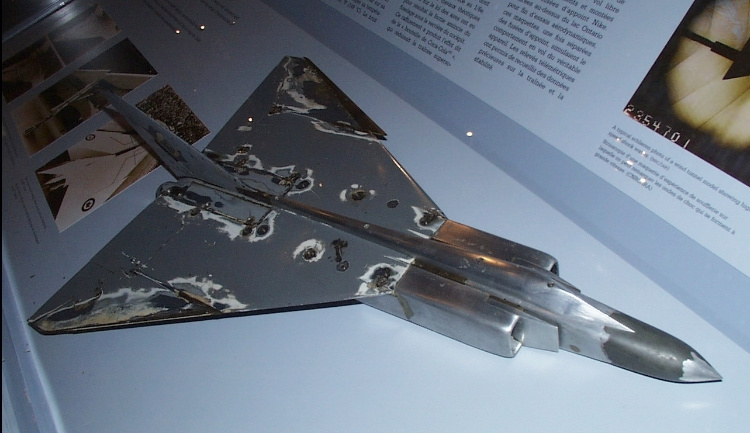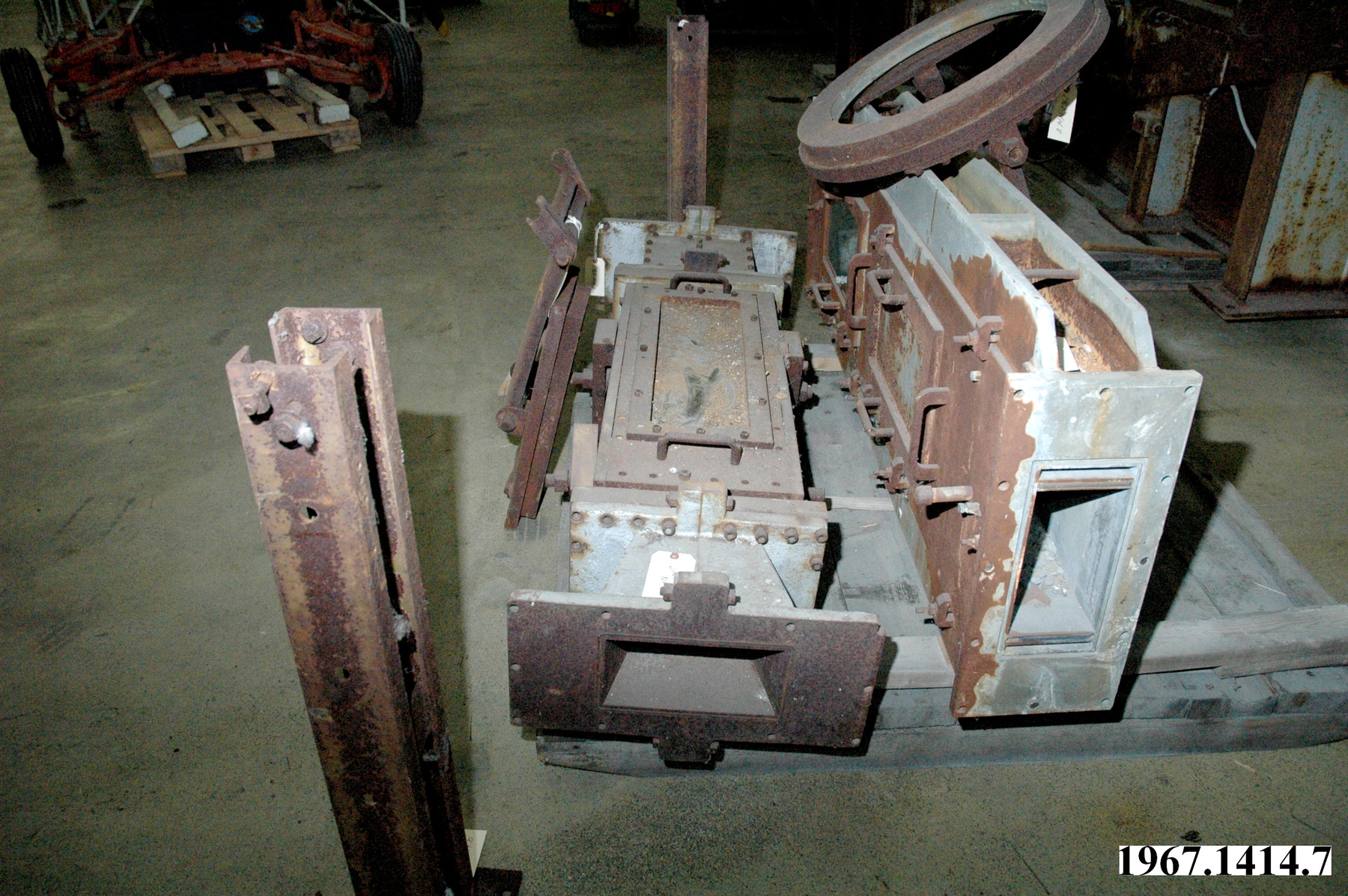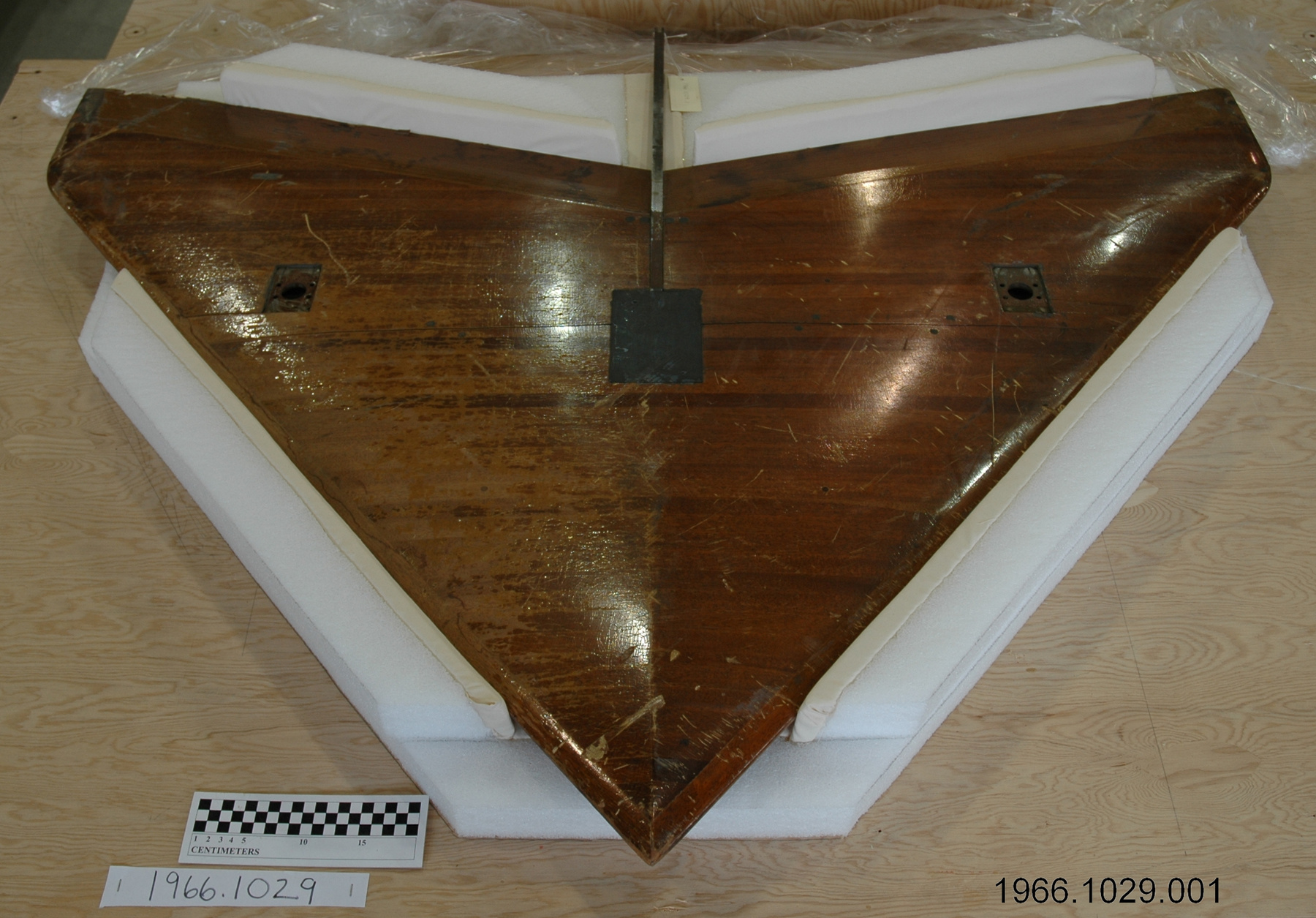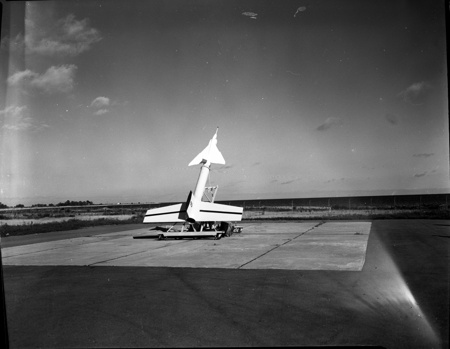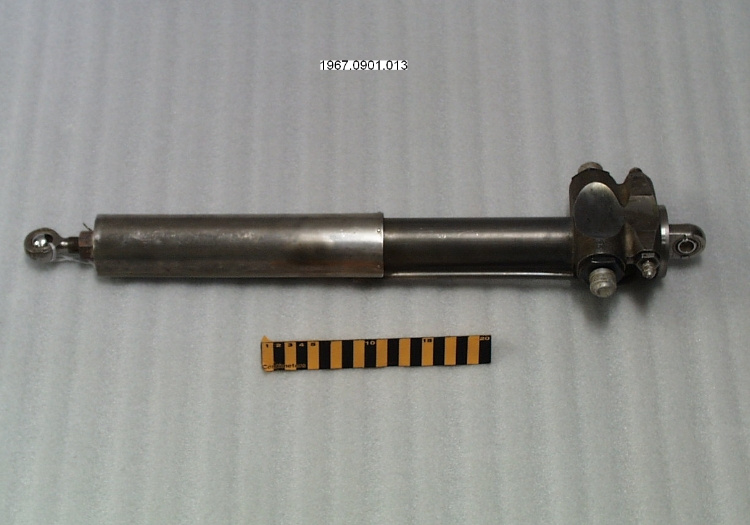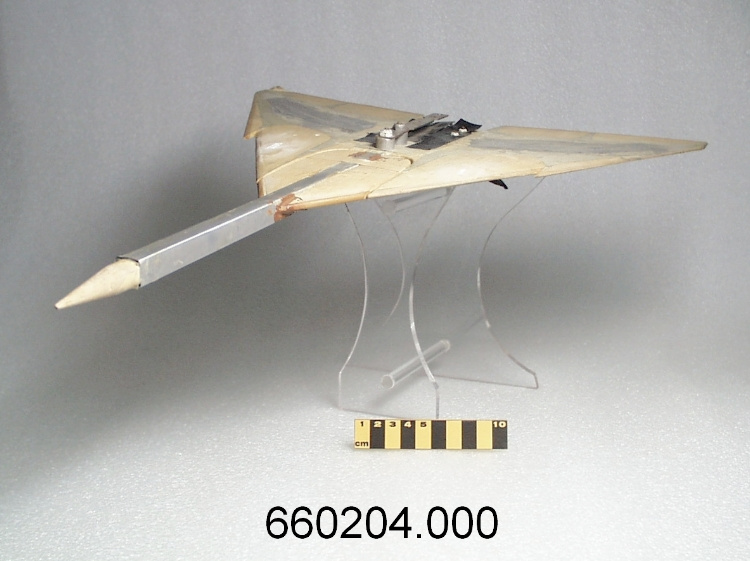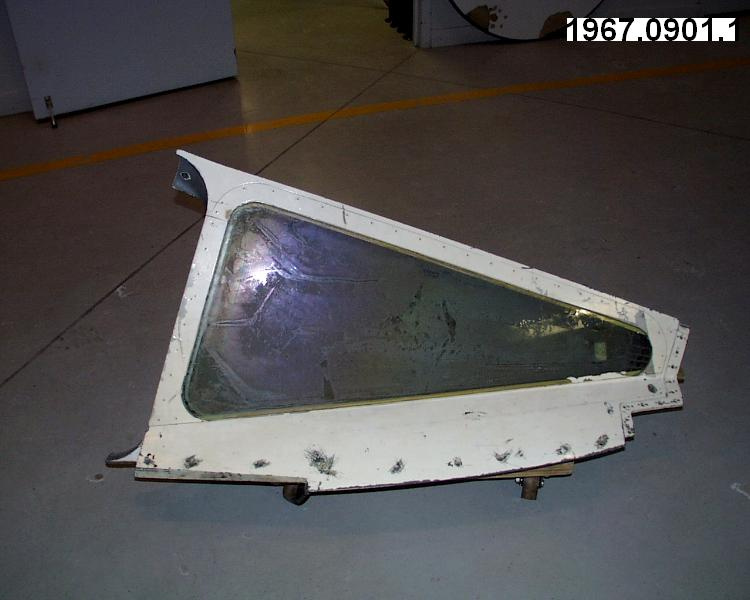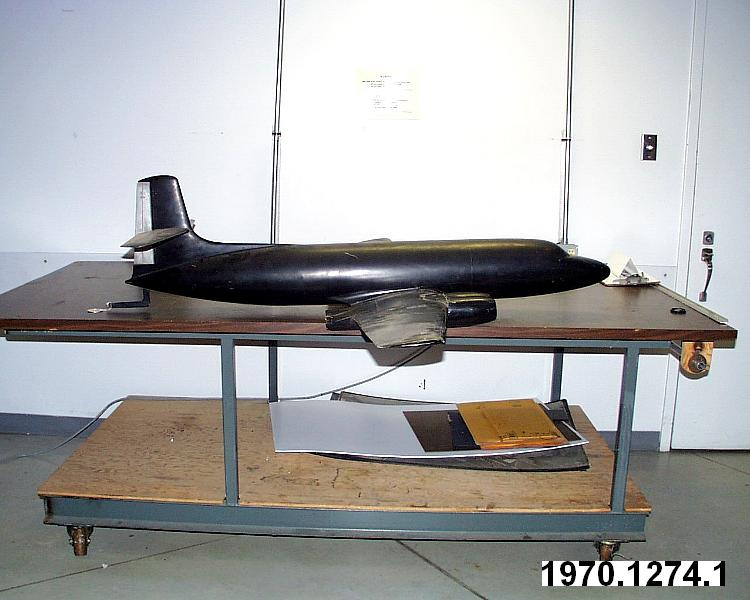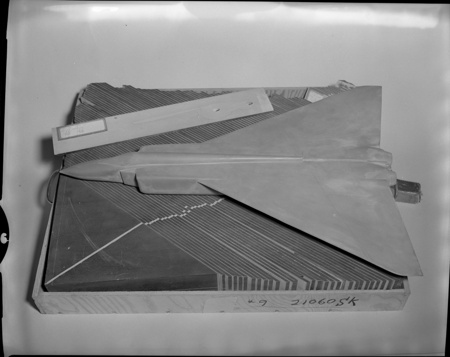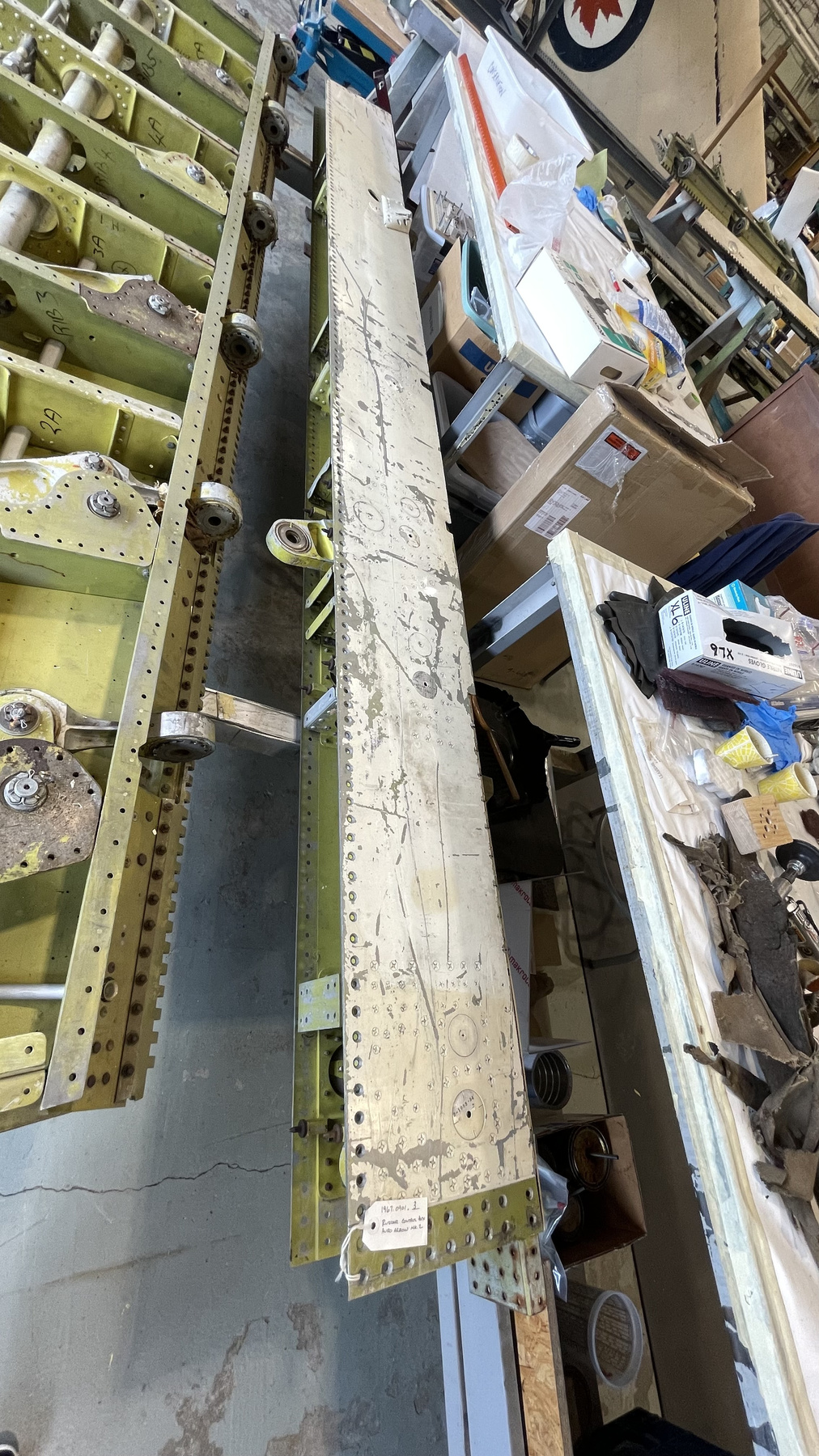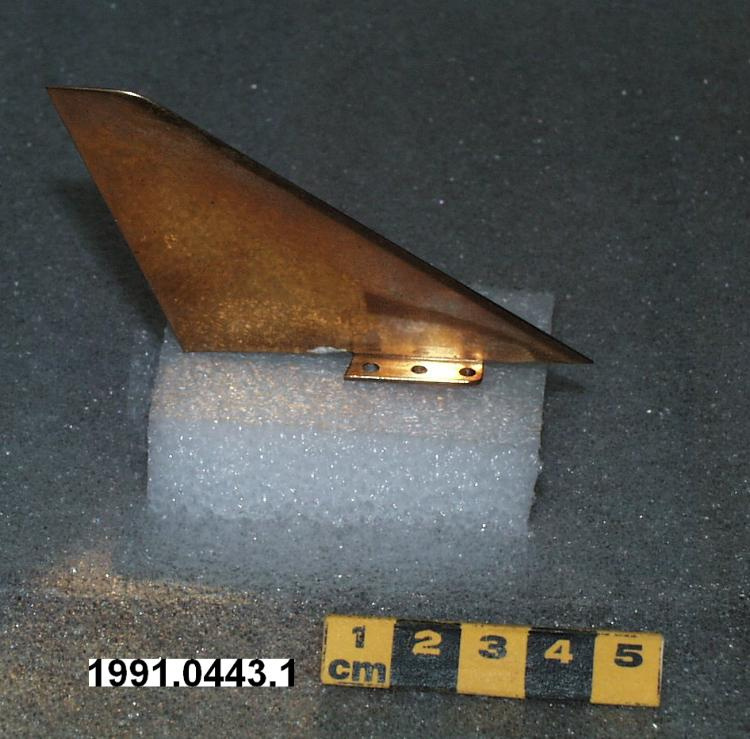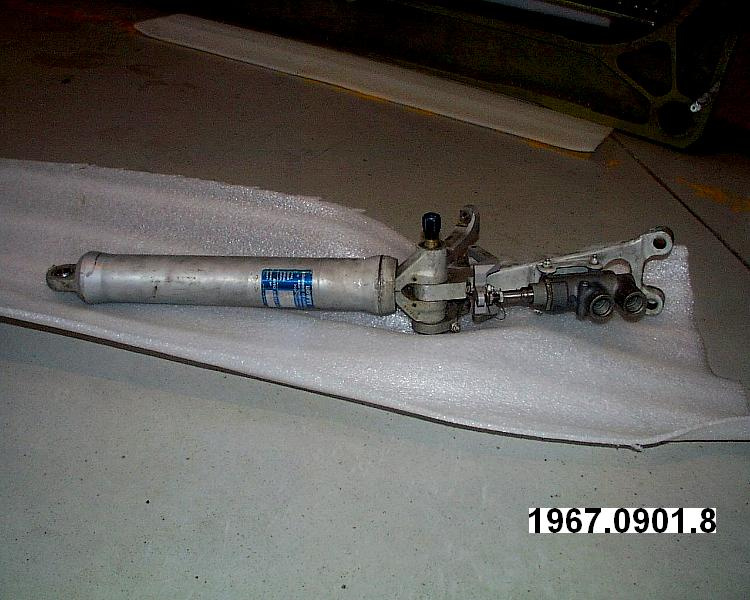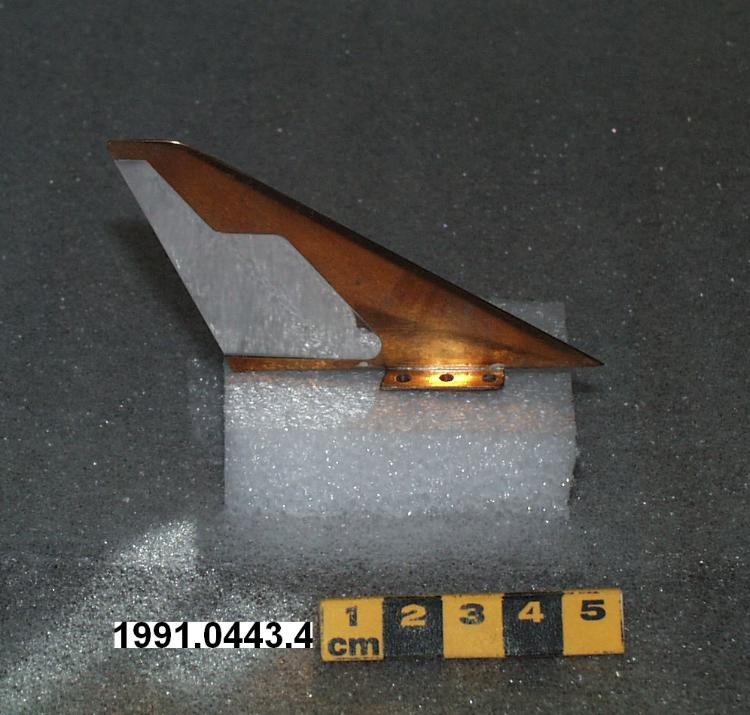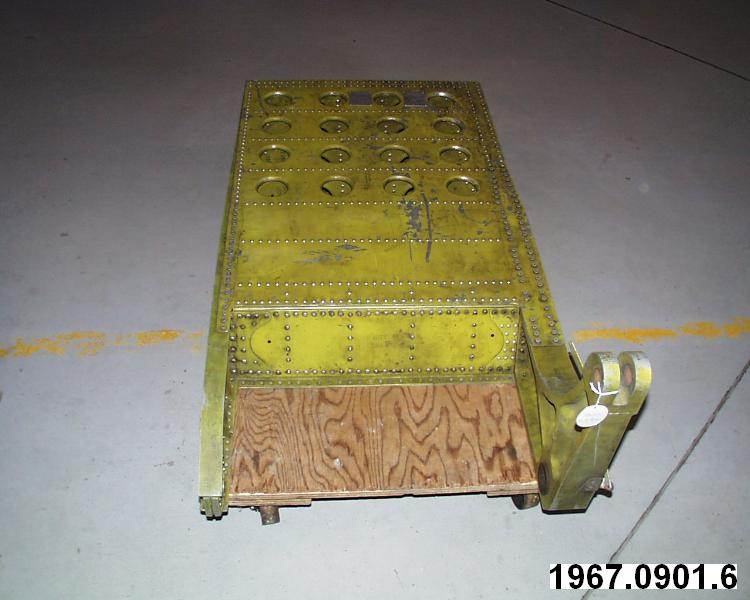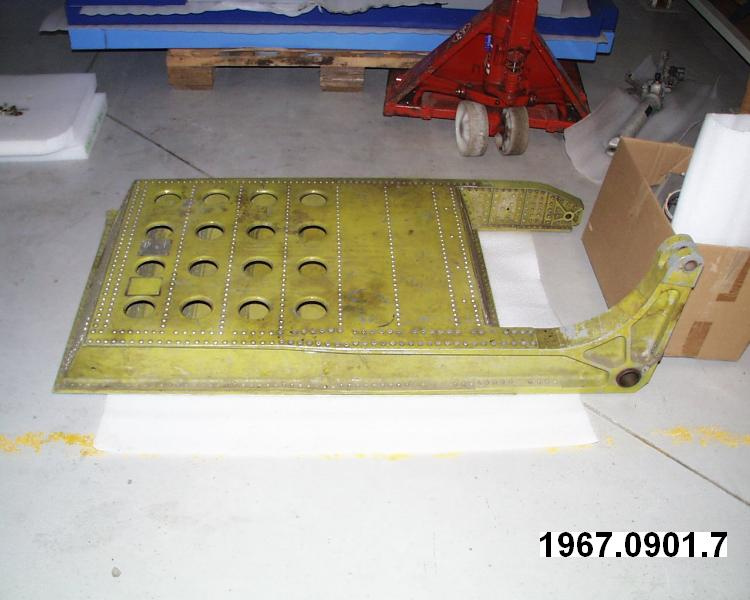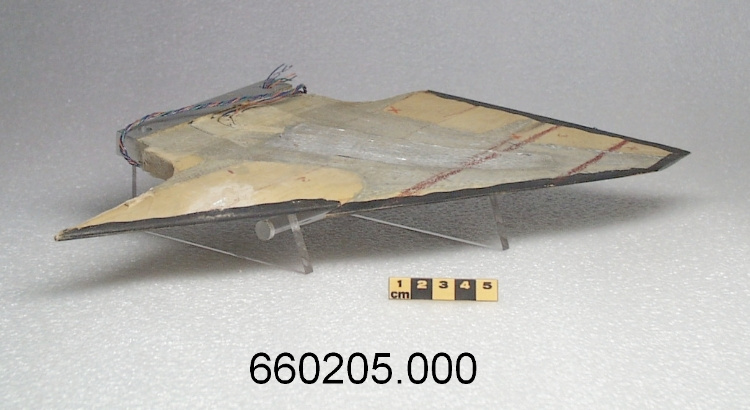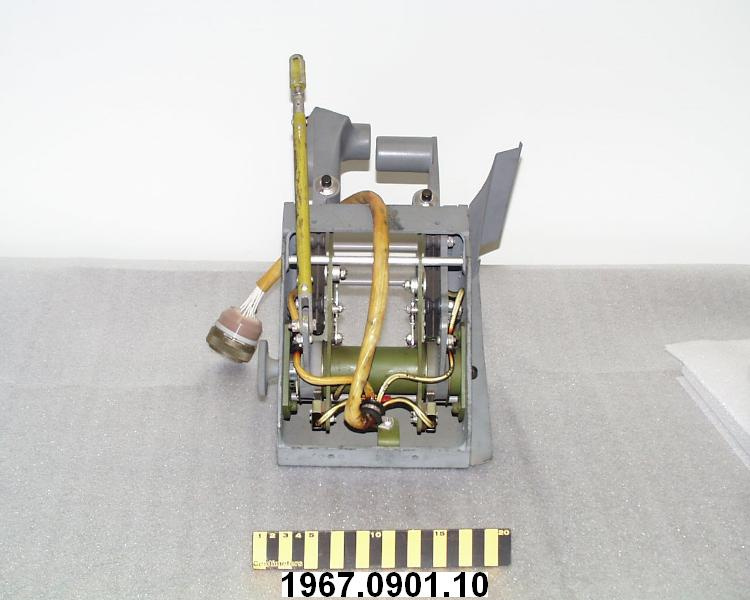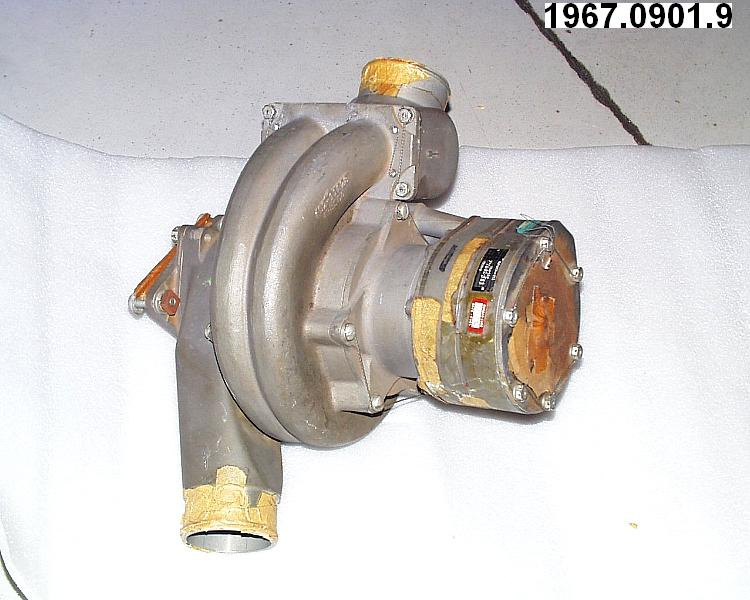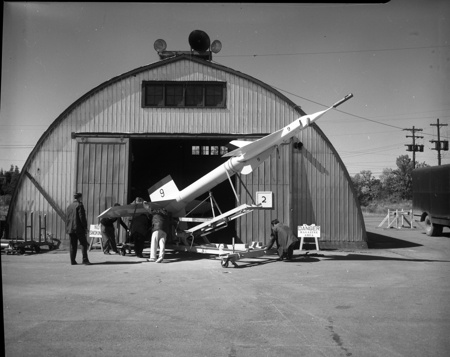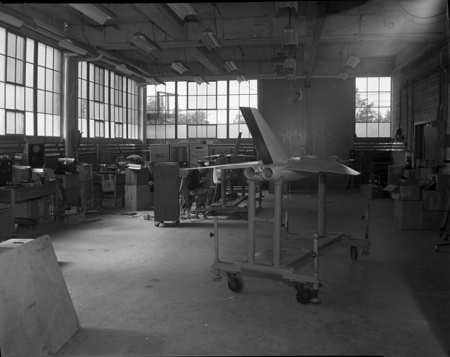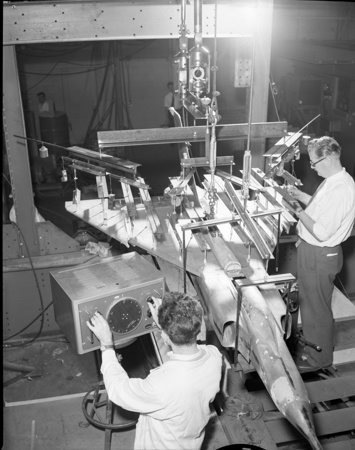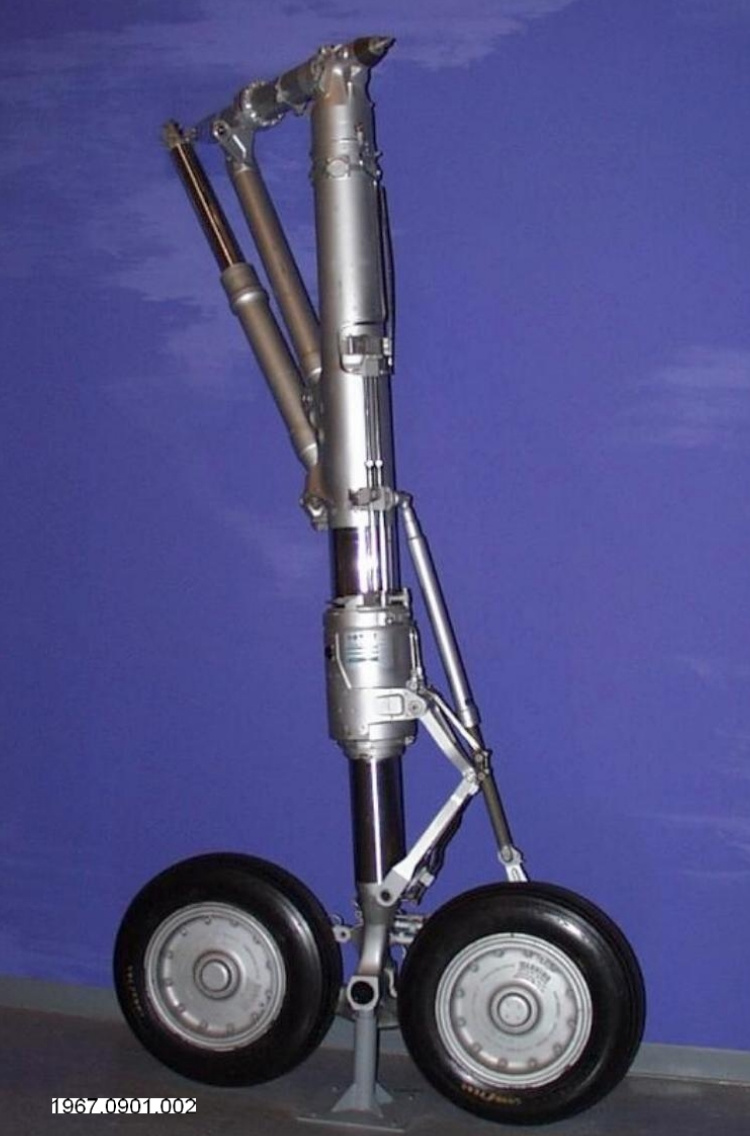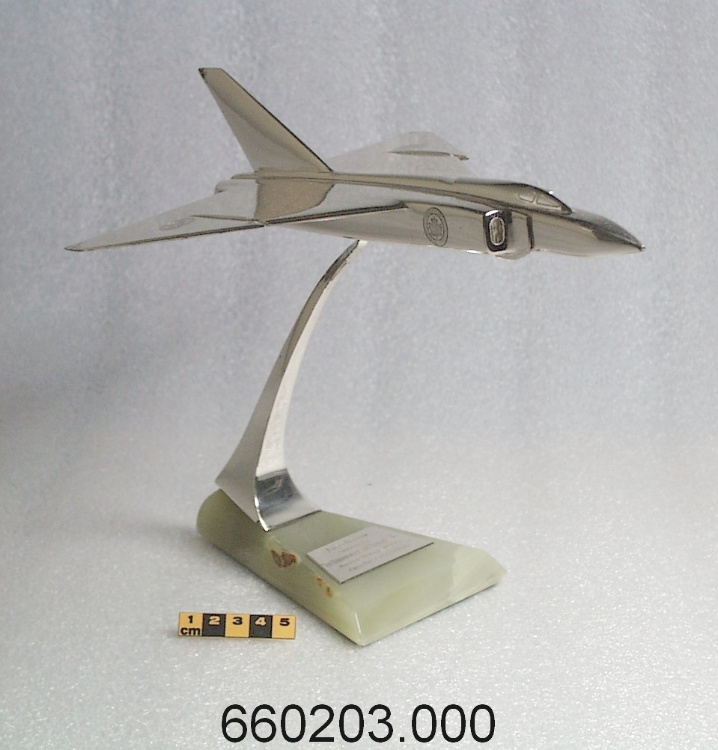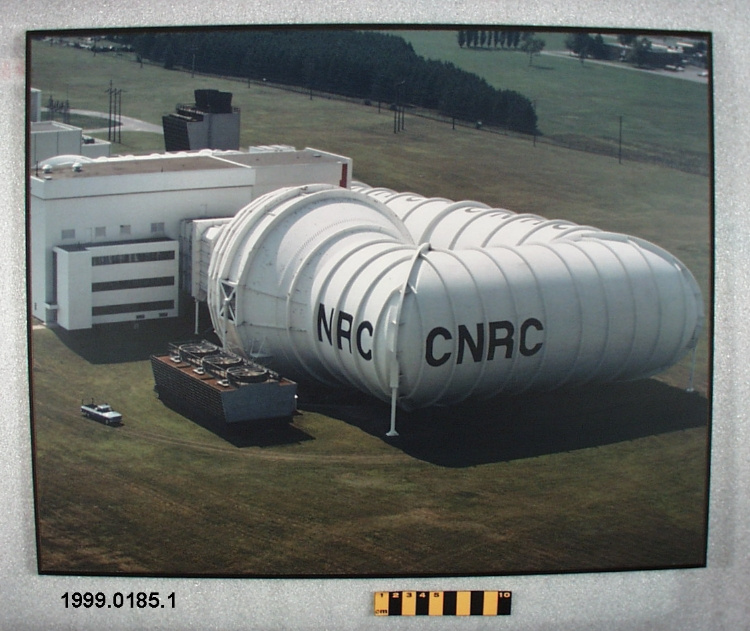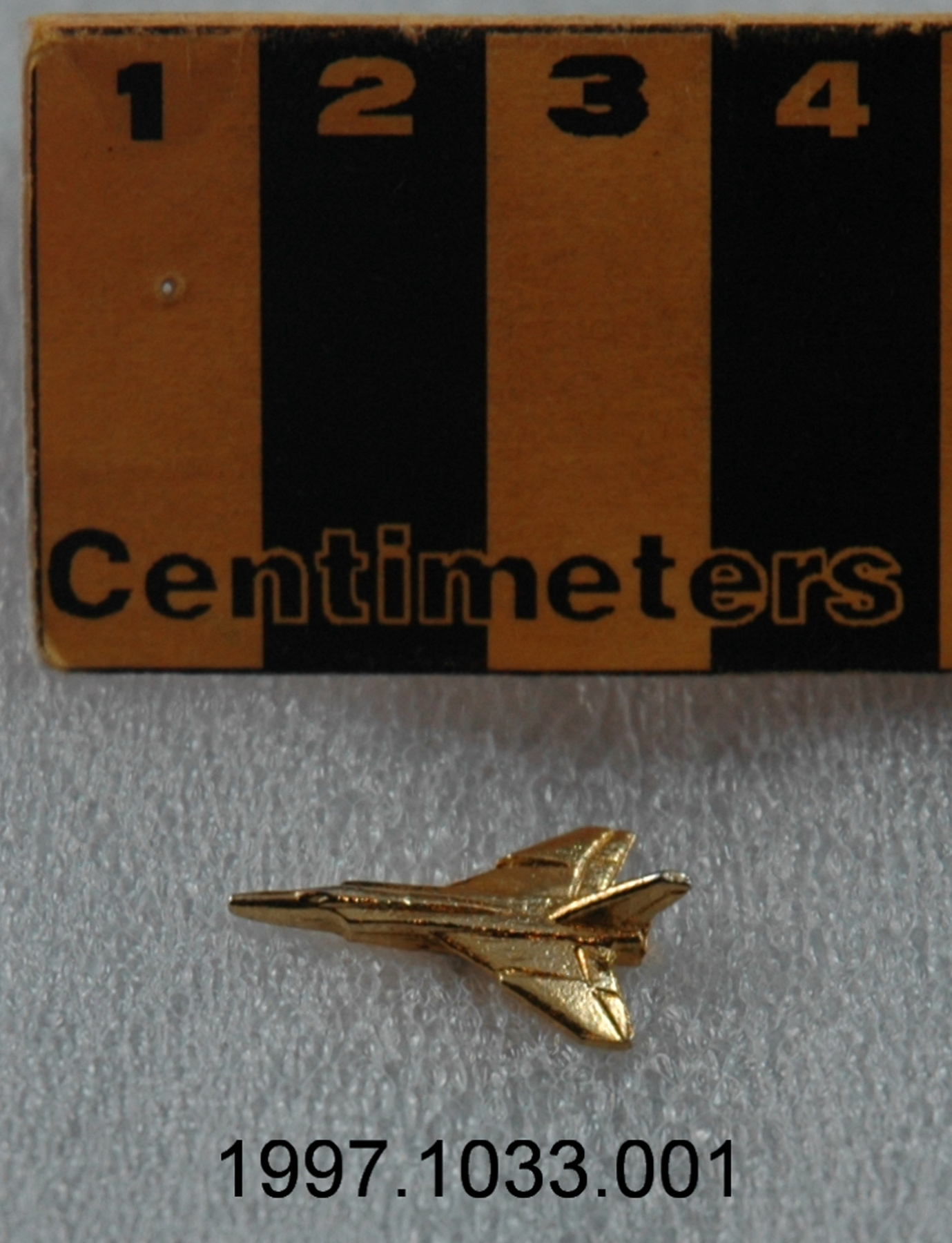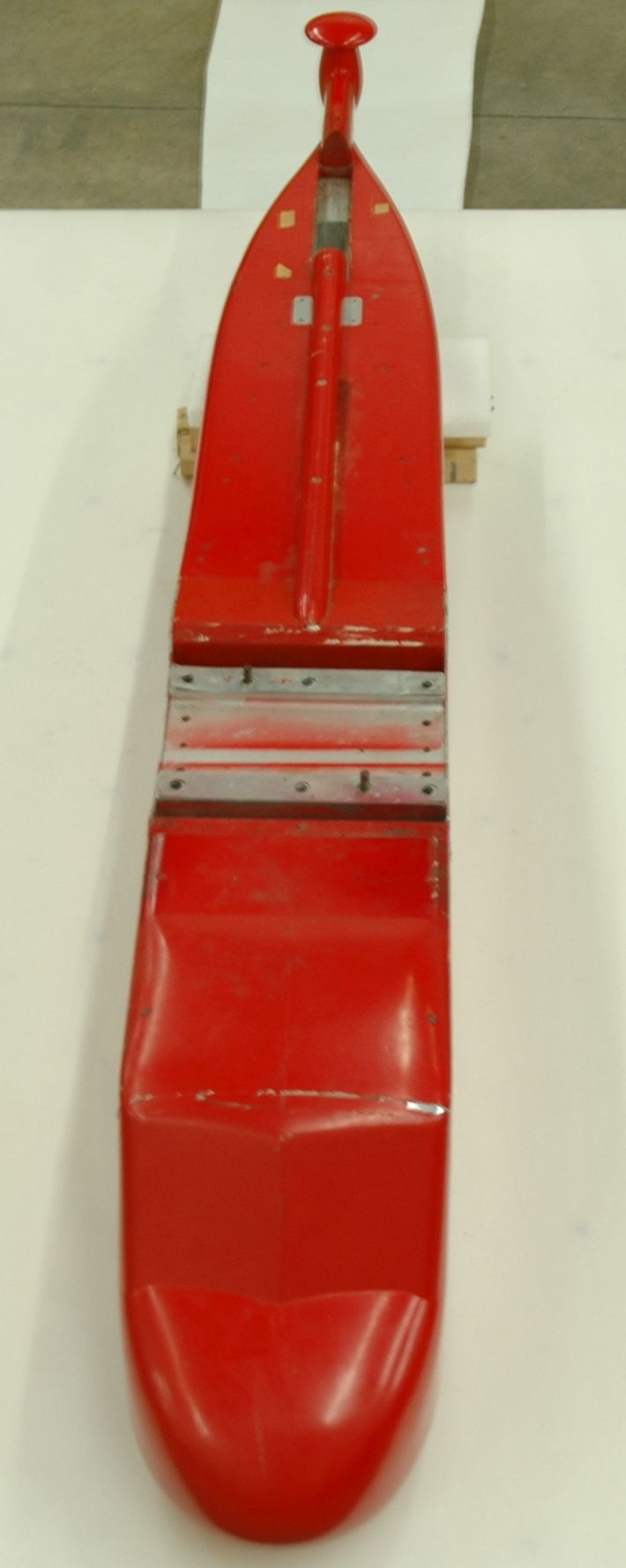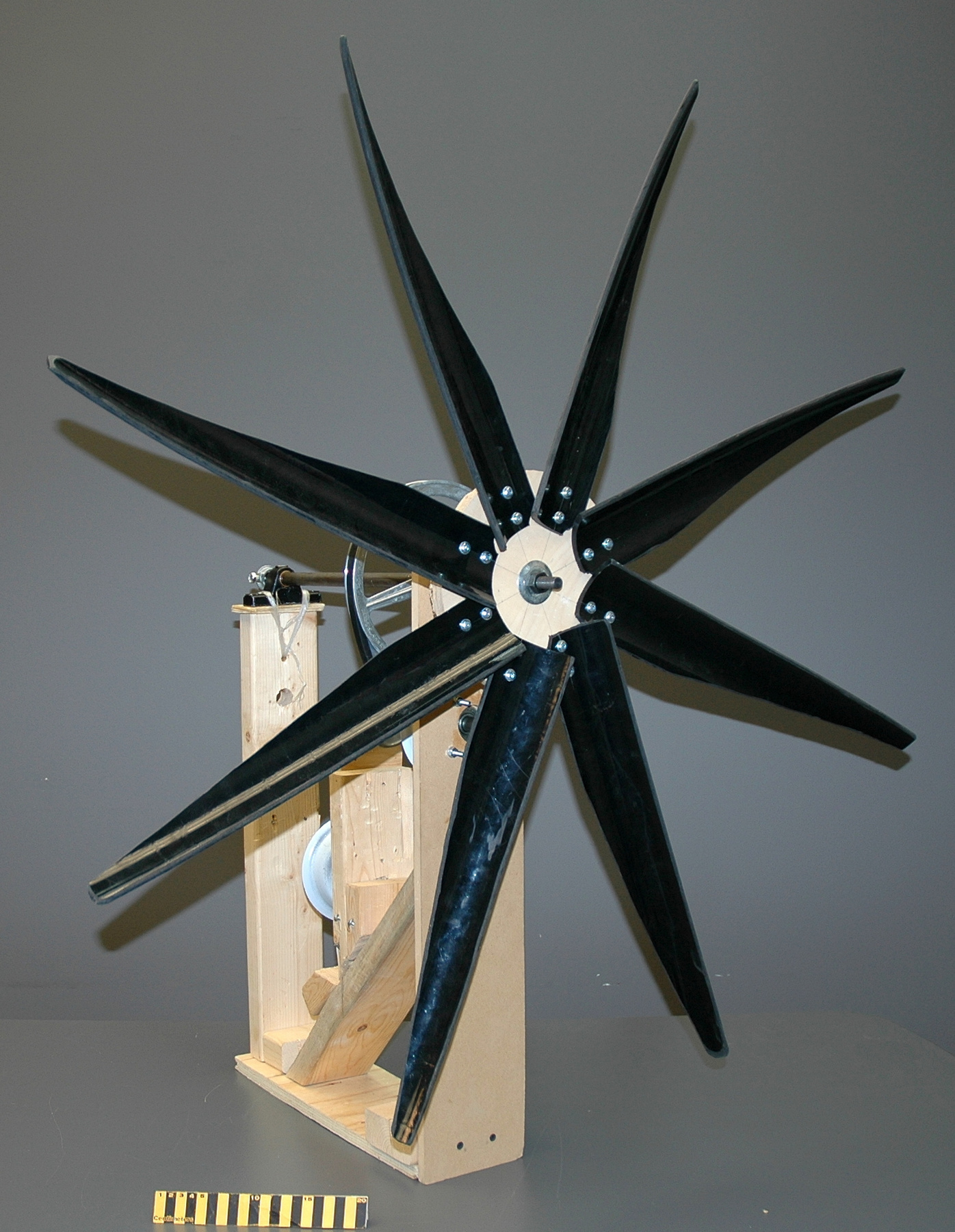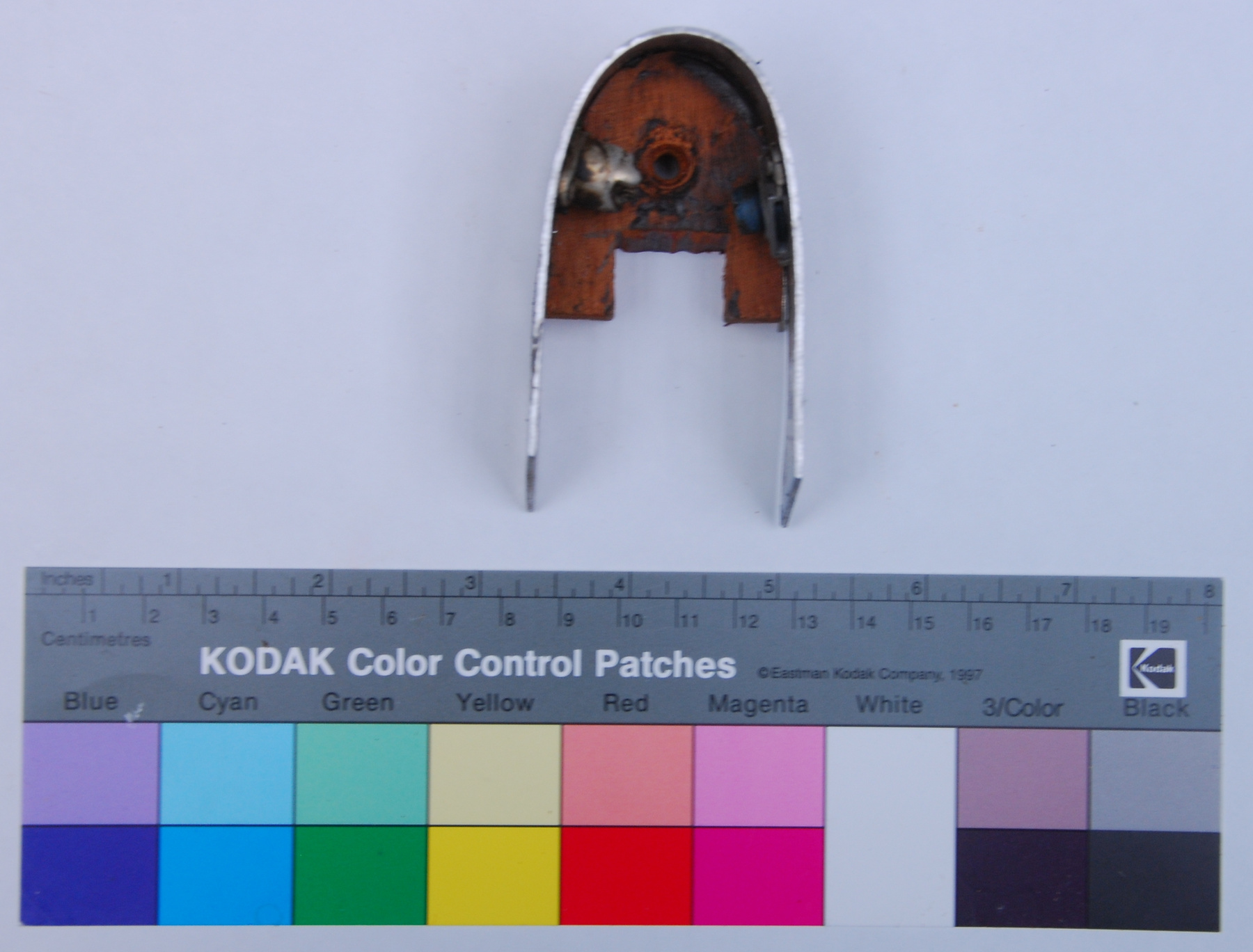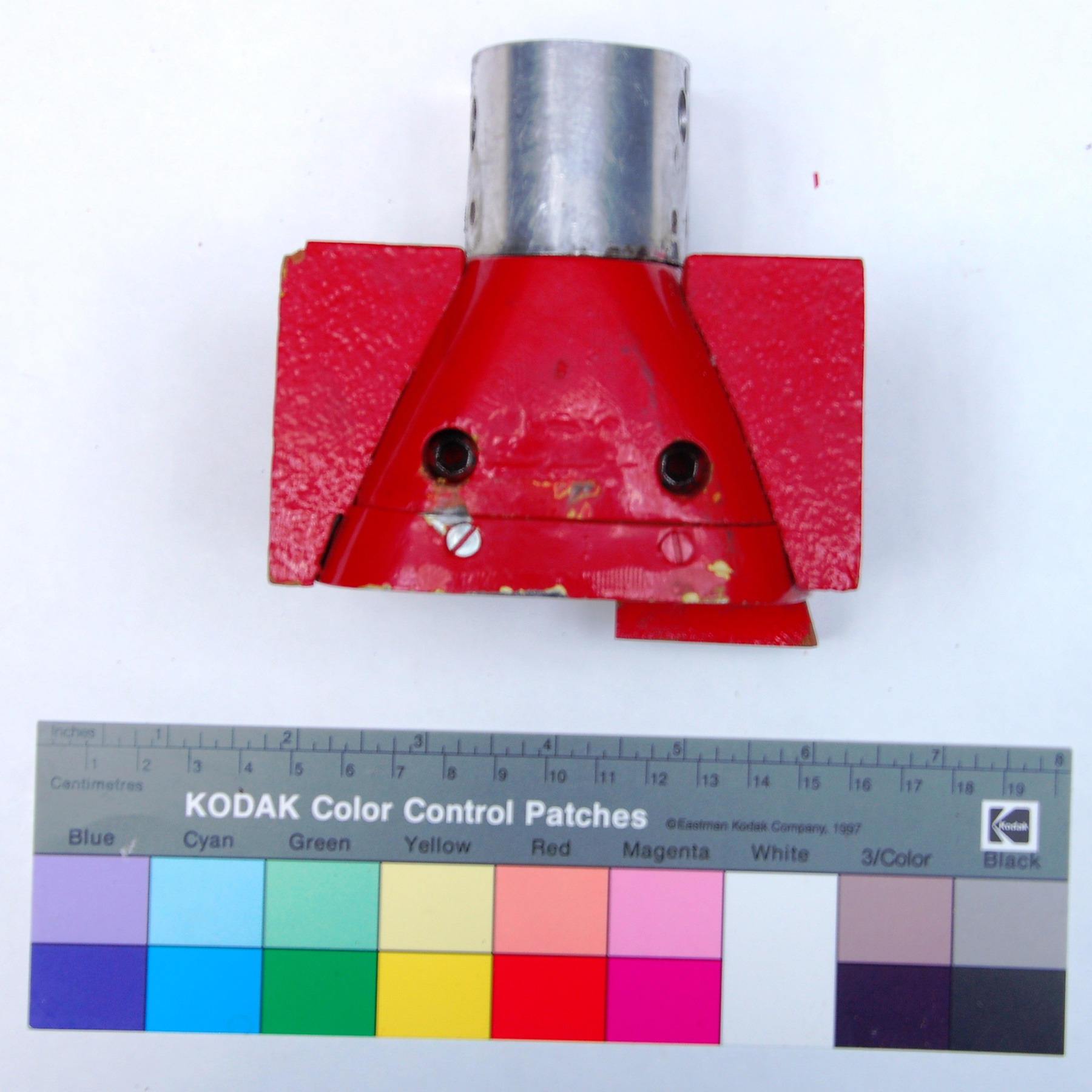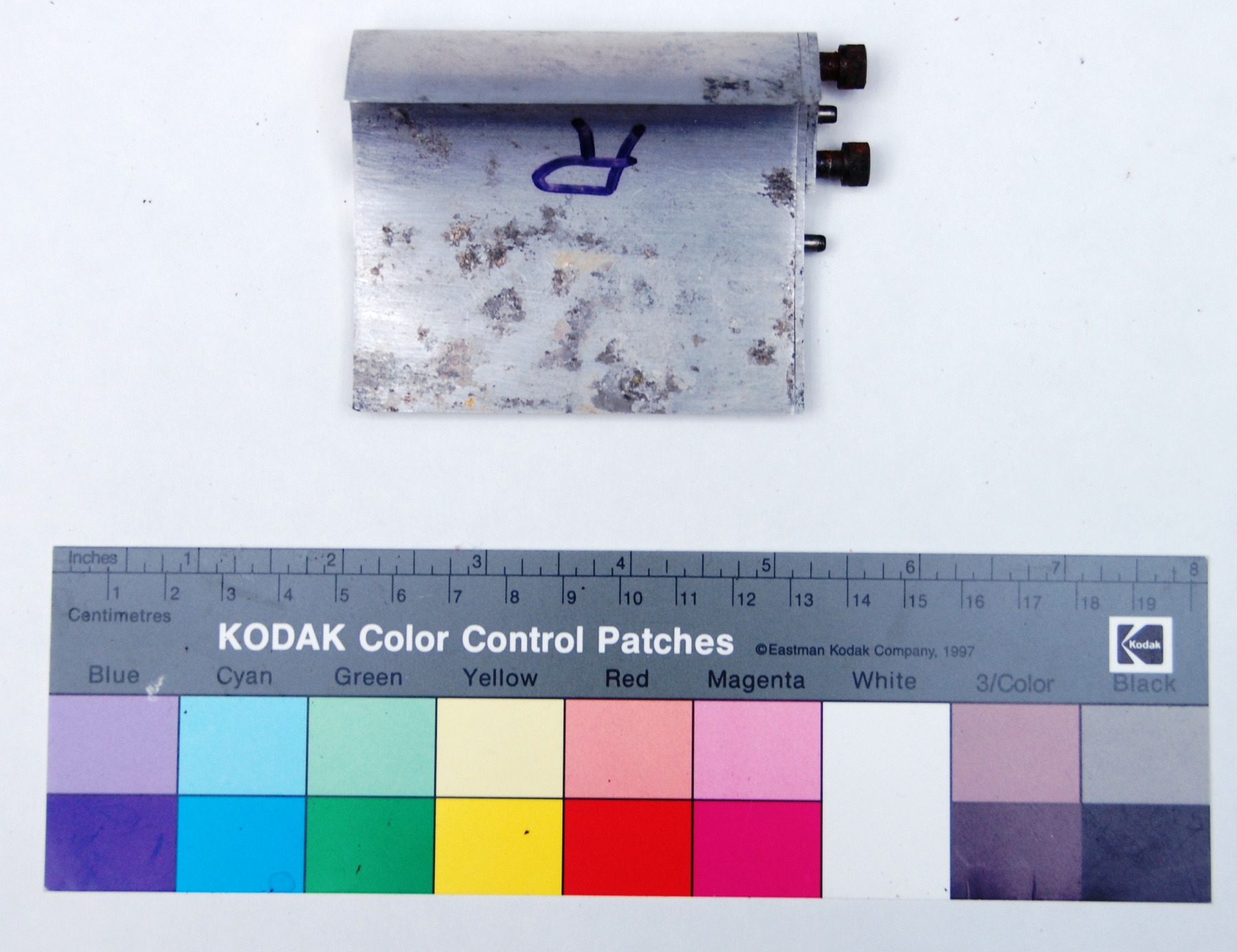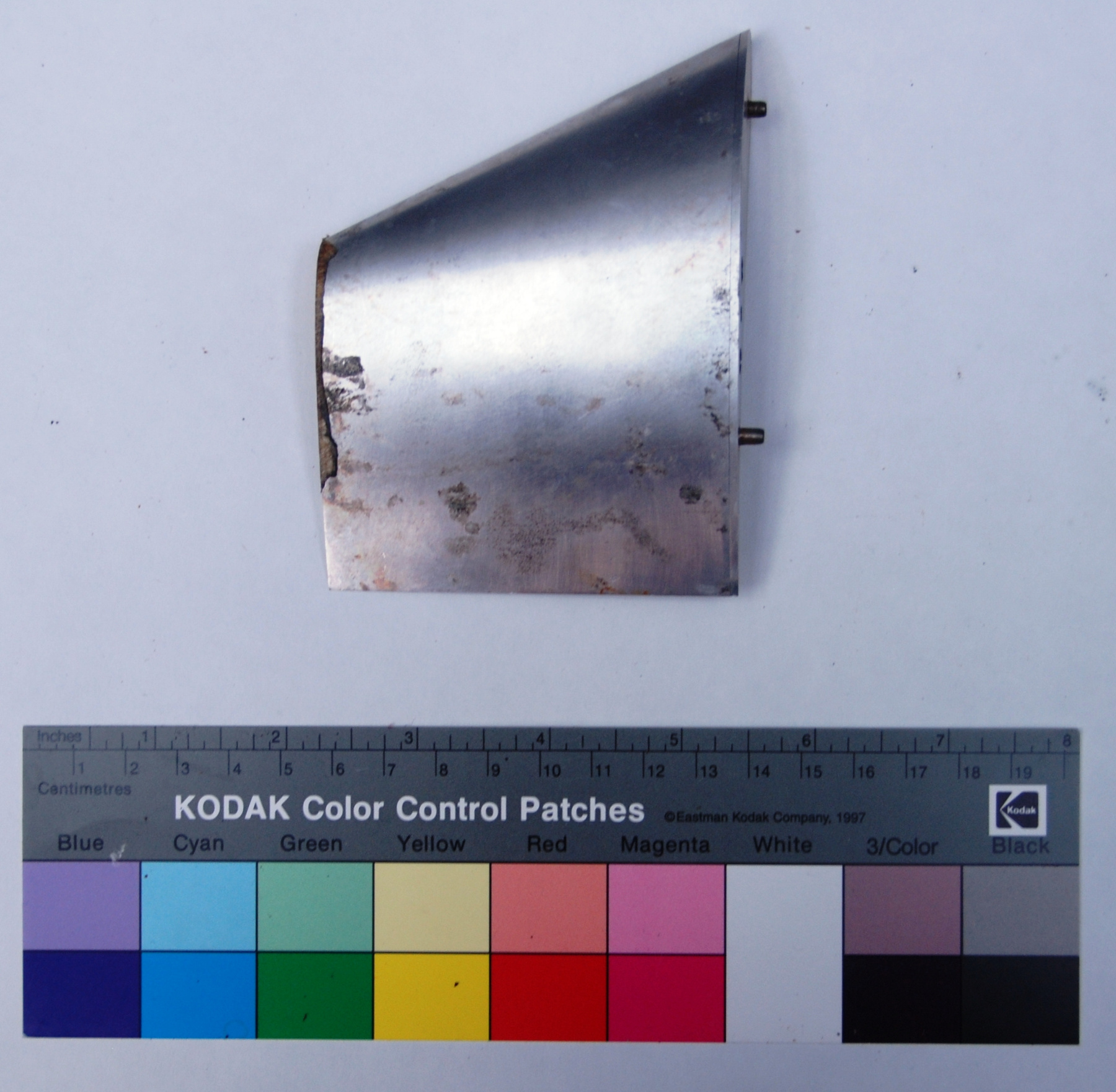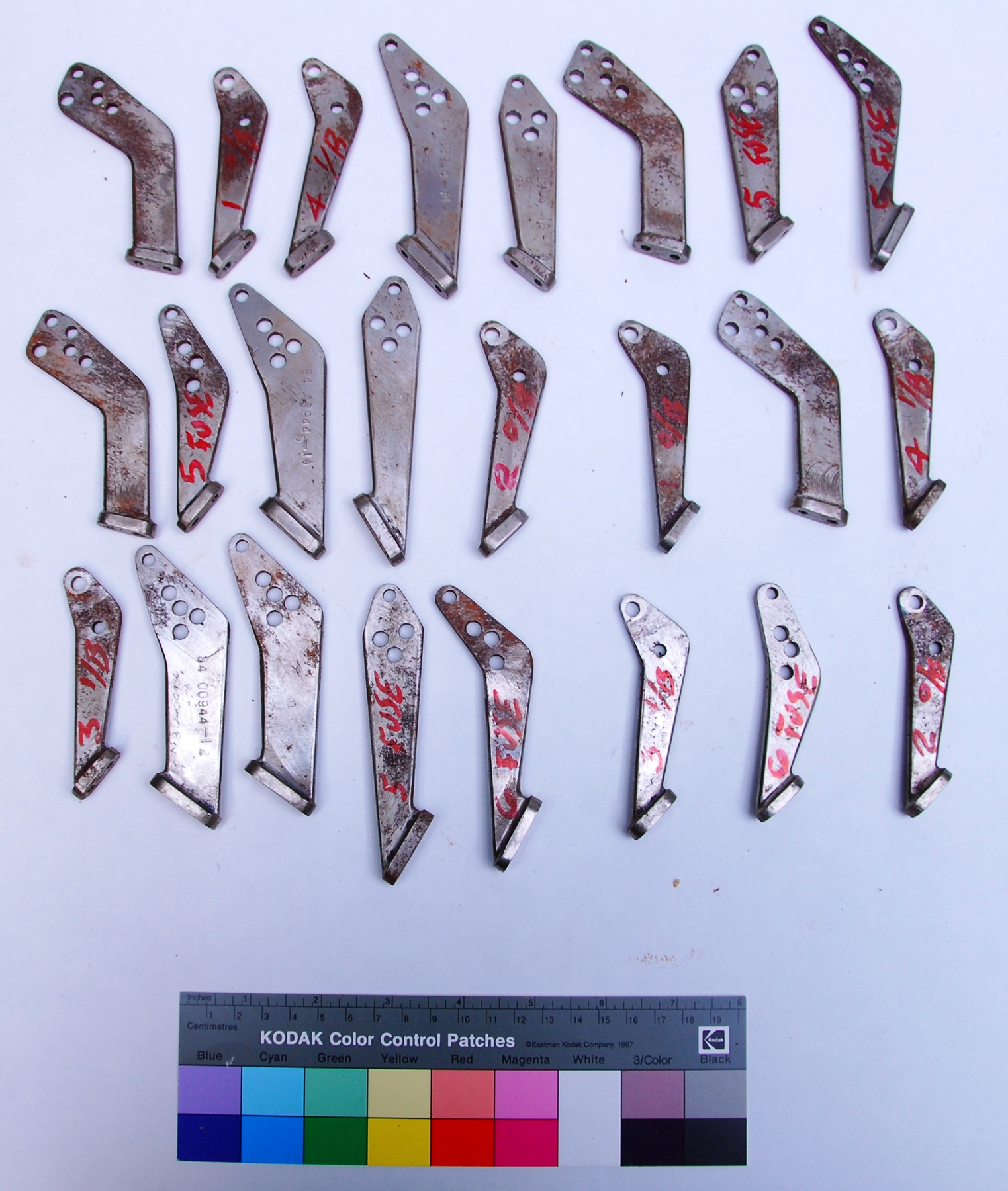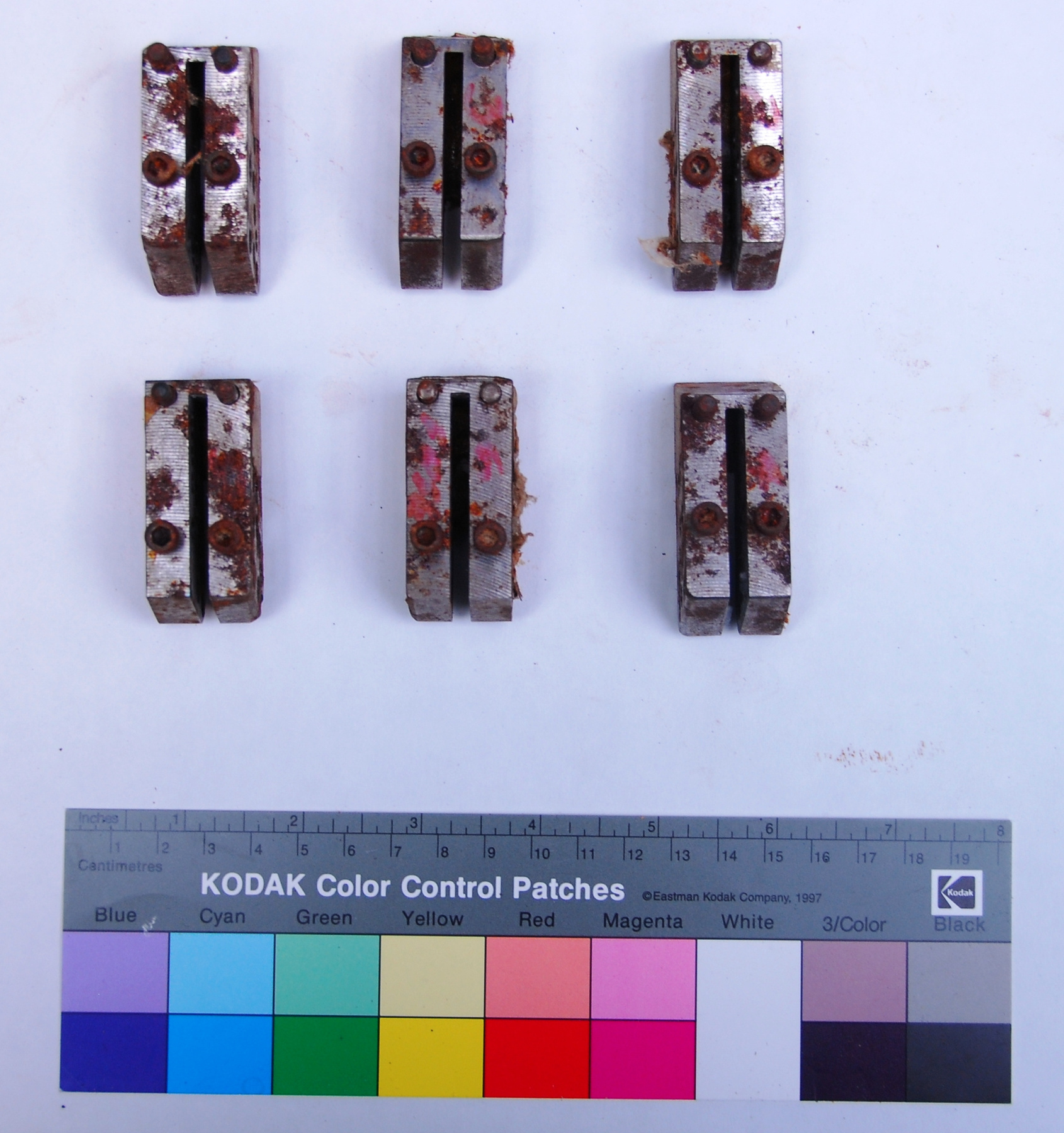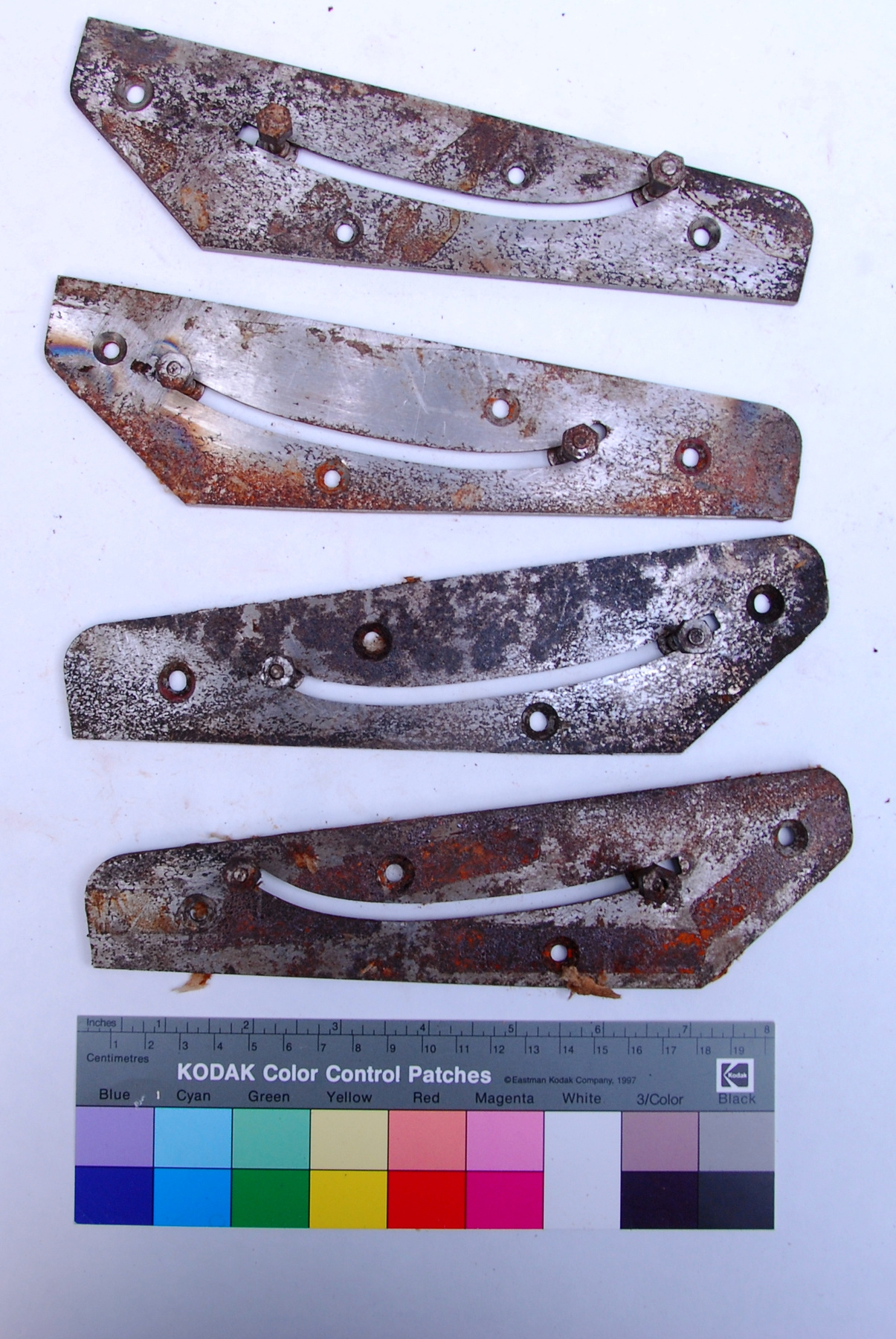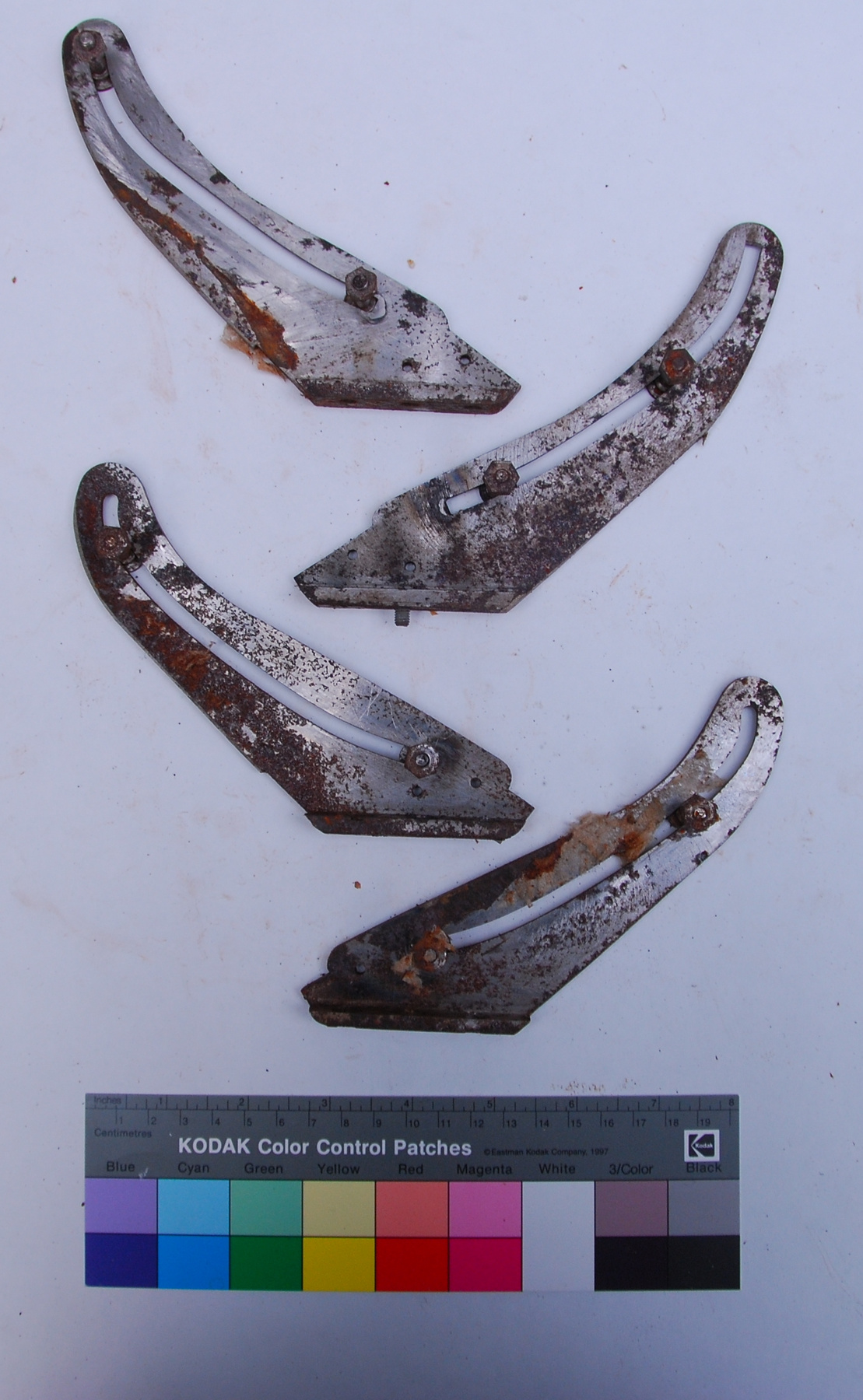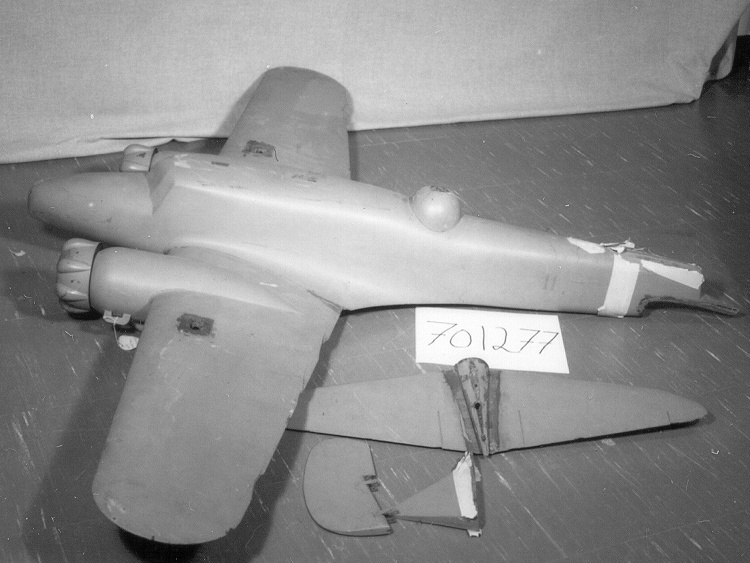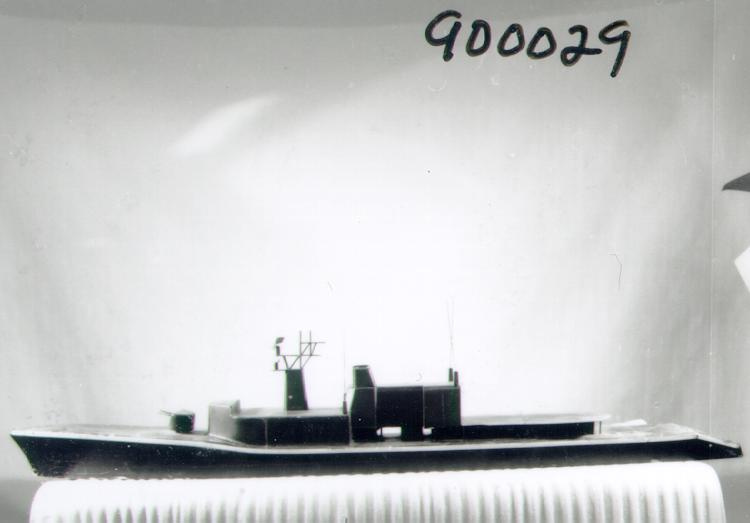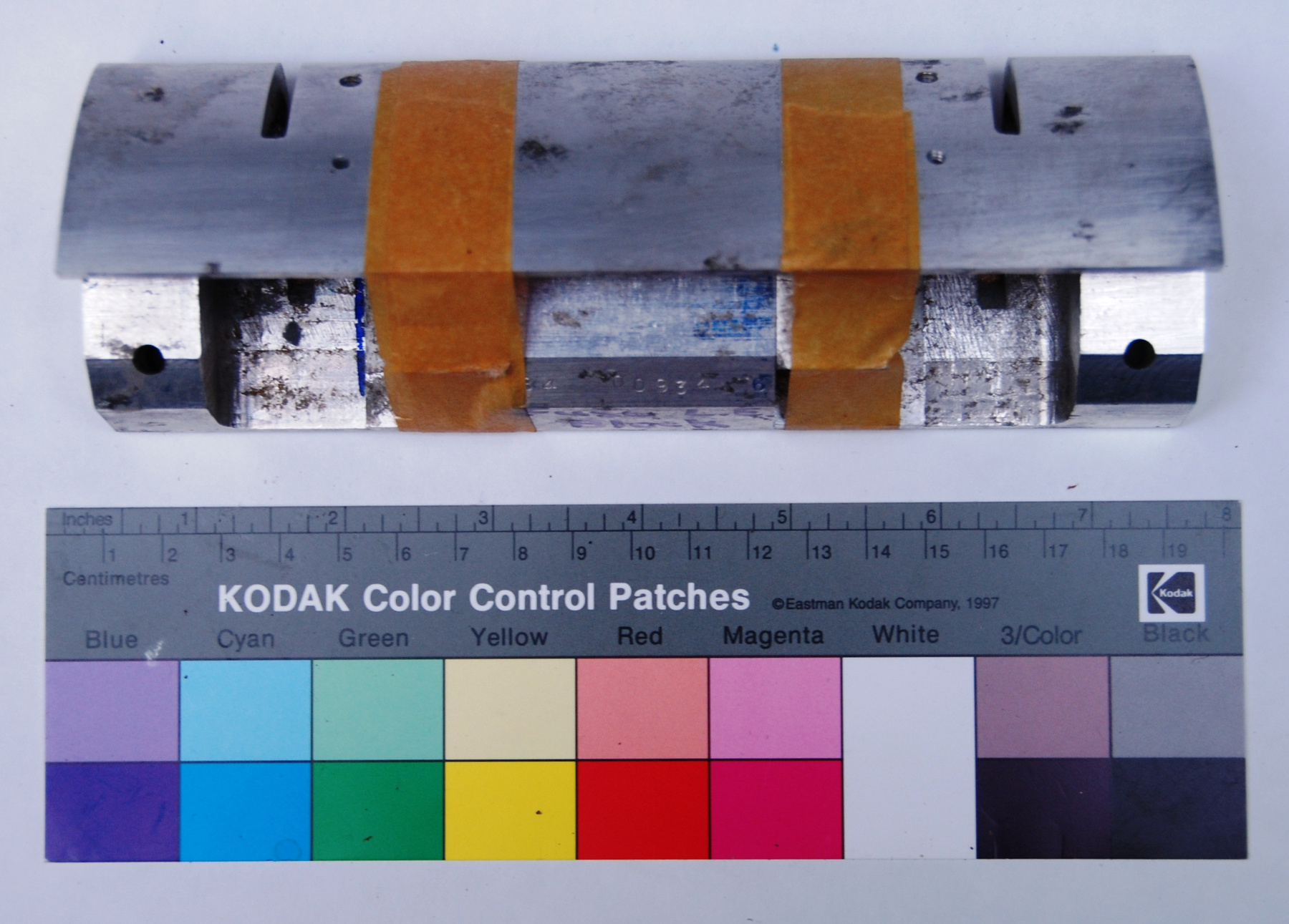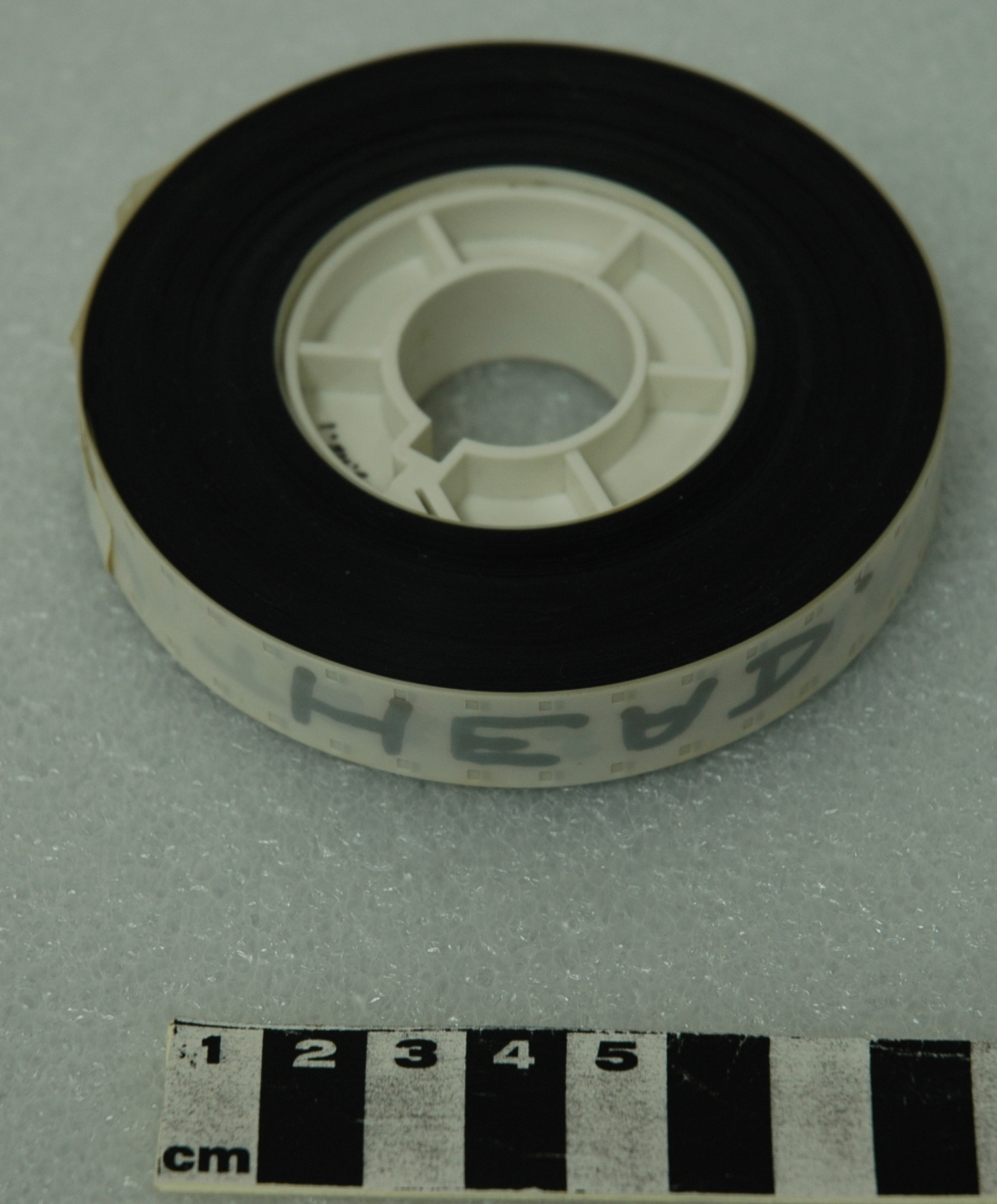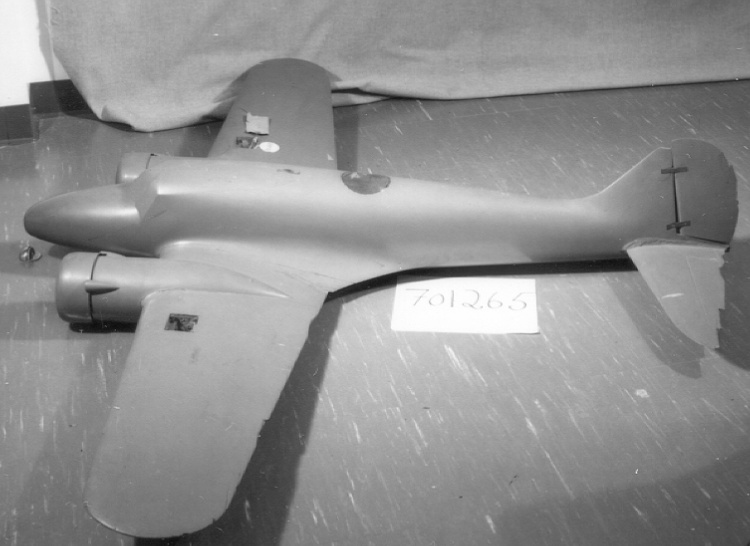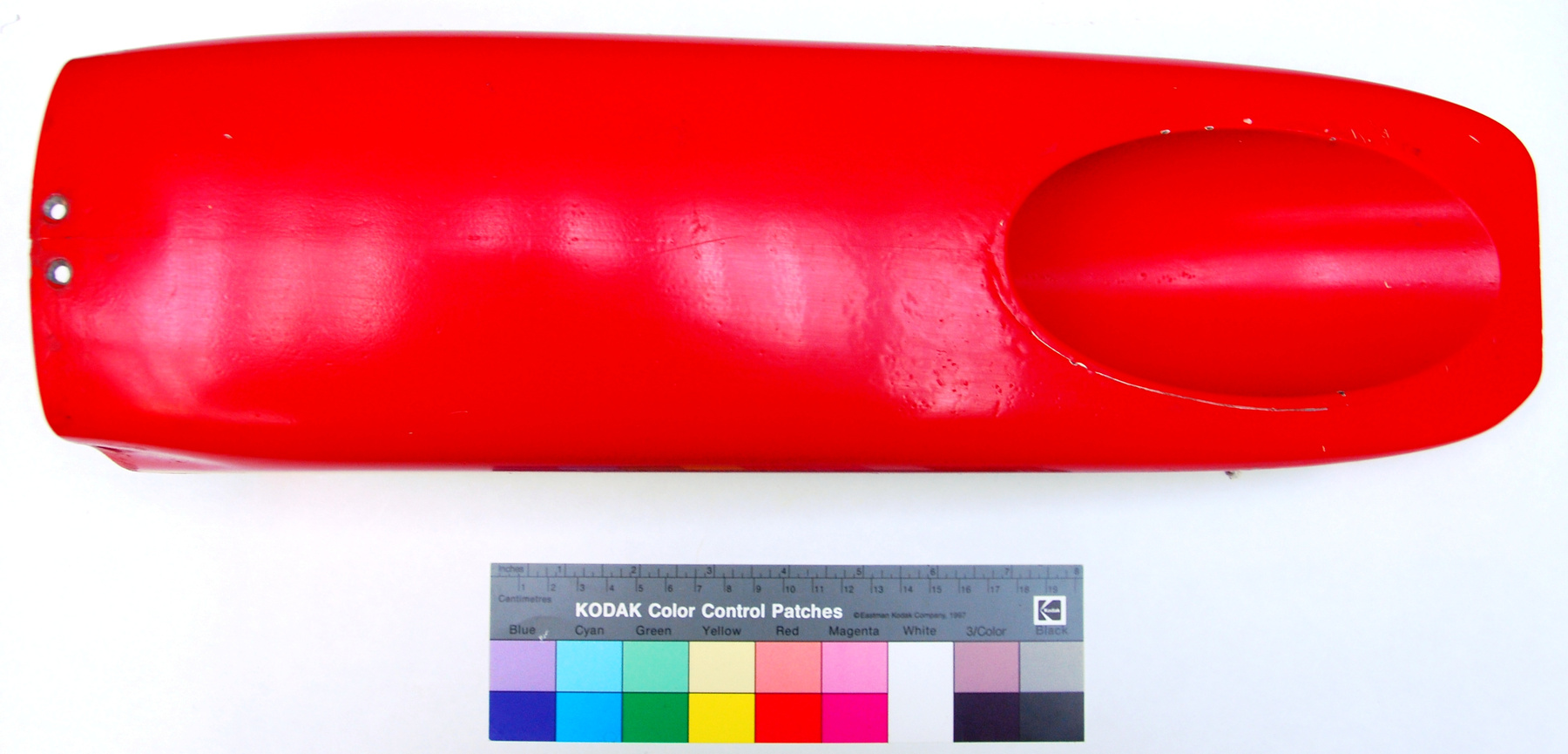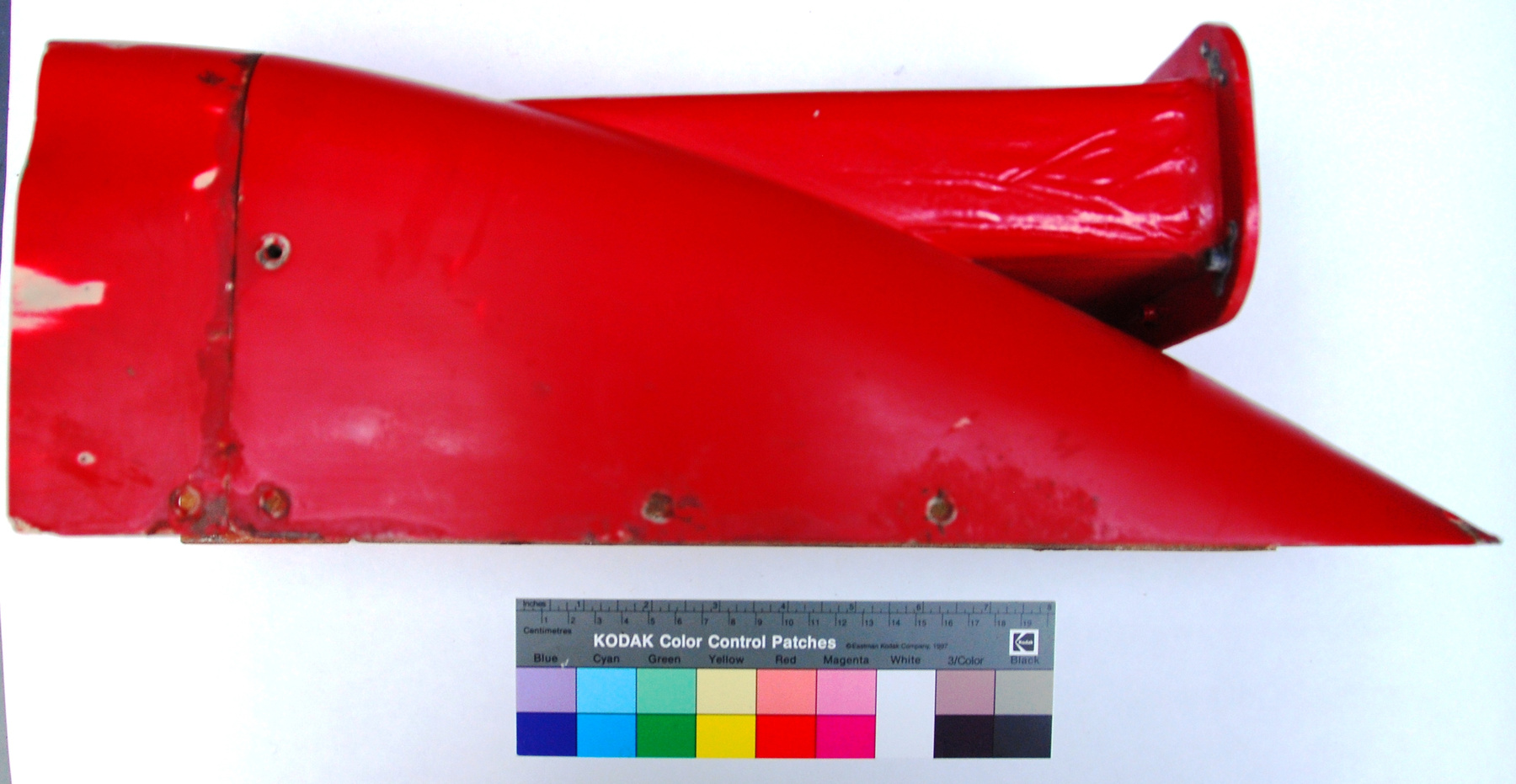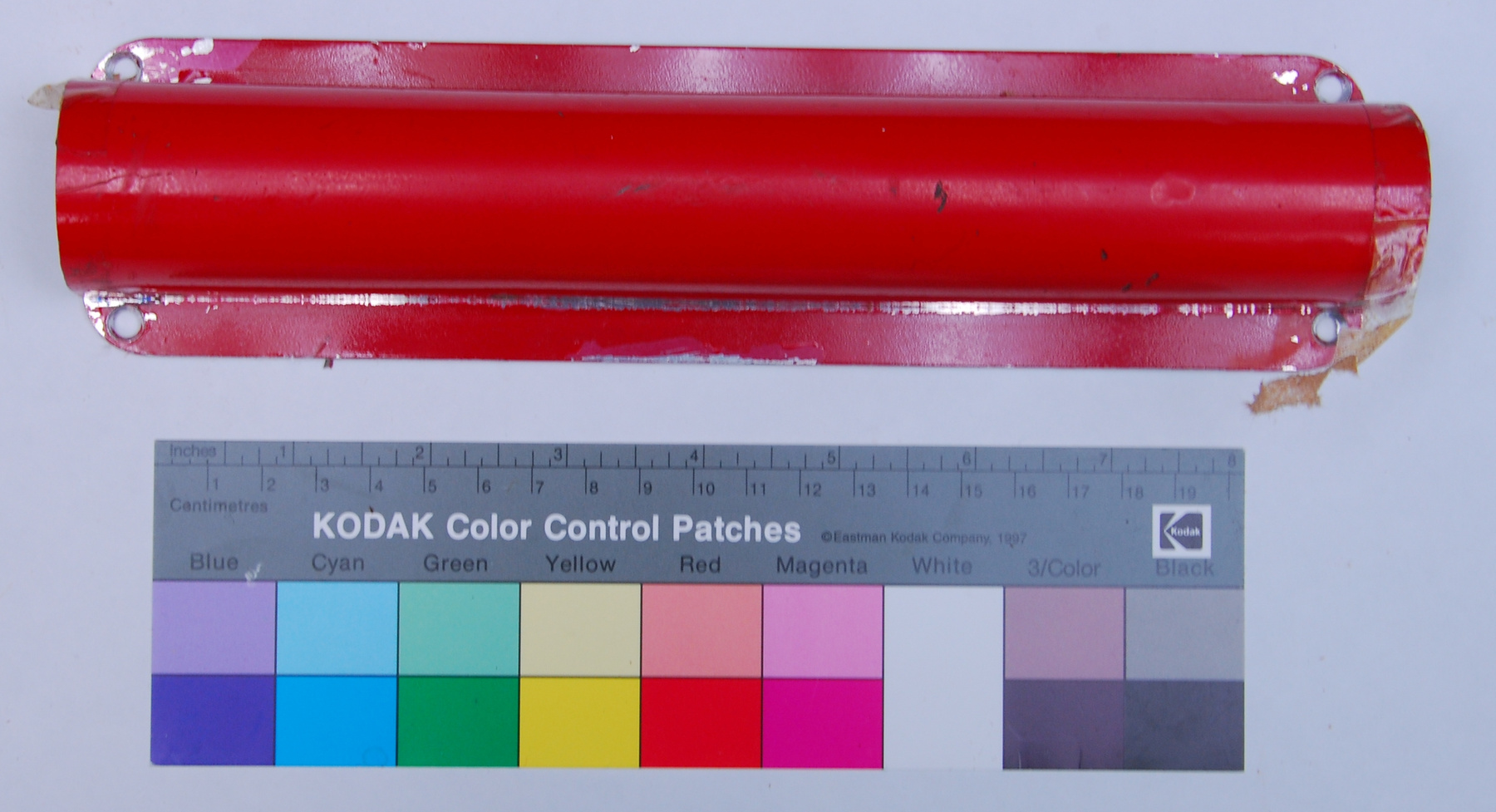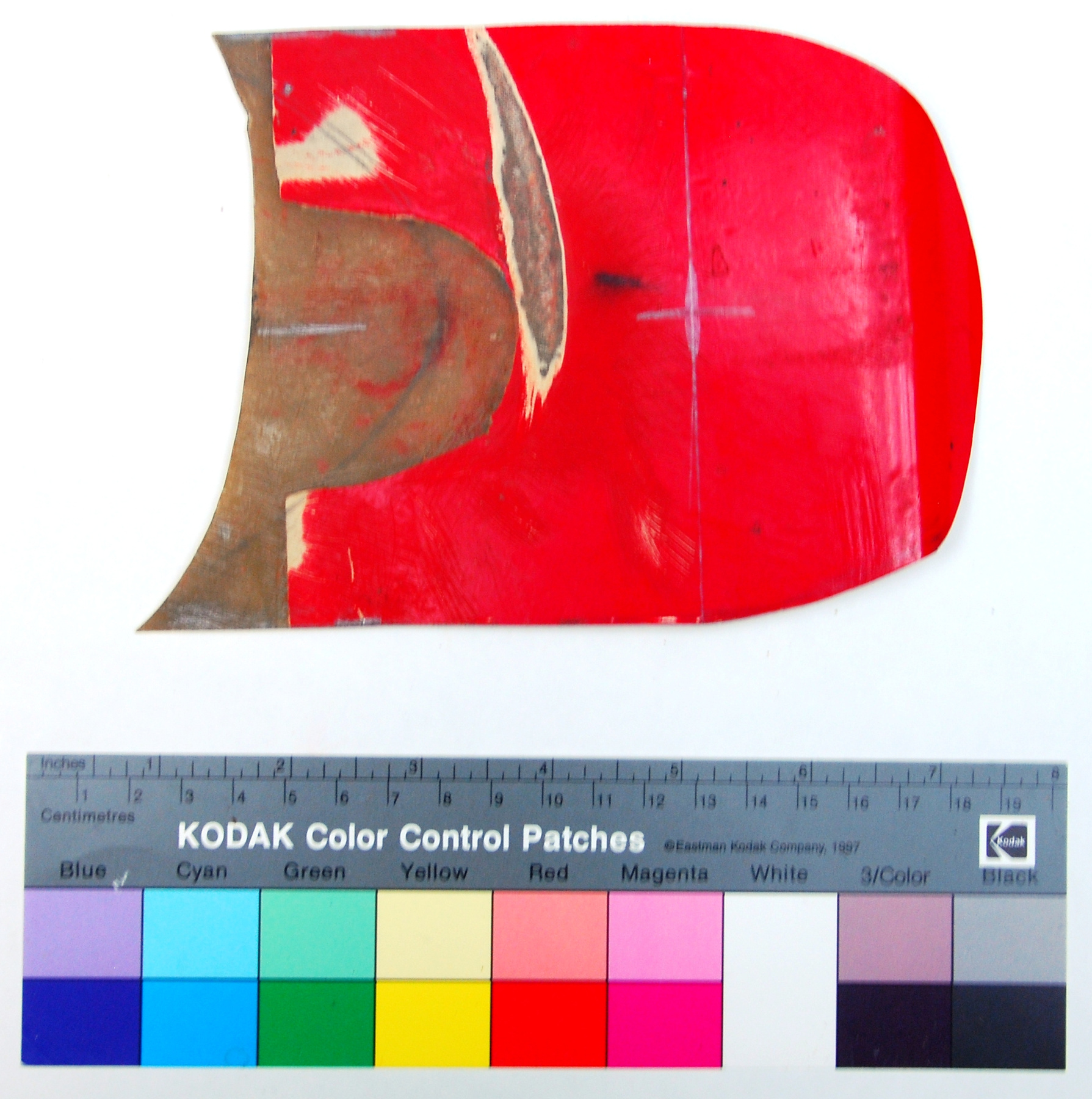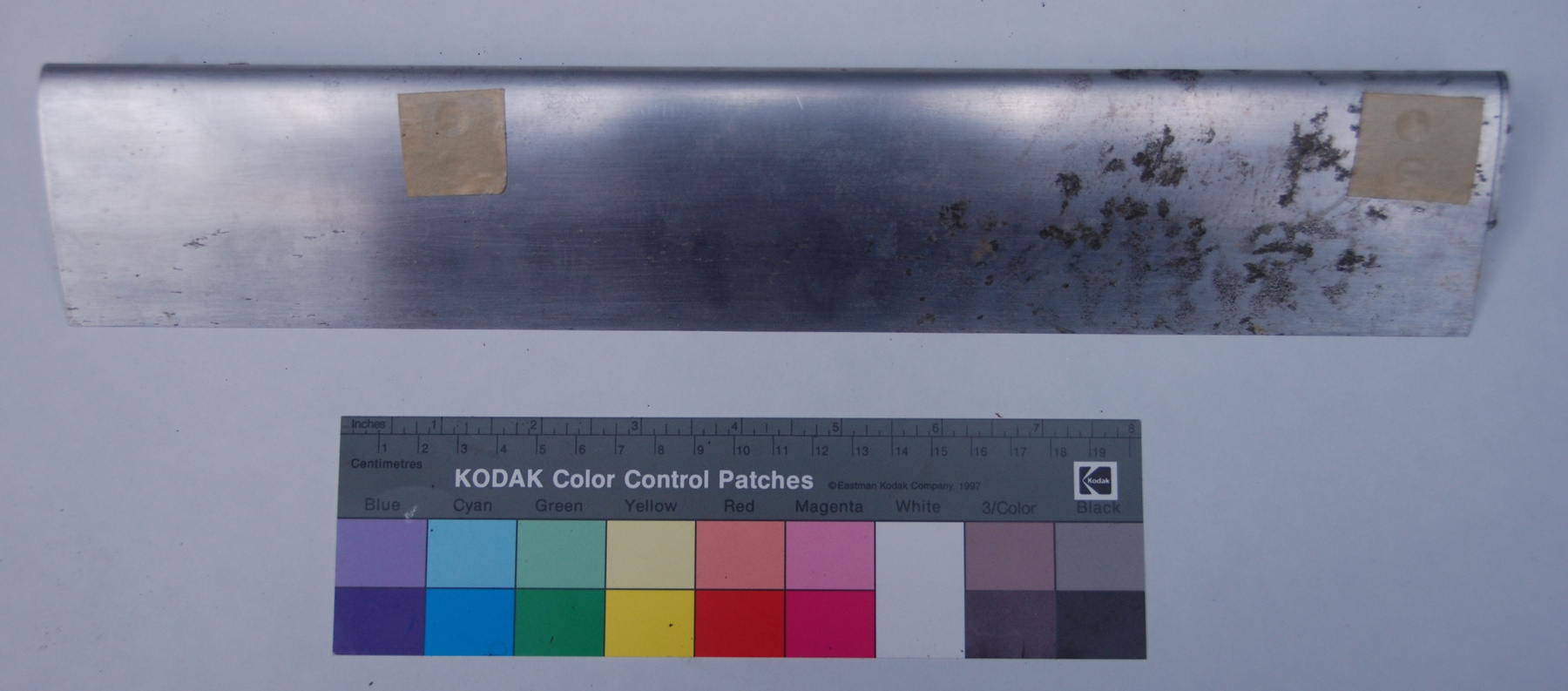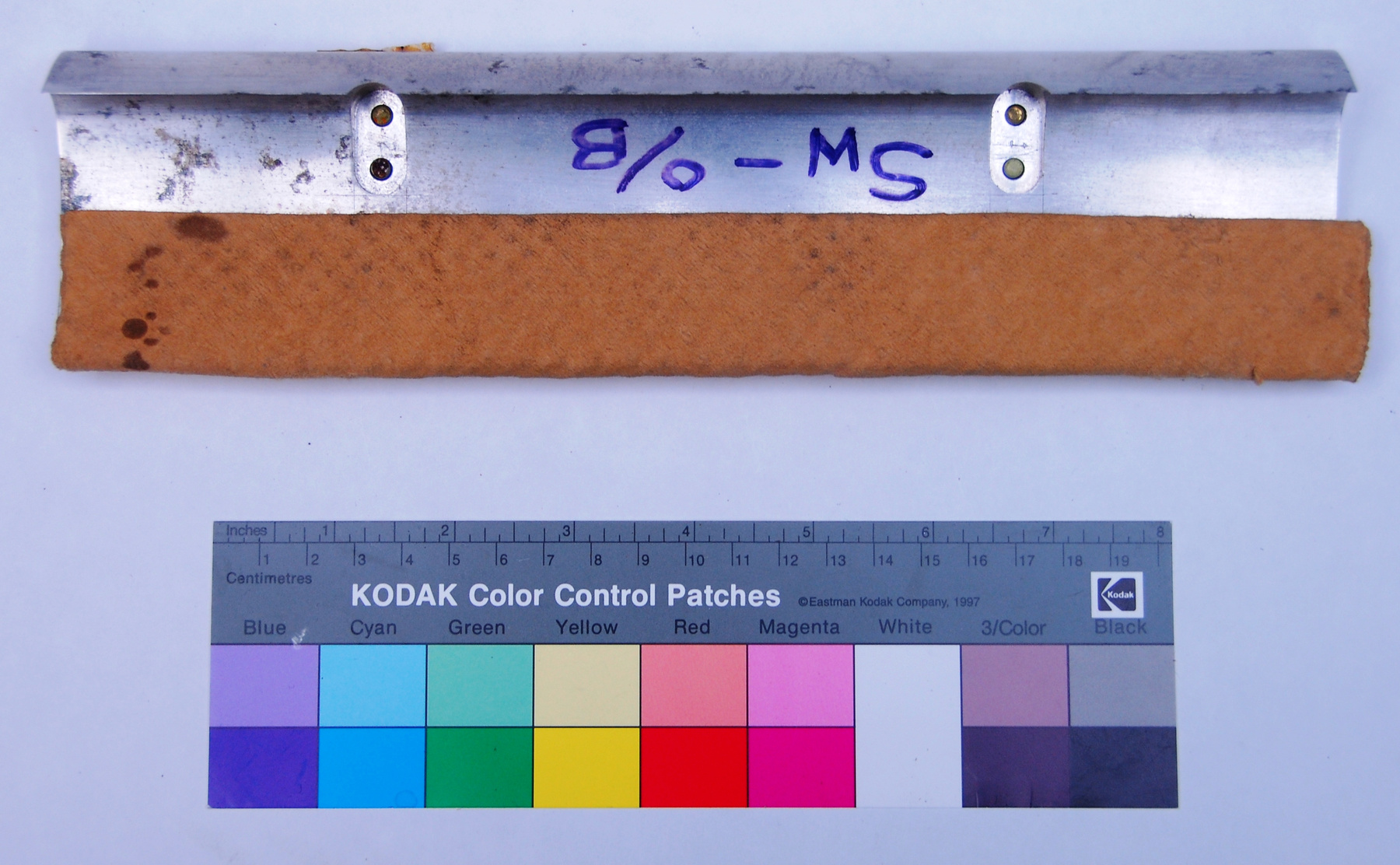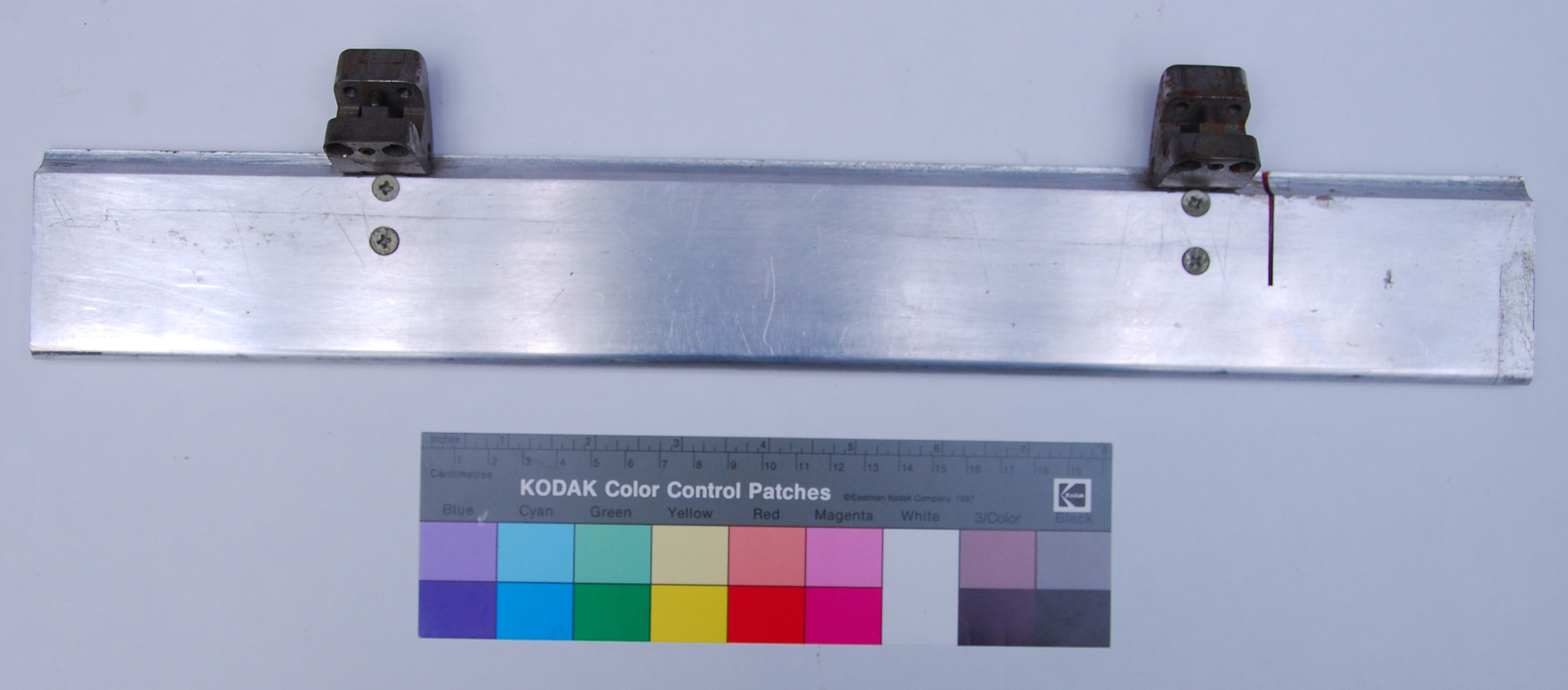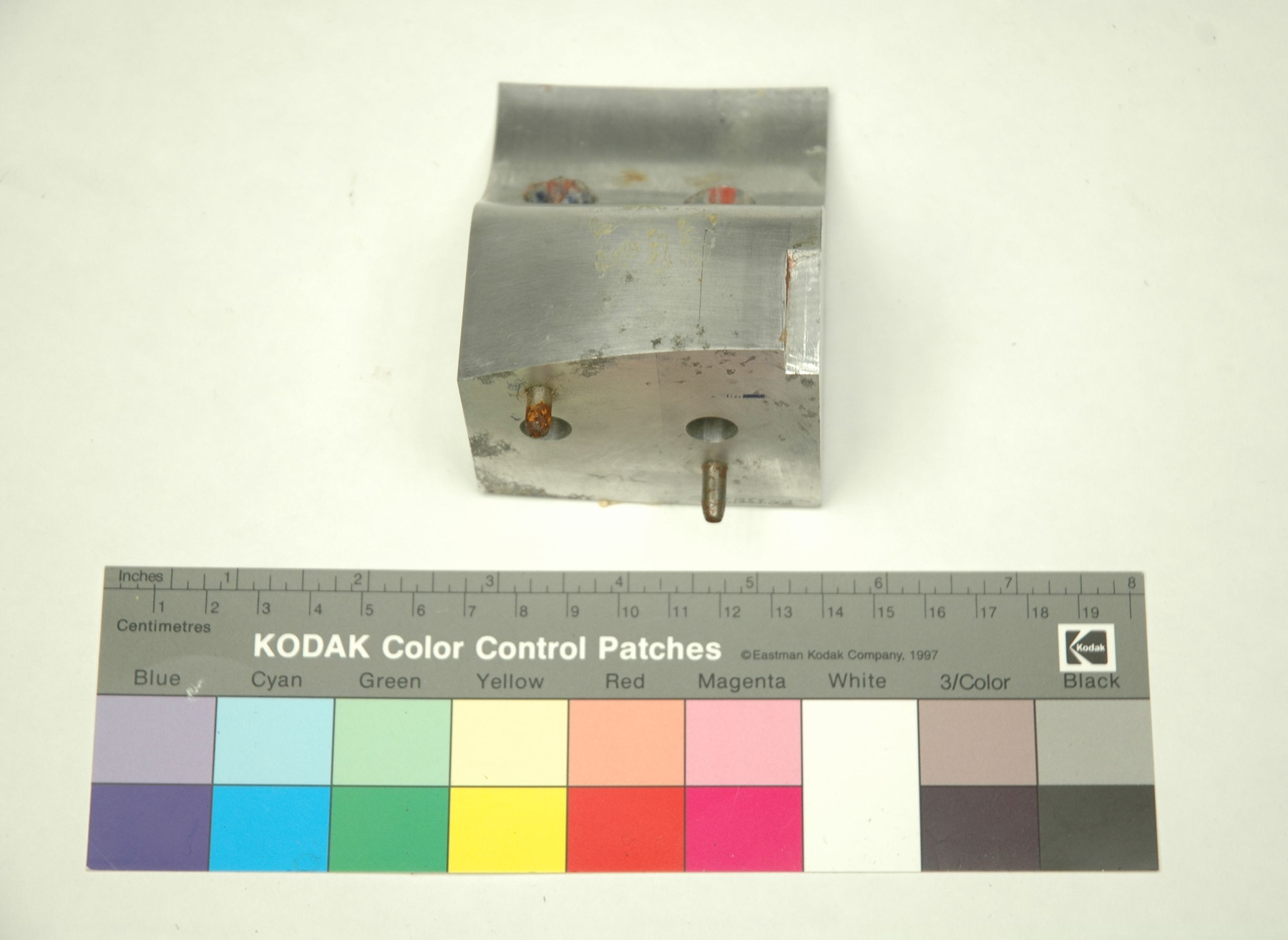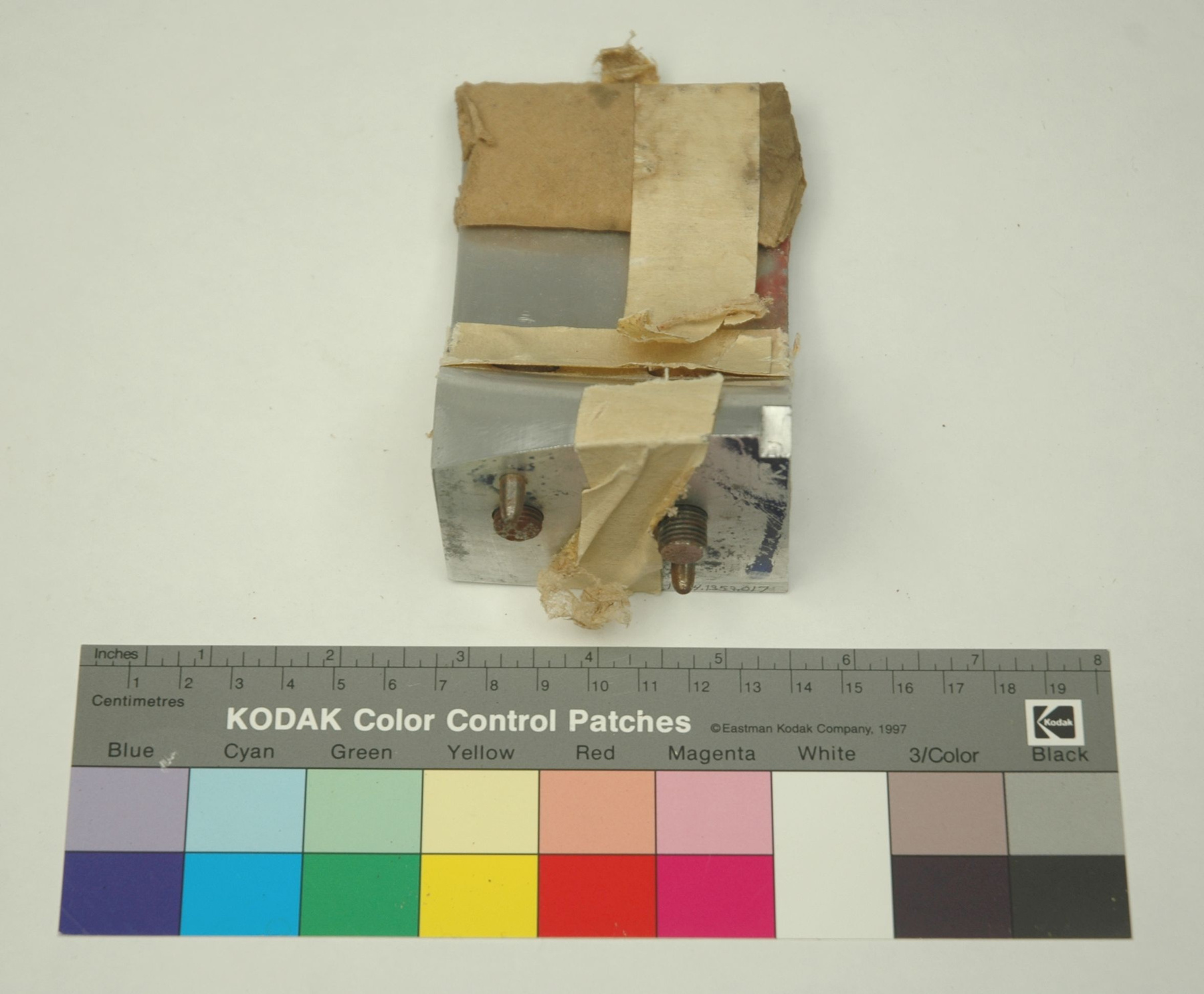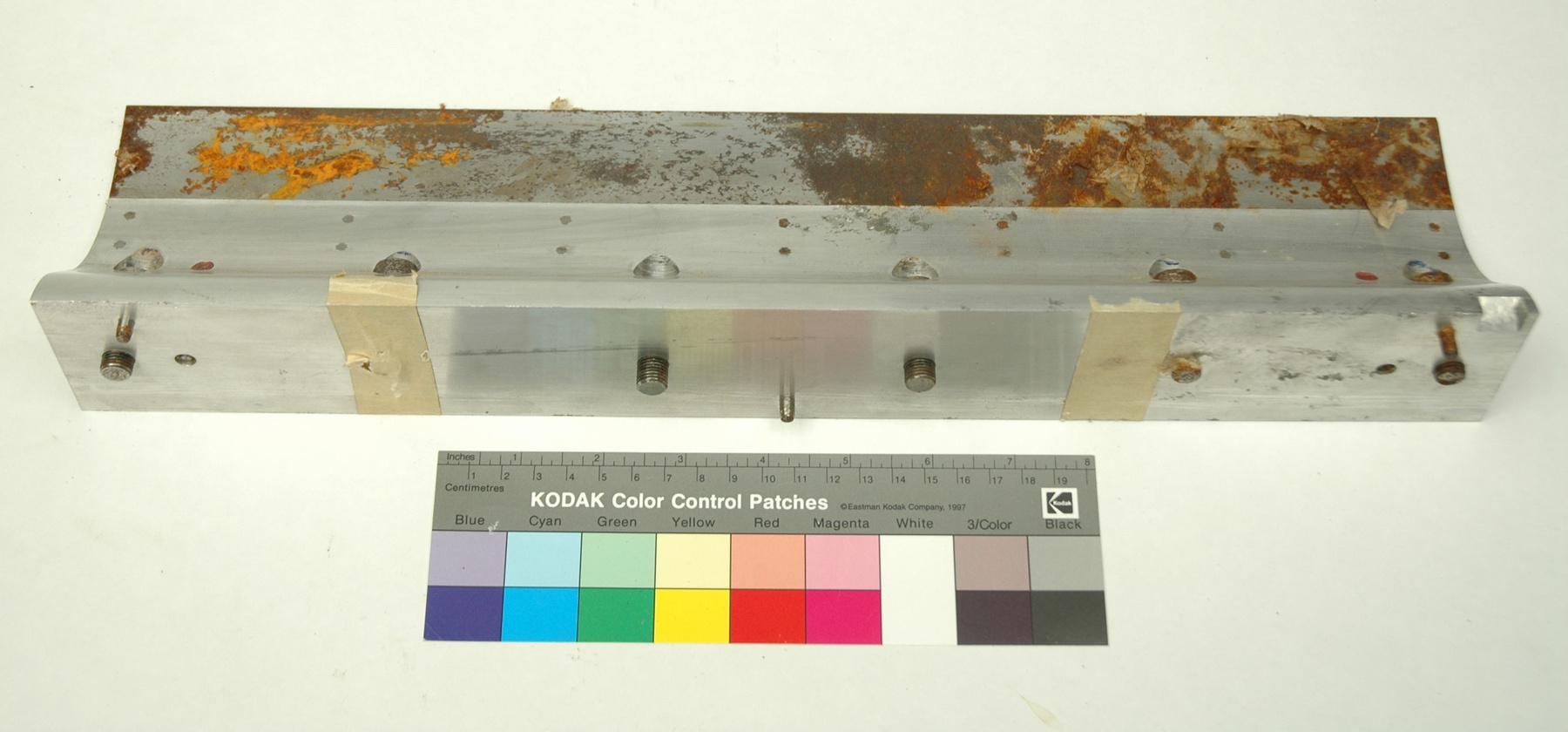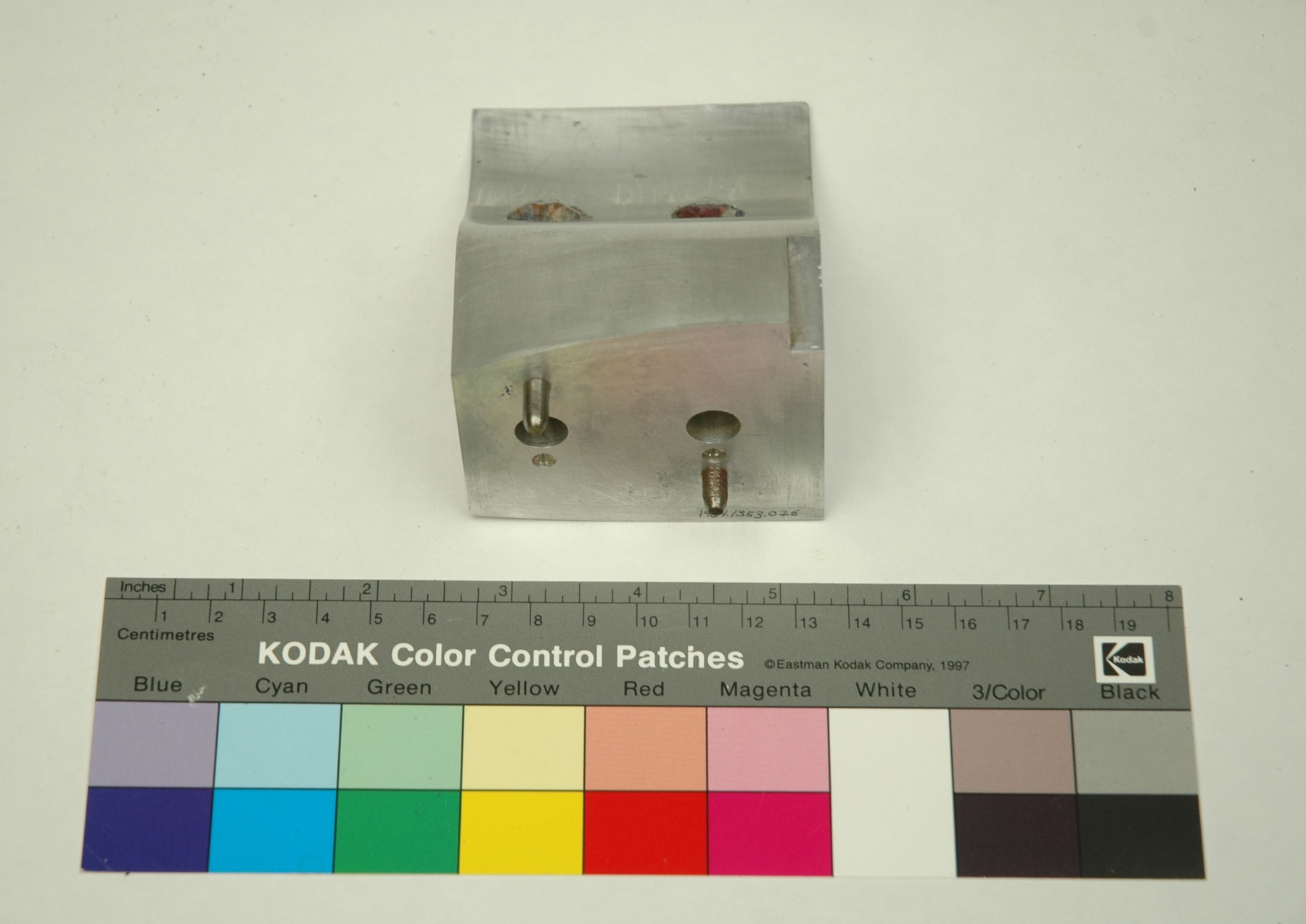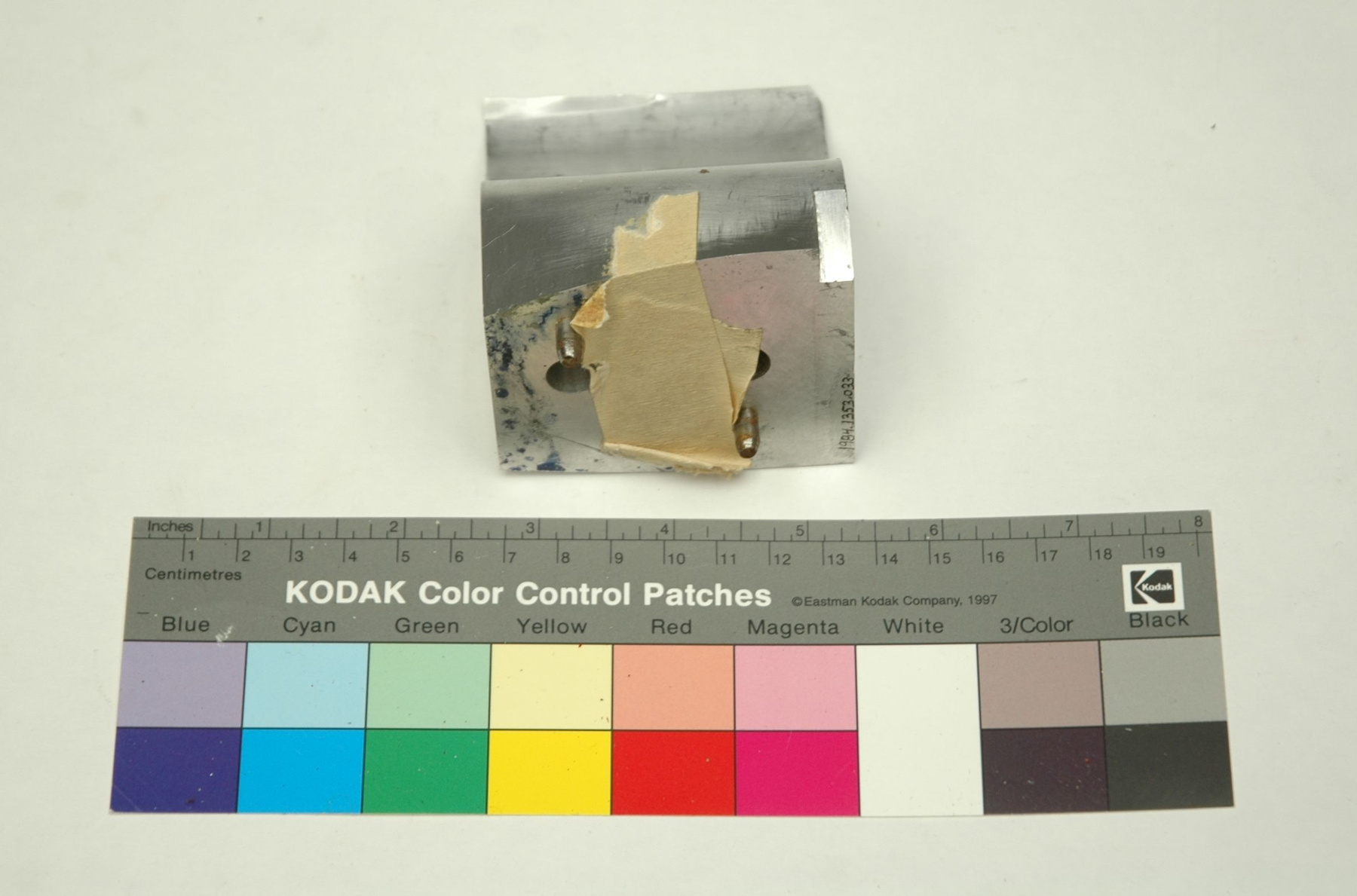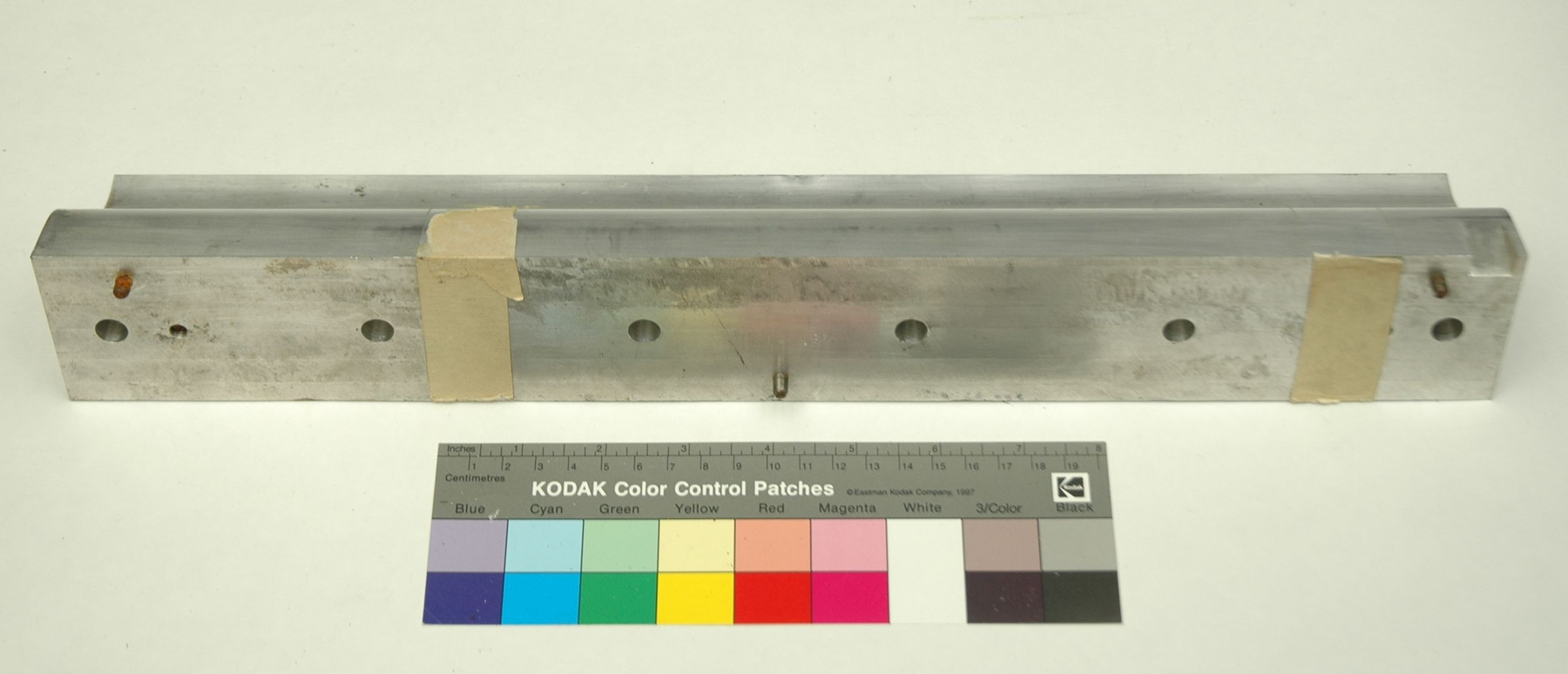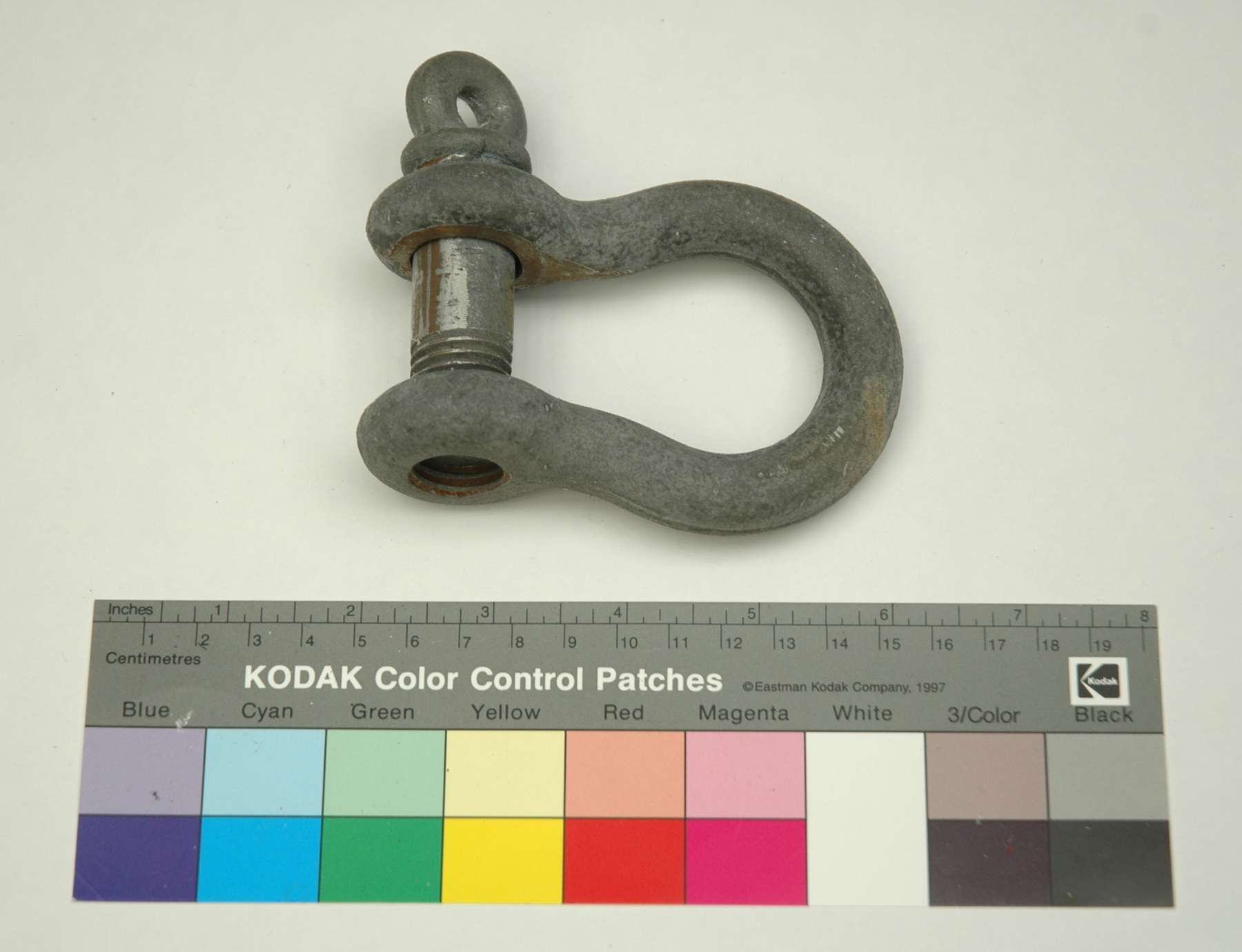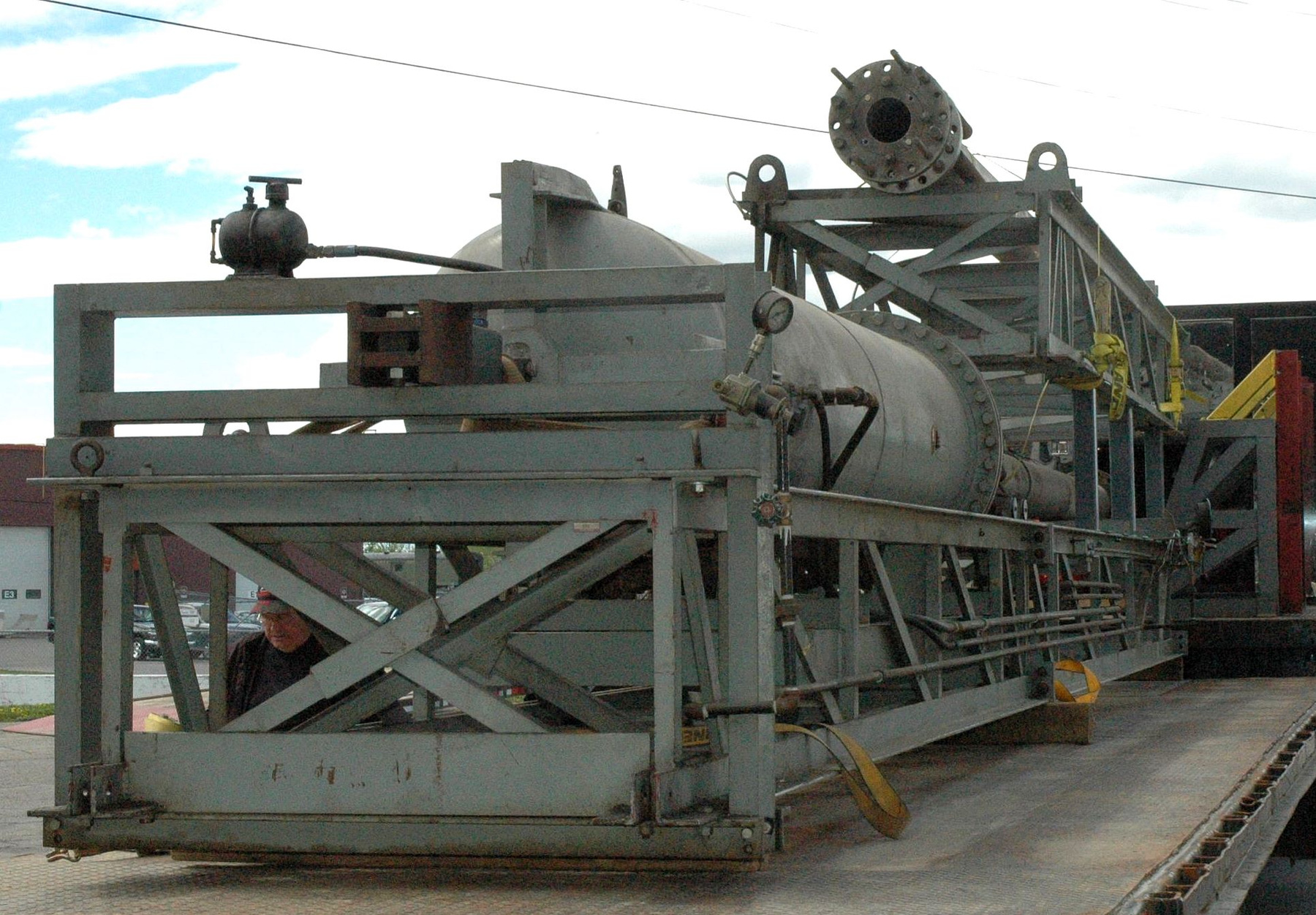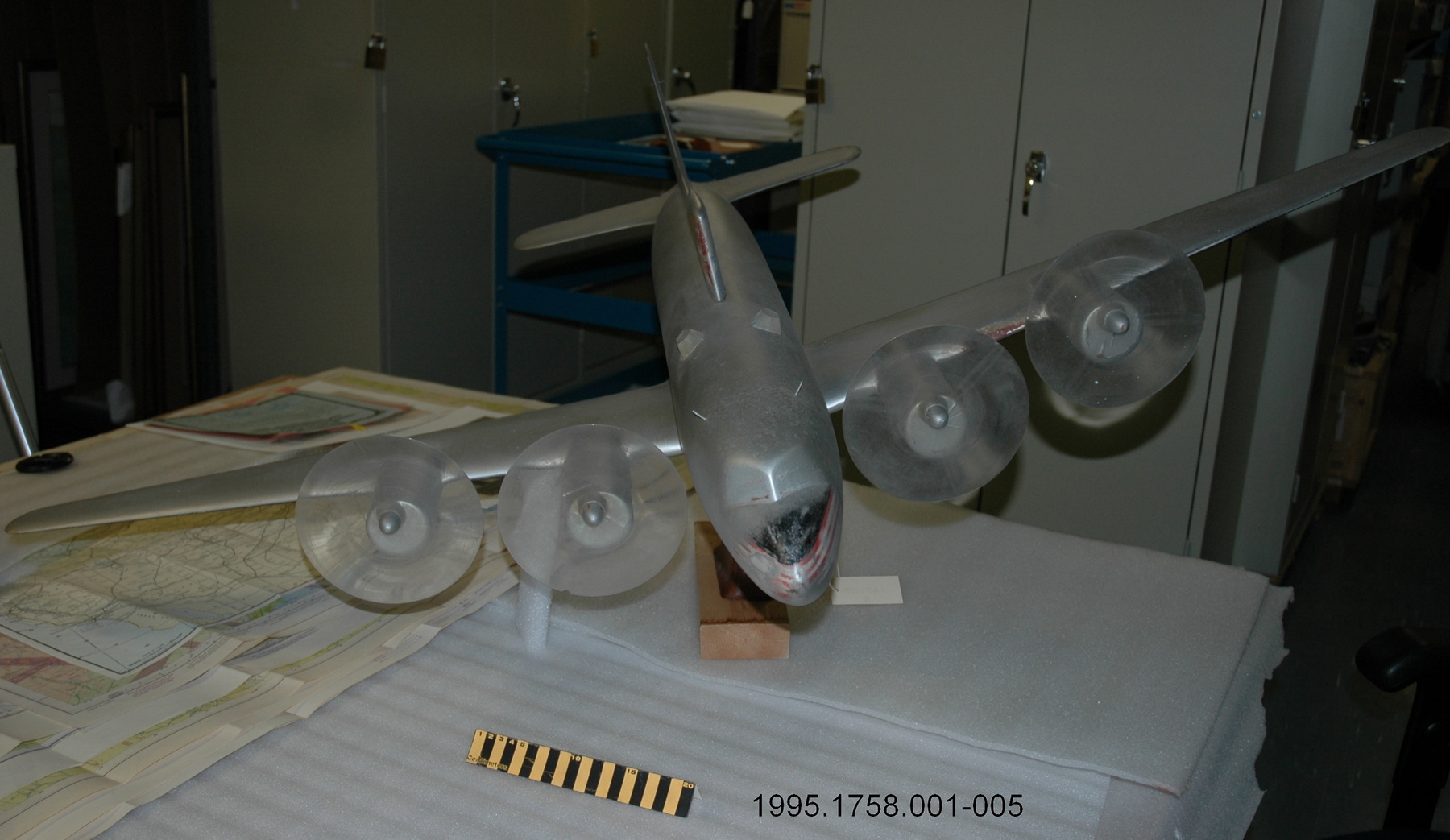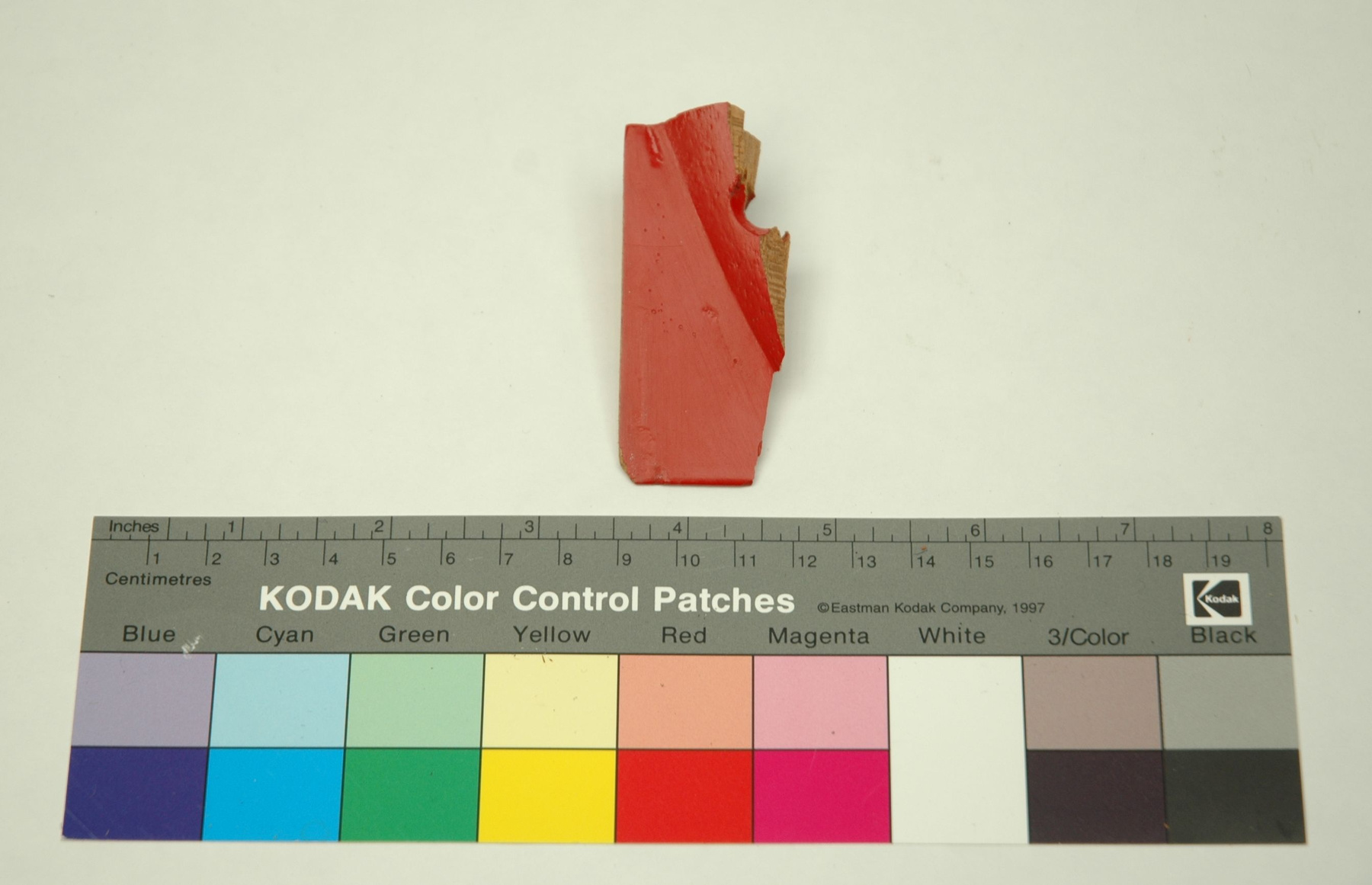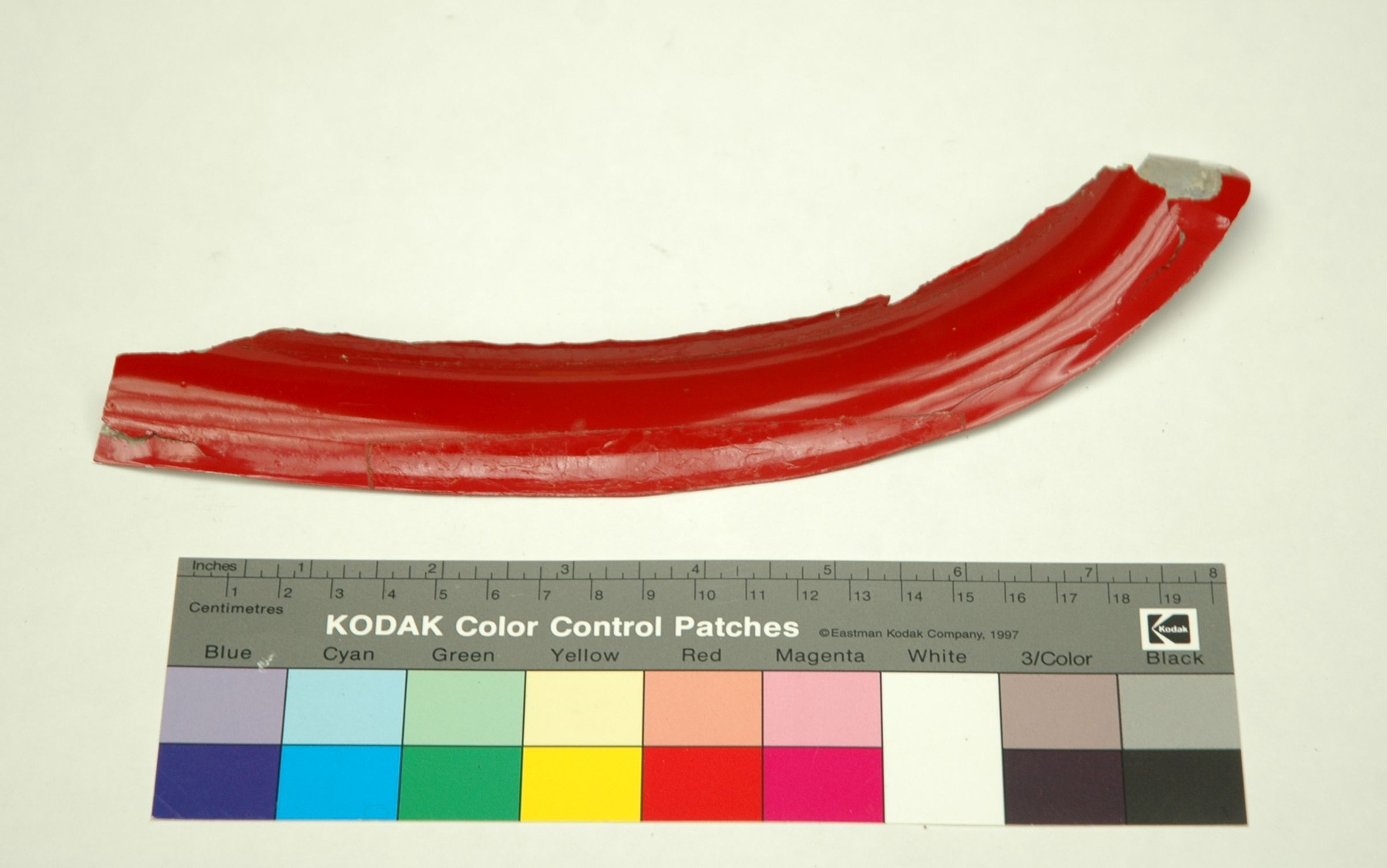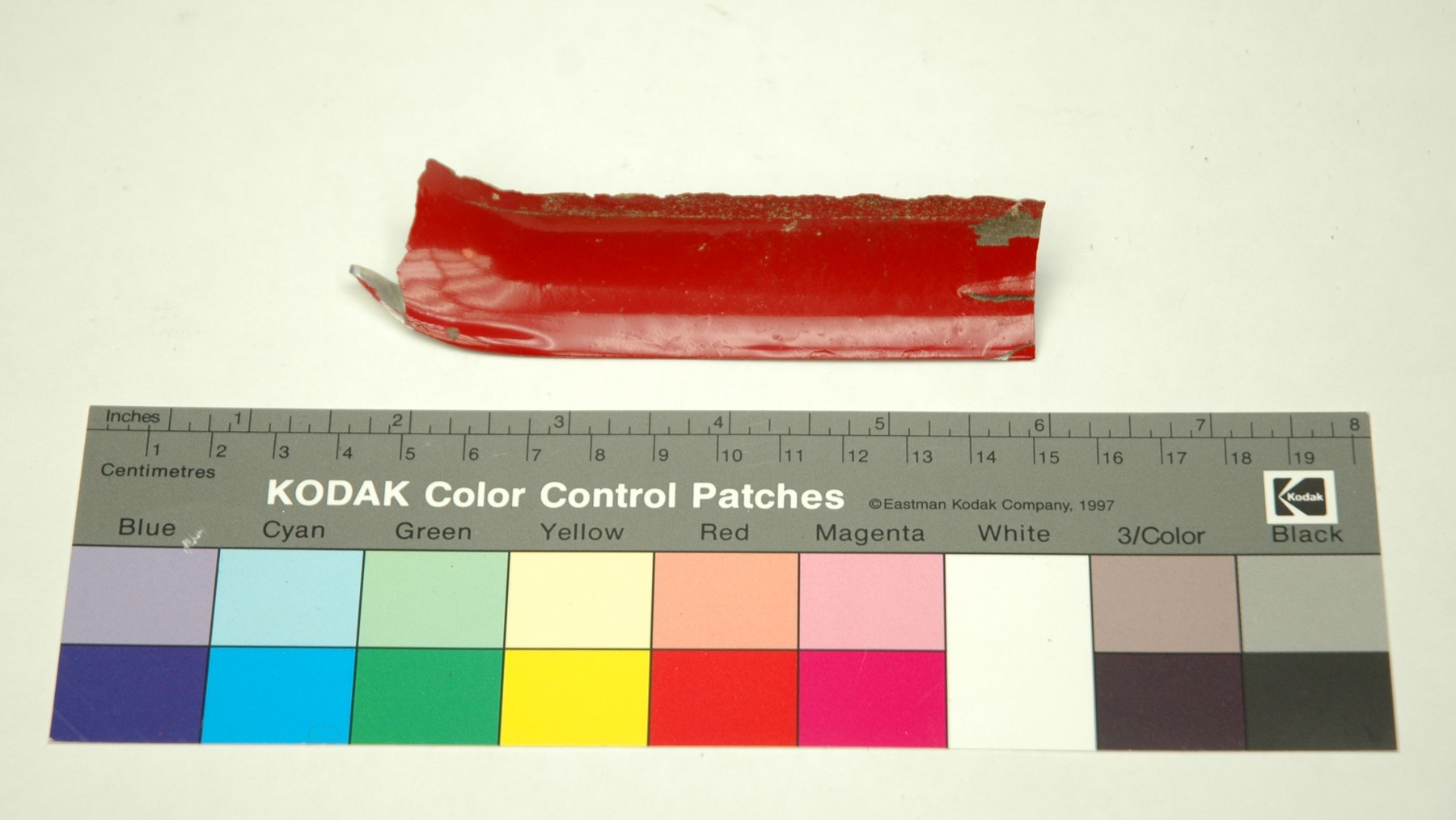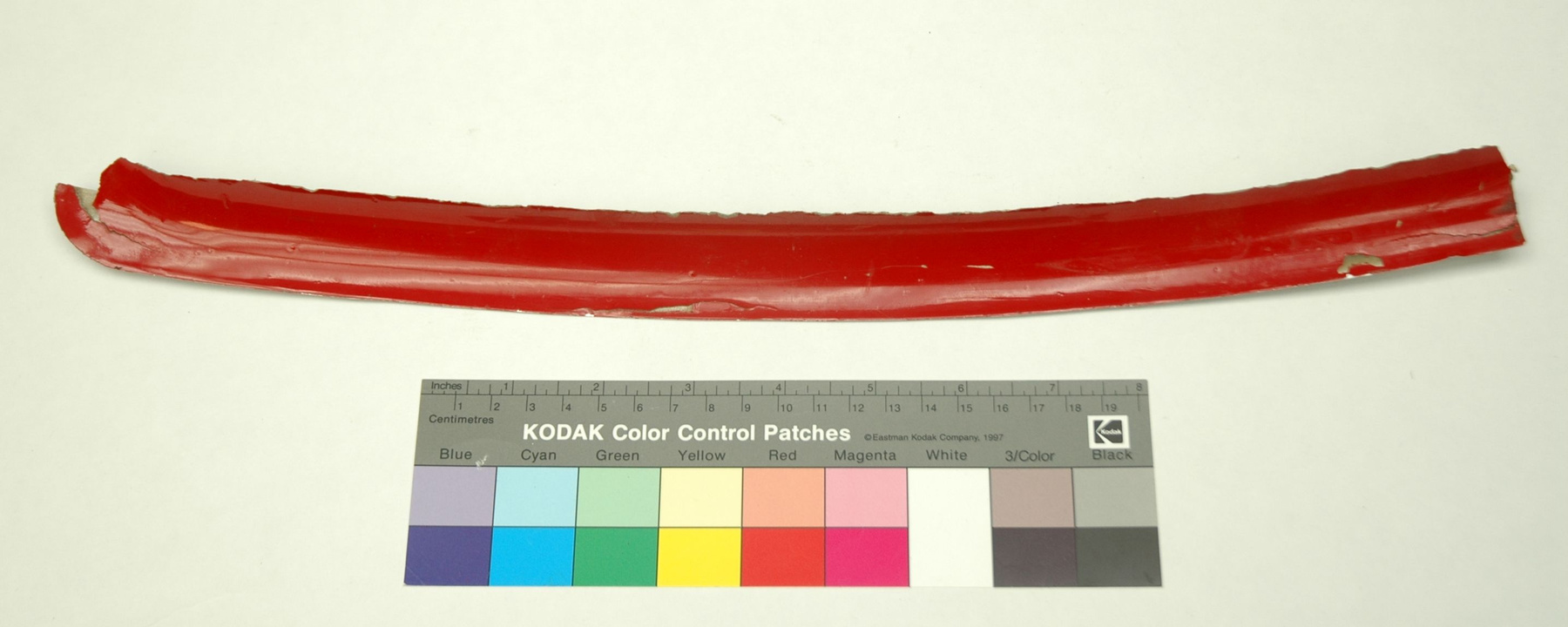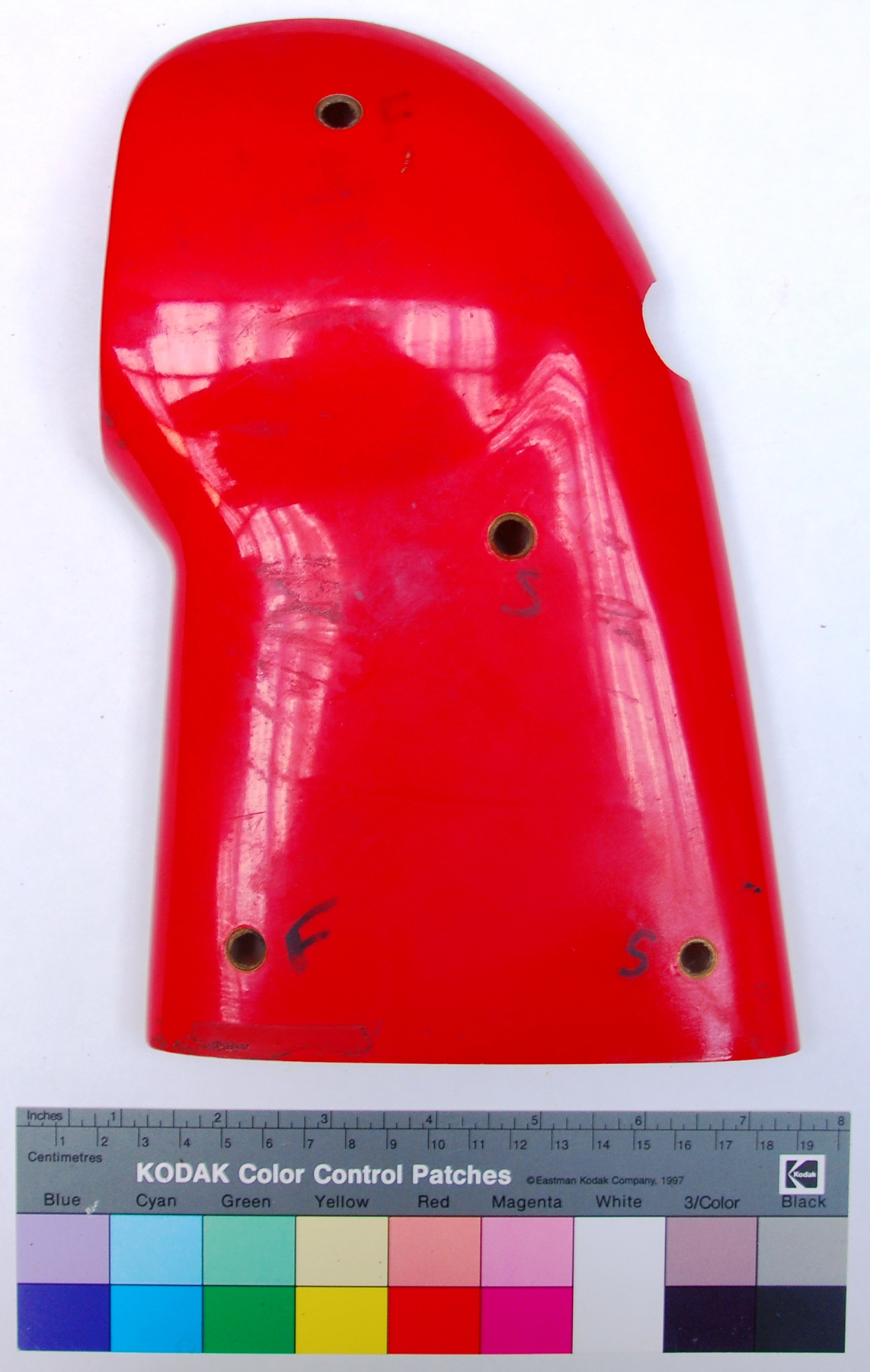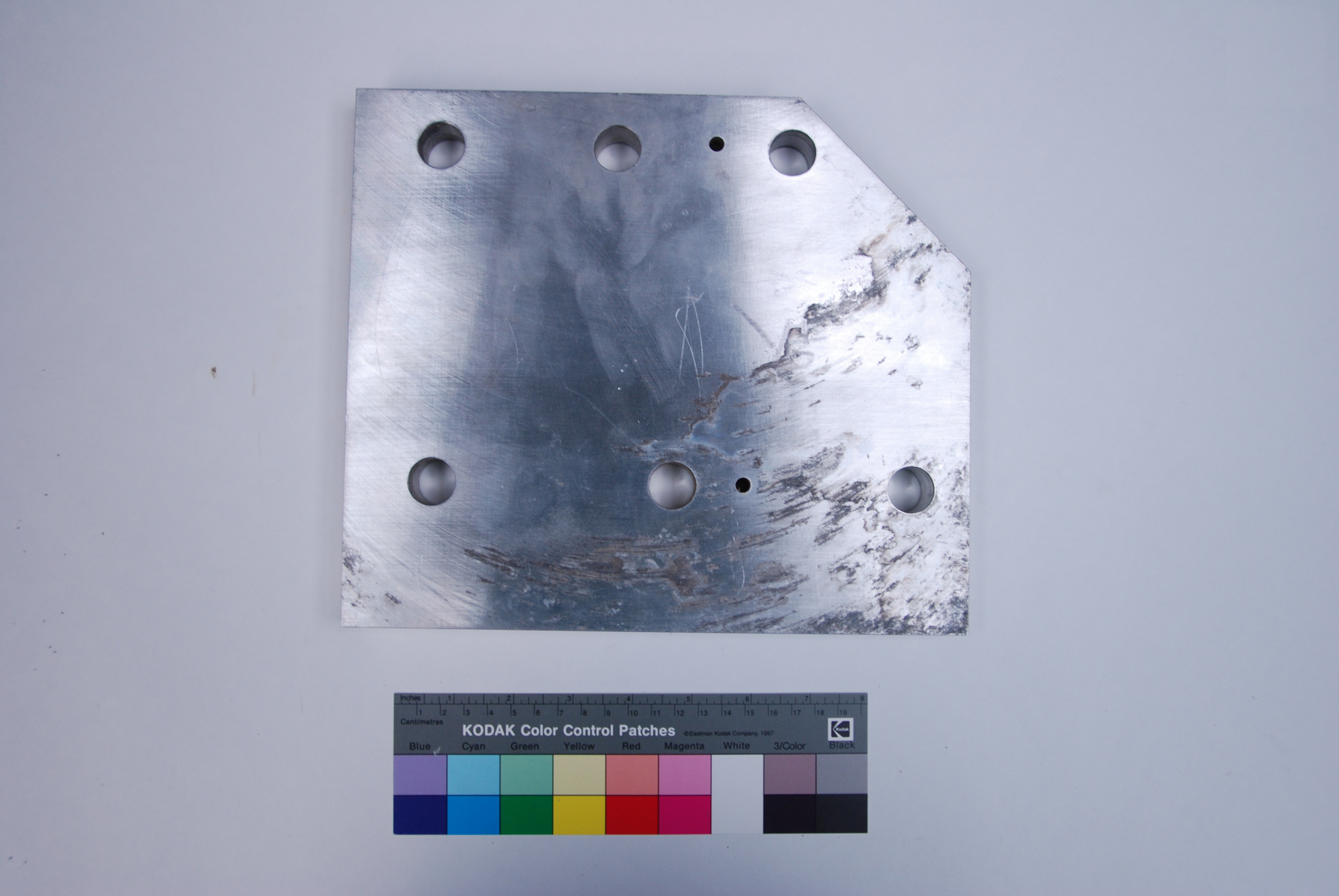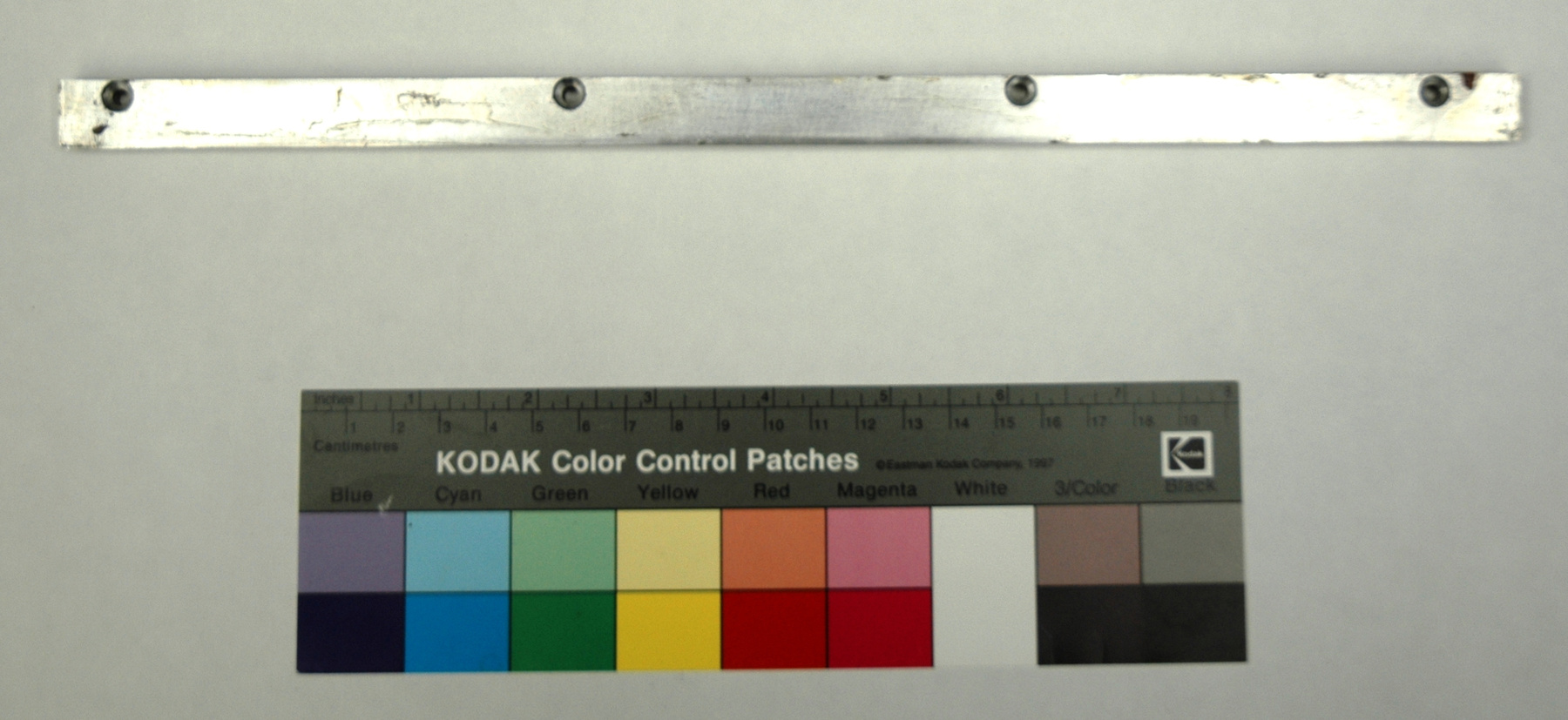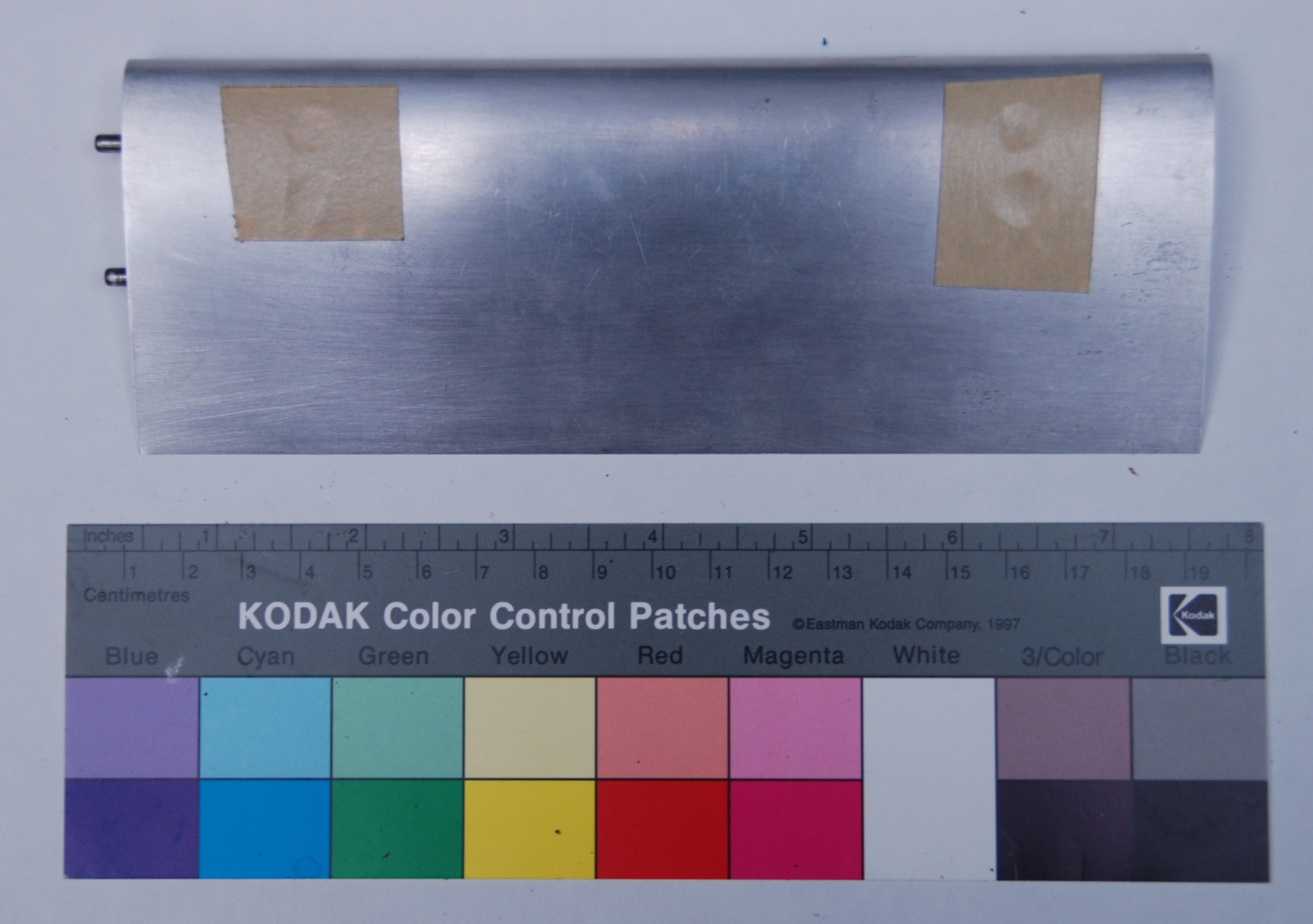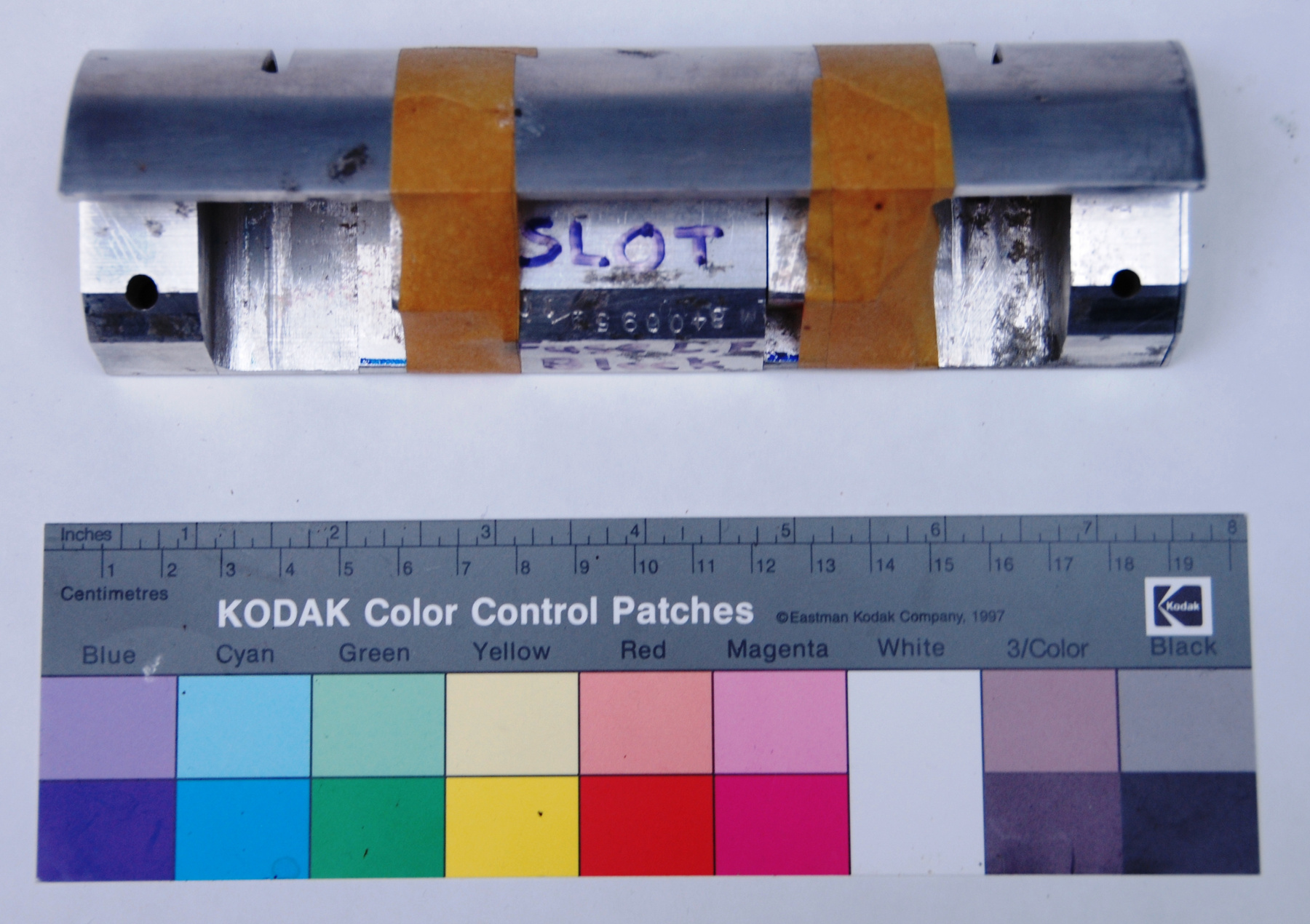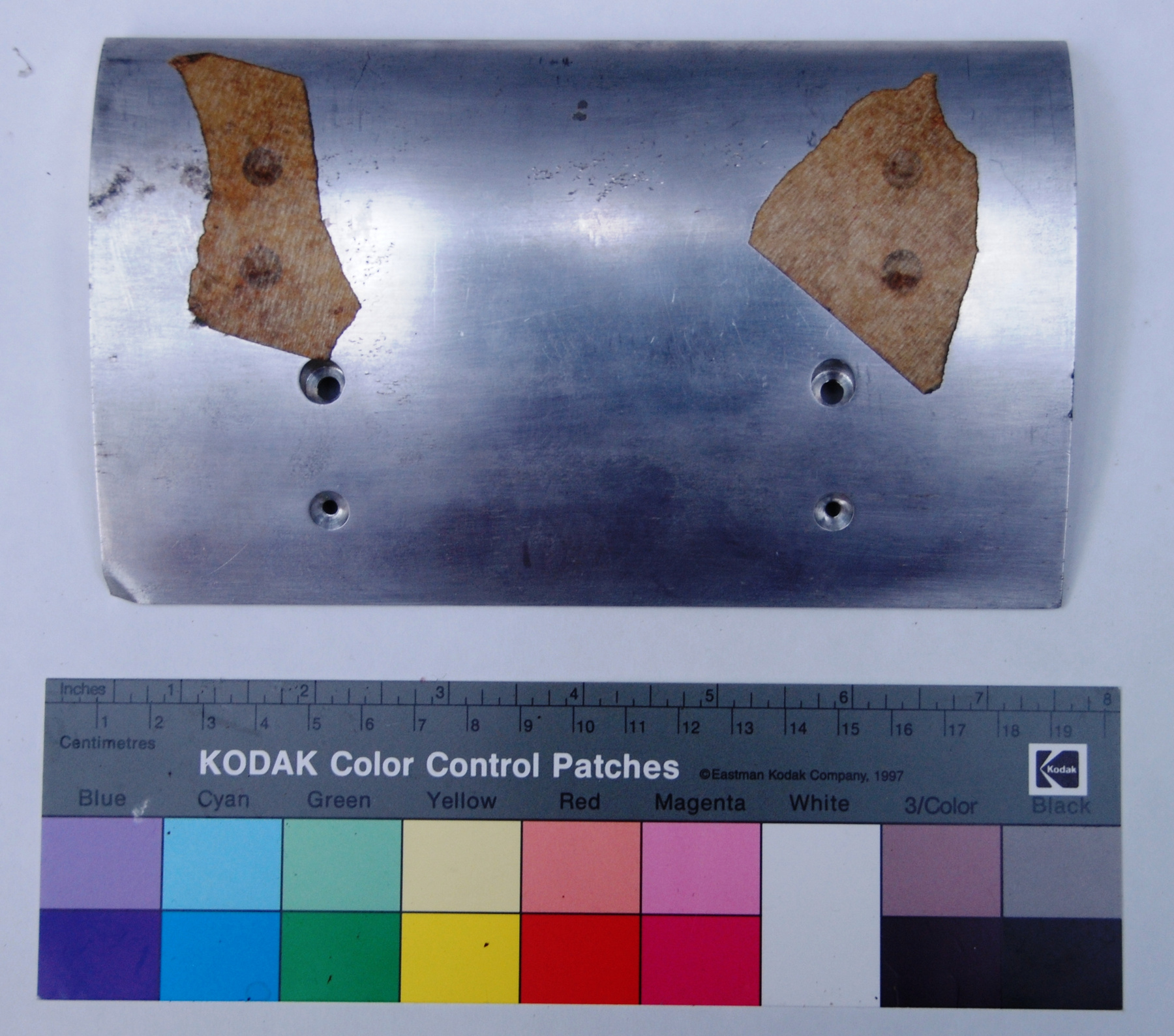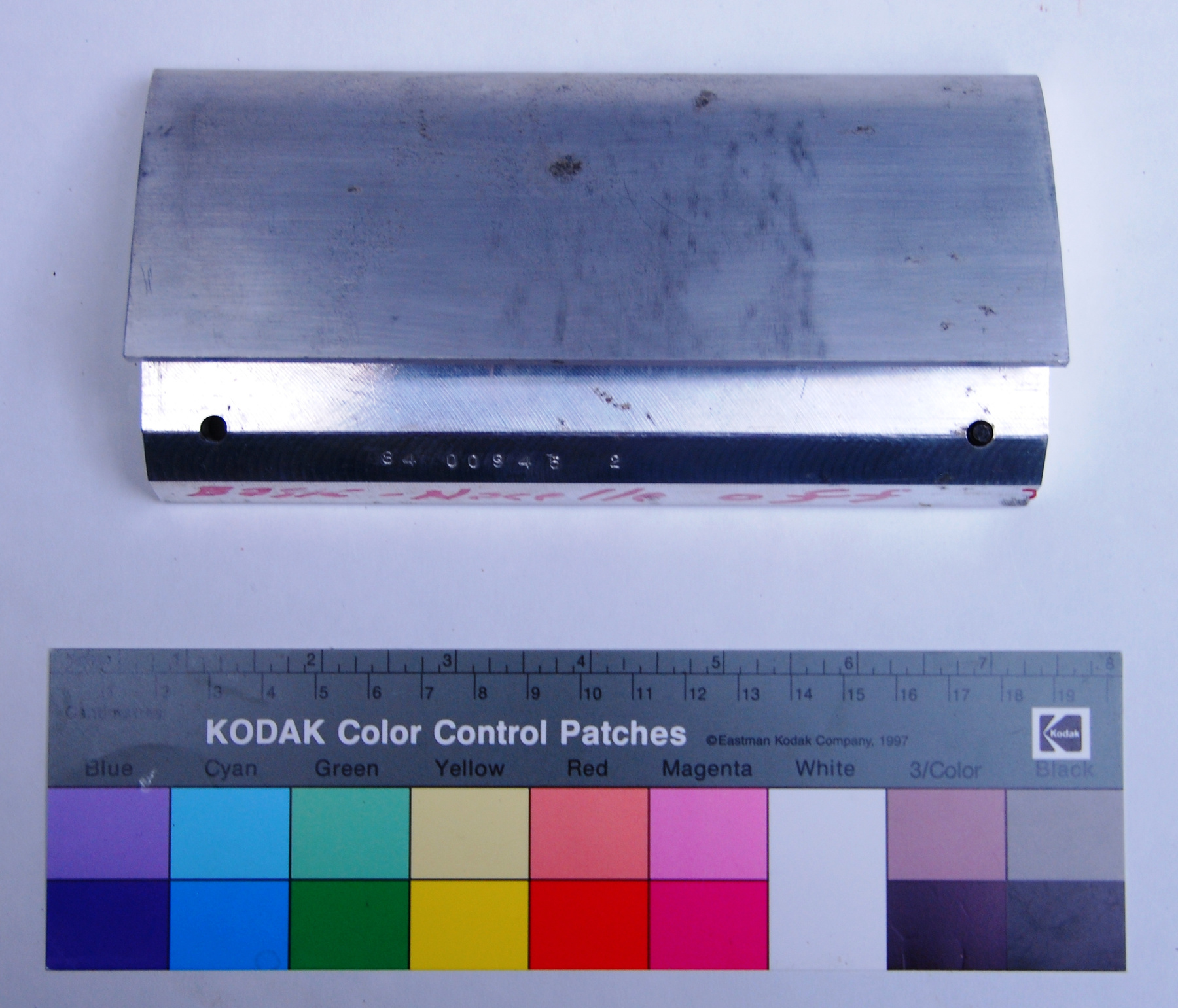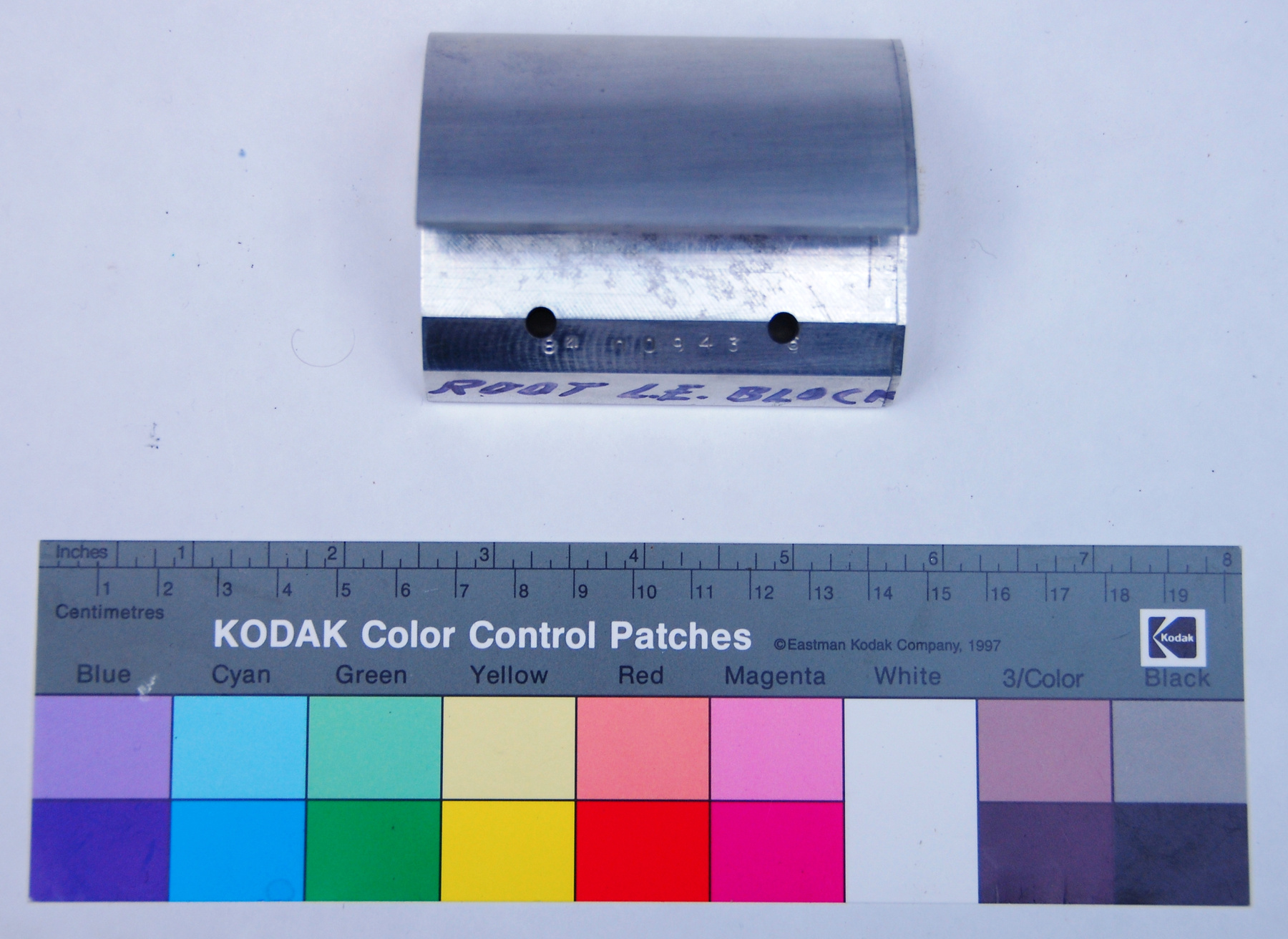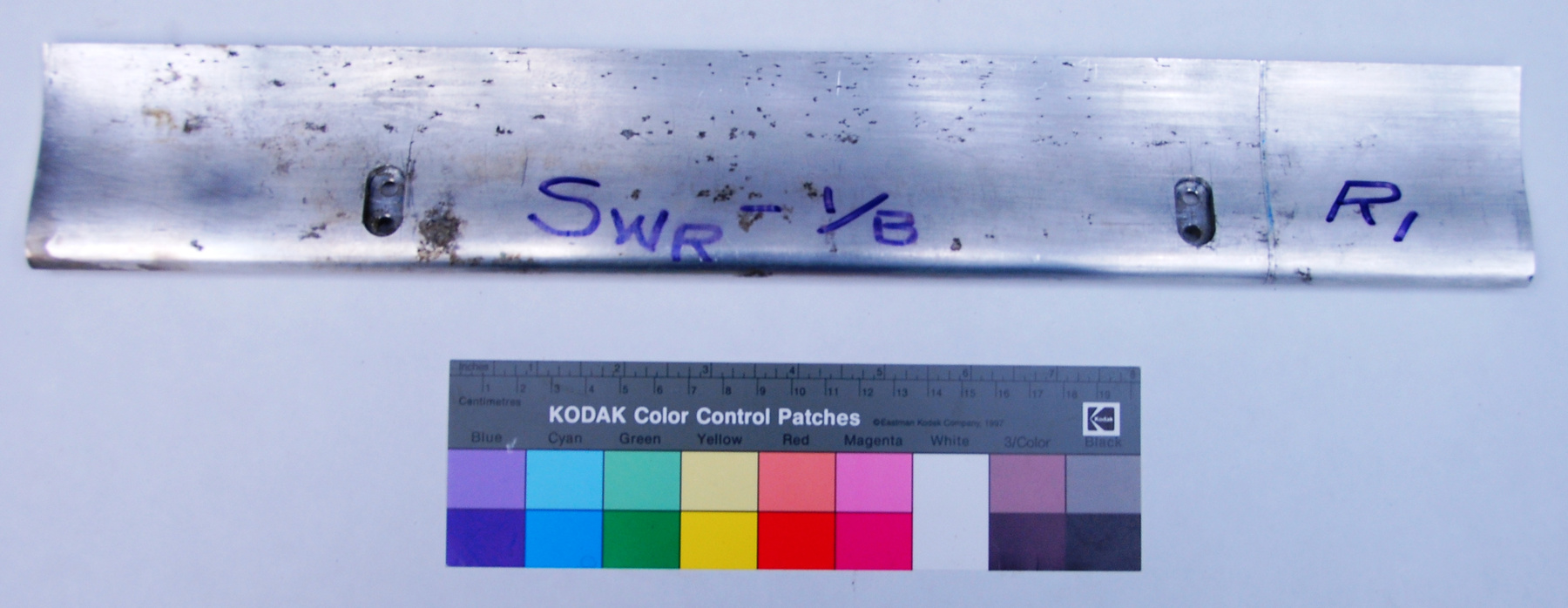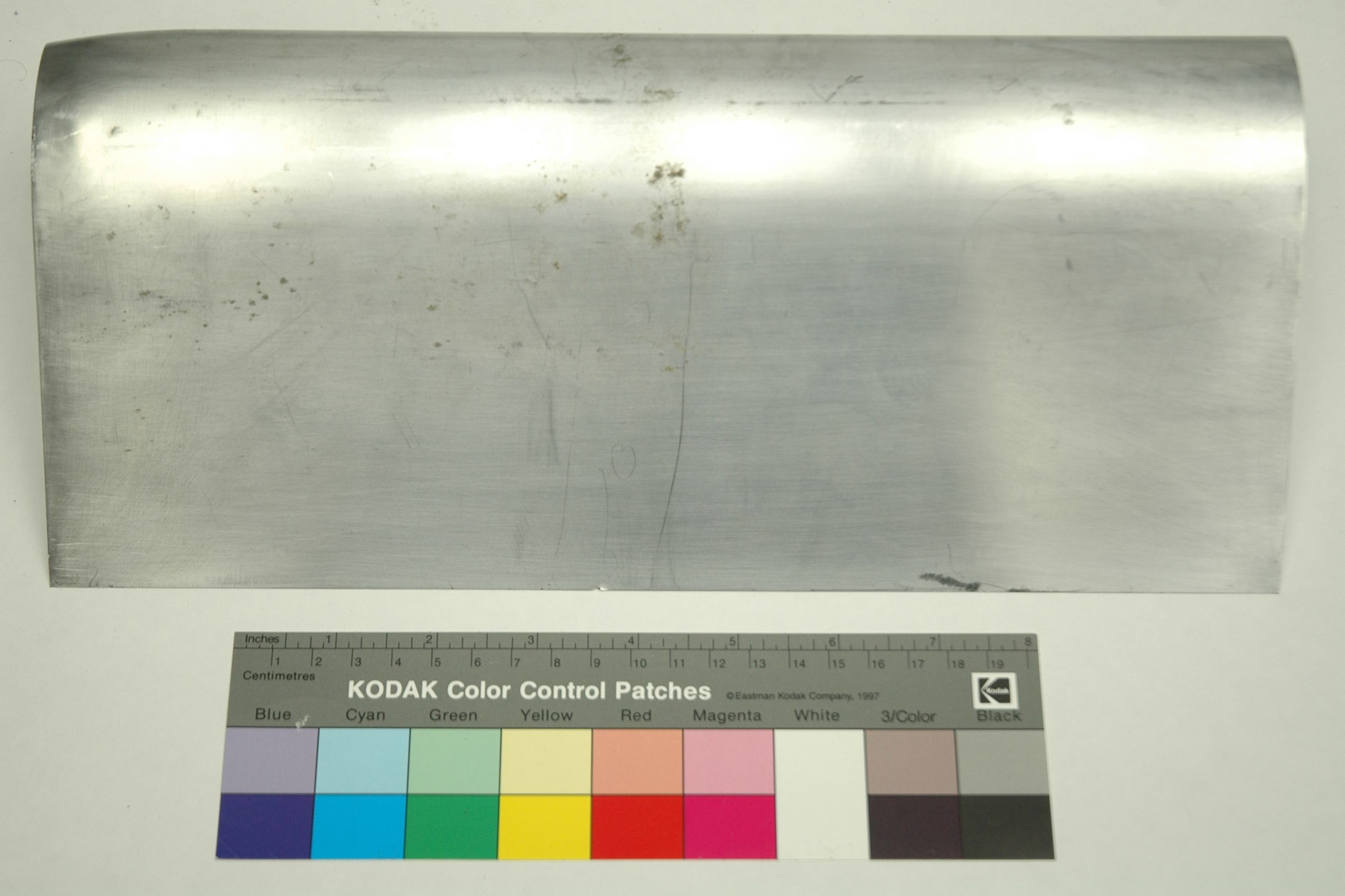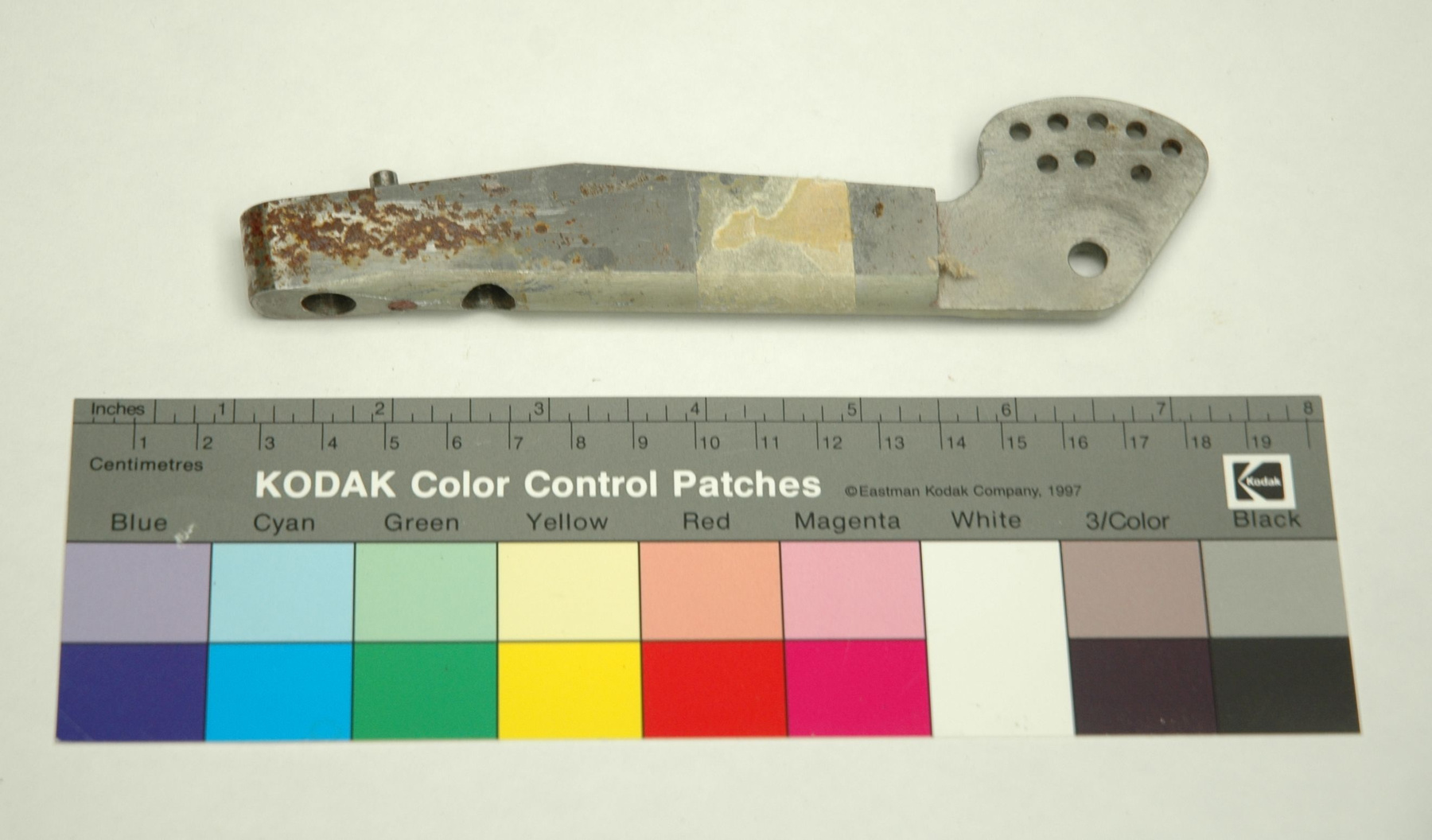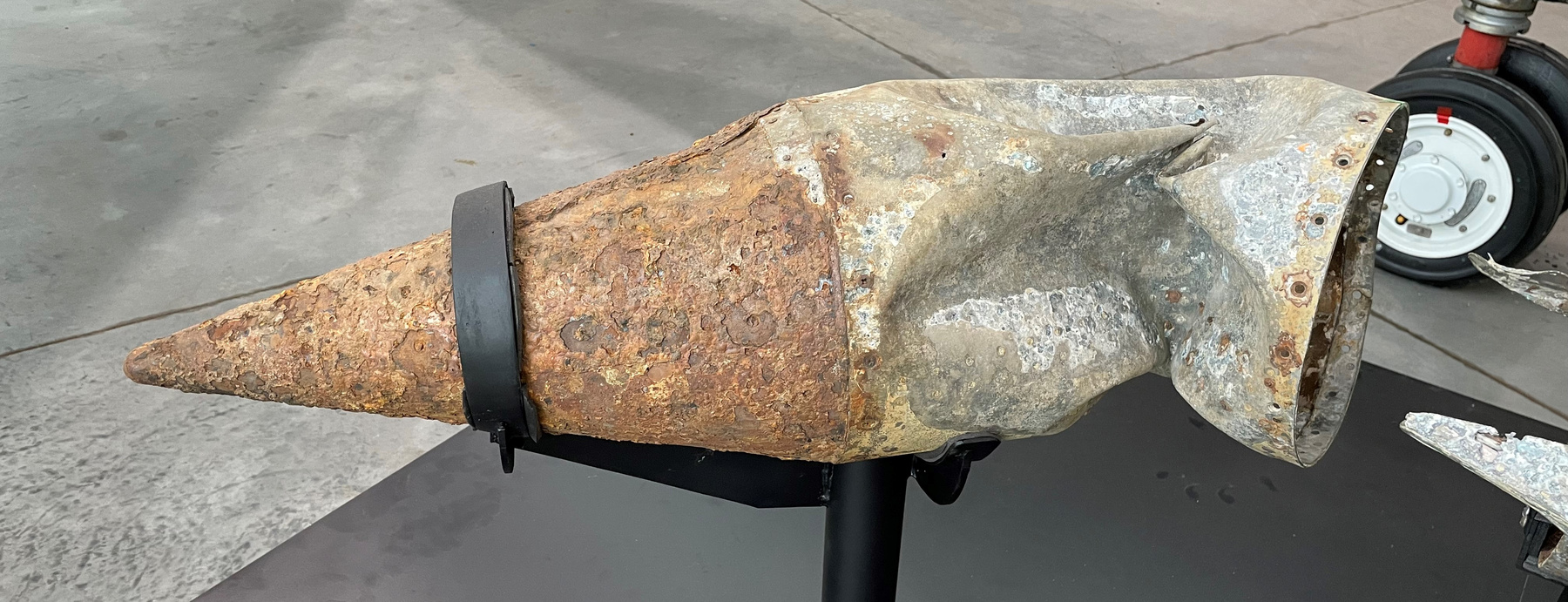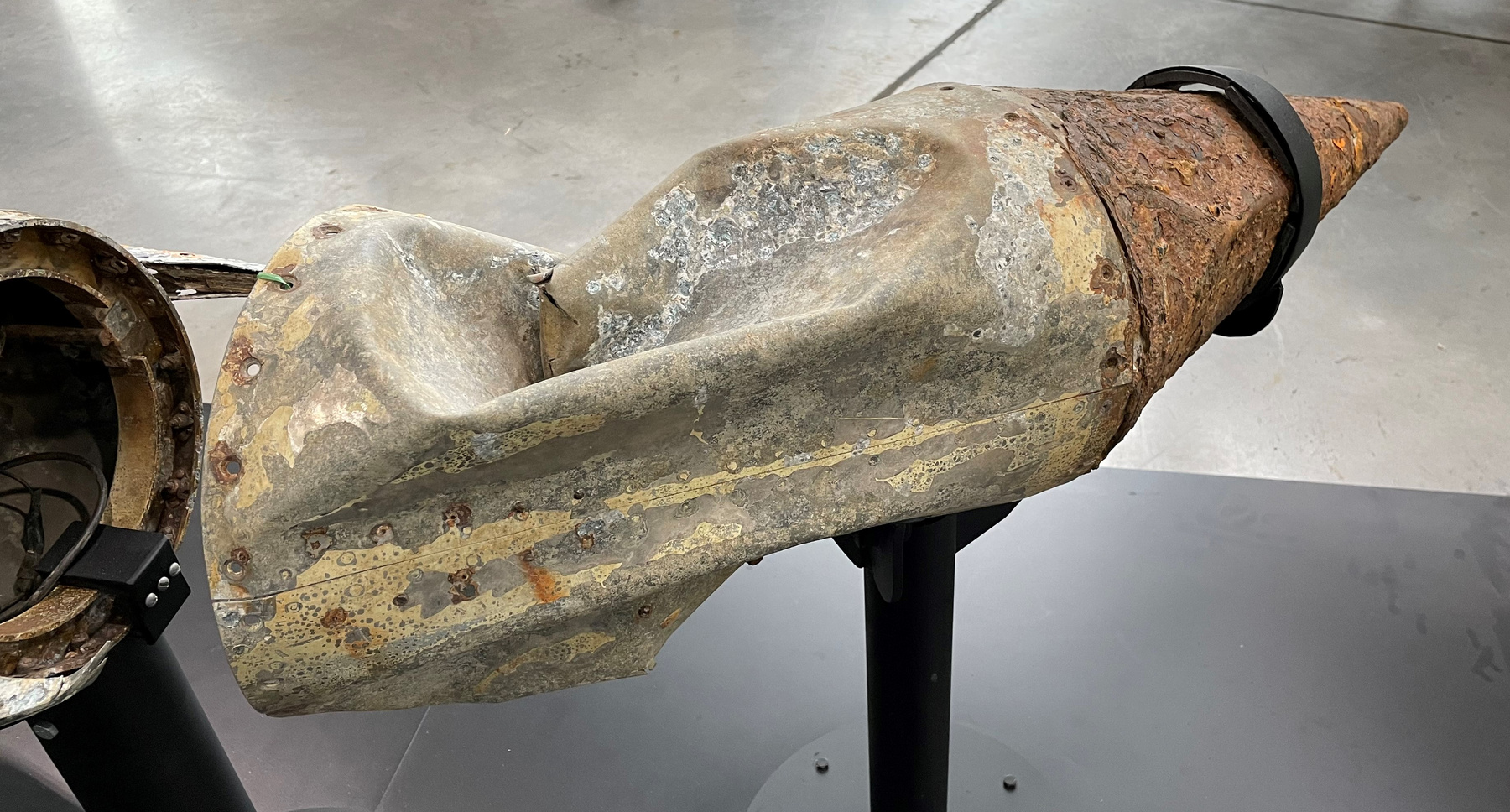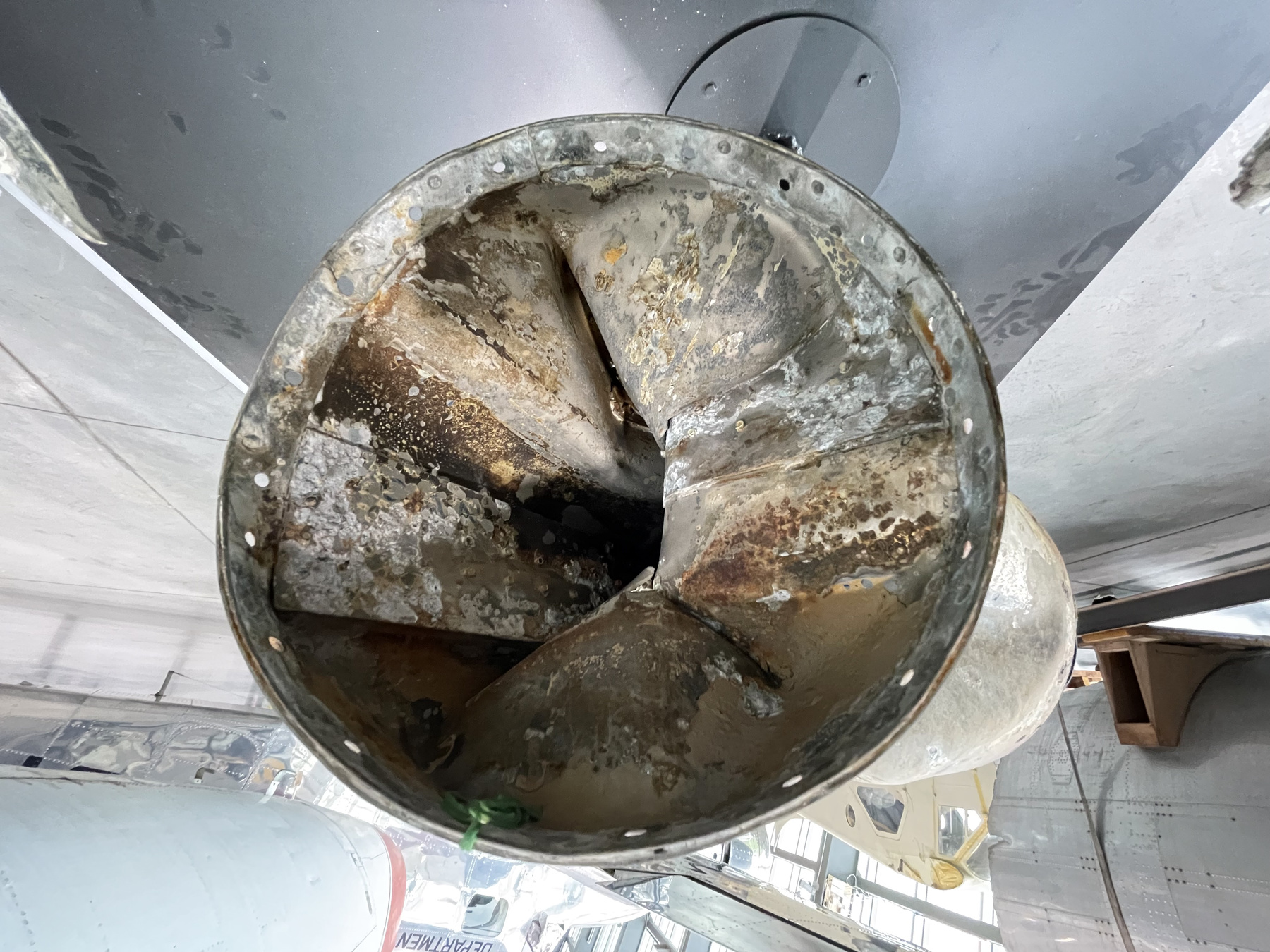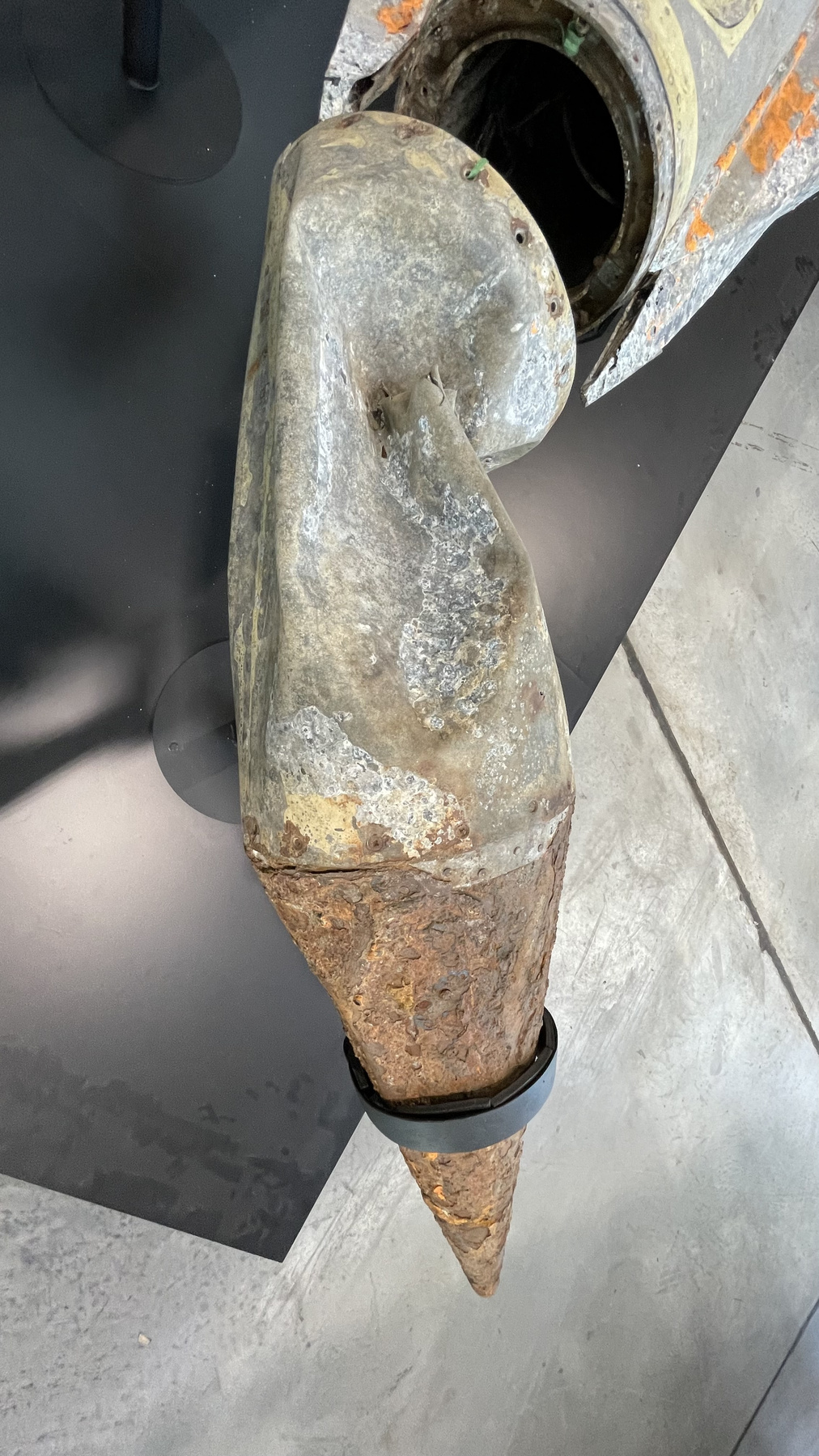Section avant
Utiliser cette image
Puis-je réutiliser cette image sans autorisation? Oui
Les images sur le portail de la collection d’Ingenium ont la licence Creative Commons suivante :
Copyright Ingenium / CC BY-NC-ND (Attribution-NonCommercial 4.0 International (CC BY-NC 4.0)
ATTRIBUER CETTE IMAGE
Ingenium,
2021.0065.002
Permalien:
Ingenium diffuse cette image sous le cadre de licence Creative Commons et encourage son téléchargement et sa réutilisation à des fins non commerciales. Veuillez mentionner Ingenium et citer le numéro de l’artefact.
TÉLÉCHARGER L’IMAGEACHETER CETTE IMAGE
Cette image peut être utilisée gratuitement pour des fins non commerciales.
Pour un usage commercial, veuillez consulter nos frais de reproduction et communiquer avec nous pour acheter l’image.
- TYPE D’OBJET
- S/O
- DATE
- 1954
- NUMÉRO DE L’ARTEFACT
- 2021.0065.002
- FABRICANT
- Canadian Armament Research and Development Establishment
- MODÈLE
- Delta Test Target-3;DTV-3
- EMPLACEMENT
- Canada
Plus d’information
Renseignements généraux
- Nº de série
- S/O
- Nº de partie
- 2
- Nombre total de parties
- 7
- Ou
- S/O
- Brevets
- S/O
- Description générale
- Primarily metal
Dimensions
Remarque : Cette information reflète la taille générale pour l’entreposage et ne représente pas nécessairement les véritables dimensions de l’objet.
- Longueur
- S/O
- Largeur
- S/O
- Hauteur
- S/O
- Épaisseur
- S/O
- Poids
- S/O
- Diamètre
- S/O
- Volume
- S/O
Lexique
- Groupe
- Aviation
- Catégorie
- Aéronefs
- Sous-catégorie
- S/O
Fabricant
- Ou
- CARDE
- Pays
- Canada
- État/province
- Inconnu
- Ville
- Inconnu
Contexte
- Pays
- Canada
- État/province
- Ontario
- Période
- Most likely fired from the Canadian Armament Research and Development Establishment (CARDE) in October 1954.
- Canada
-
Taken from acquisition proposal "Historical research and material culture analysis strongly suggests that this object is DTV-3, the third and final DTV to be fired from the CARDE range at Point Petre. This analysis also indicates that the DTVs were used to prove that the CARDE range could support Avro’s free flight model testing (FFM) program. This object meets several of the factors outlined by the Canadian Cultural Property Export Review Board (CCPERB)’s criteria for determining whether an object is of Outstanding Signifi-cance and National Importance. Close association with Canadian history: Given the DTV-3’s link with the free flight model testing program for the Avro Arrow, this object is closely associated with the infamous aircraft and the company that developed it, A.V. Roe Canada. It is also closely associated with innovation, that related to the Arrow but also in and of itself as it represents a unique approach to testing that had never been done in Canada before. The Arrow might have been a truly remarkable aircraft. It certainly comprised many advanced technologies including an early fly-by-wire system and was intended to be powered by arguably the most advanced jet engine of the time. Supersonic flight was in its infancy and Canada did not have the necessary facilities to conduct the required supersonic wind tunnel tests, not to mention that wind tunnel testing can only reveal so much. A free flight model testing program was required to gather the necessary data on lateral stability at supersonic speeds. The firing range at Point Petre (located in Prince Edward County) was winding down in its testing and tracking the Velvet Glove missile designed for use by the AVRO CF-100 Canuck, and was identified as being a good location for a free flight model testing program. Research strongly suggests that the unusually-shaped DTVs were fired in advance of the free flight models to test the facilities and personnel at Point Petre and determine if such a program could be undertaken. The cancellation of the Arrow and the eventual dissolution of A.V. Roe Canada continue to linger in the public memory and, one could argue, represent a formative aspect of Canadian aviation history. As A.V. Roe was the high-tech aviation firm in the country, its demise represented a significant loss in this area of the aviation industry for many years. Furthermore, Canada has not designed and built another military jet or supersonic aircraft since the Arrow was cancelled. DTV-3 is now a part of that legacy, legend, and mythology." - Fonction
-
General: To serve as a scale flying model of the Avro Arrow. Specific: A crude test model fired over Lake Ontario as a precursor, and likely proving ground, to the free-flight model testing program of the design and development of the Avro Arrow. - Technique
-
Taken from acquisition proposal "The design and development process of the Arrow followed an unusual path for Avro. In order to move from the design phase to production in a very short period of time, Avro employed what is called the Cook-Craigie method, named for its American inventors. Instead of building full-scale, hand-built prototypes for extensive testing, companies would use other methods of testing to collect as much relevant data as possible to inform the design of an aircraft - effectively skipping the prototype phase altogether and moving directly to a production type. This was further complicated by the fact that supersonic flight was in its infancy and Canada did not have the necessary facilities to conduct the required supersonic wind tunnel tests. Furthermore, wind tunnel testing could only reveal so much. As such, a free flight model testing program was required to gather the necessary data on lateral stability at supersonic speeds. The firing range at Point Petre (located in Prince Edward County) was winding down in its testing and tracking the Velvet Glove missile designed for use by the AVRO CF-100 Canuck, and was identified as being a good location for a free flight model testing program. Research strongly suggests that the unusually-shaped DTVs were fired in advance of the free flight models to test the facilities and personnel at Point Petre and determine if such a program could be undertaken." - Notes sur la région
-
Inconnu
Détails
- Marques
- None apparent.
- Manque
- S/O
- Fini
- Metal nose assembly. Surface is pitted and rusty.
- Décoration
- S/O
FAIRE RÉFÉRENCE À CET OBJET
Si vous souhaitez publier de l’information sur cet objet de collection, veuillez indiquer ce qui suit :
Canadian Armament Research and Development Establishment, Section avant, vers 1954, Numéro de l'artefact 2021.0065, Ingenium - Musées des sciences et de l'innovation du Canada, http://collections.ingeniumcanada.org/fr/id/2021.0065.002/
RÉTROACTION
Envoyer une question ou un commentaire sur cet artefact.
Plus comme ceci

